Forums
- Forums
- Axis And Allies Forum
- General Discussion
- Aviation News
Aviation News
Post a reply
- Go to Previous topic
- Go to Next topic
- Go to Welcome
- Go to Introduce Yourself
- Go to General Discussion
- Go to Screenshots, Images and Videos
- Go to Off topic
- Go to Works in Progress
- Go to Skinning Tips / Tutorials
- Go to Skin Requests
- Go to IJAAF Library
- Go to Luftwaffe Library
- Go to RAF Library
- Go to USAAF / USN Library
- Go to Misc Library
- Go to The Ops Room
- Go to Made in Germany
- Go to Campaigns and Missions
- Go to Works in Progress
- Go to Juri's Air-Raid Shelter
- Go to Campaigns and Missions
- Go to Works in Progress
- Go to Skinpacks
- Go to External Projects Discussion
- Go to Books & Resources
-
 Main AdminAn F-16 Fighting Falcon aircraft from the 140th Wing, Colorado Air National Guard, prepares for take off on Papa Air Base, Papa, Hungary in support of Operation Panther Strike. In conjunction with Operation Atlantic Resolve, the 140th Wing, Colorado Air National Guard from Buckley Air Force Base, Colorado, has deployed approximately 200 Airmen to Papa Air Base, Hungary, to conduct familiarization training alongside our NATO ally, Hungary. They will also participate in cross-border training with other deployed U.S. forces' aircraft and NATO aircraft in the region. This deployment continues to demonstrate our commitment to our allies and European security and stability. (U.S. Air National Guard photo by Senior Master Sgt. John Rohrer)
Main AdminAn F-16 Fighting Falcon aircraft from the 140th Wing, Colorado Air National Guard, prepares for take off on Papa Air Base, Papa, Hungary in support of Operation Panther Strike. In conjunction with Operation Atlantic Resolve, the 140th Wing, Colorado Air National Guard from Buckley Air Force Base, Colorado, has deployed approximately 200 Airmen to Papa Air Base, Hungary, to conduct familiarization training alongside our NATO ally, Hungary. They will also participate in cross-border training with other deployed U.S. forces' aircraft and NATO aircraft in the region. This deployment continues to demonstrate our commitment to our allies and European security and stability. (U.S. Air National Guard photo by Senior Master Sgt. John Rohrer)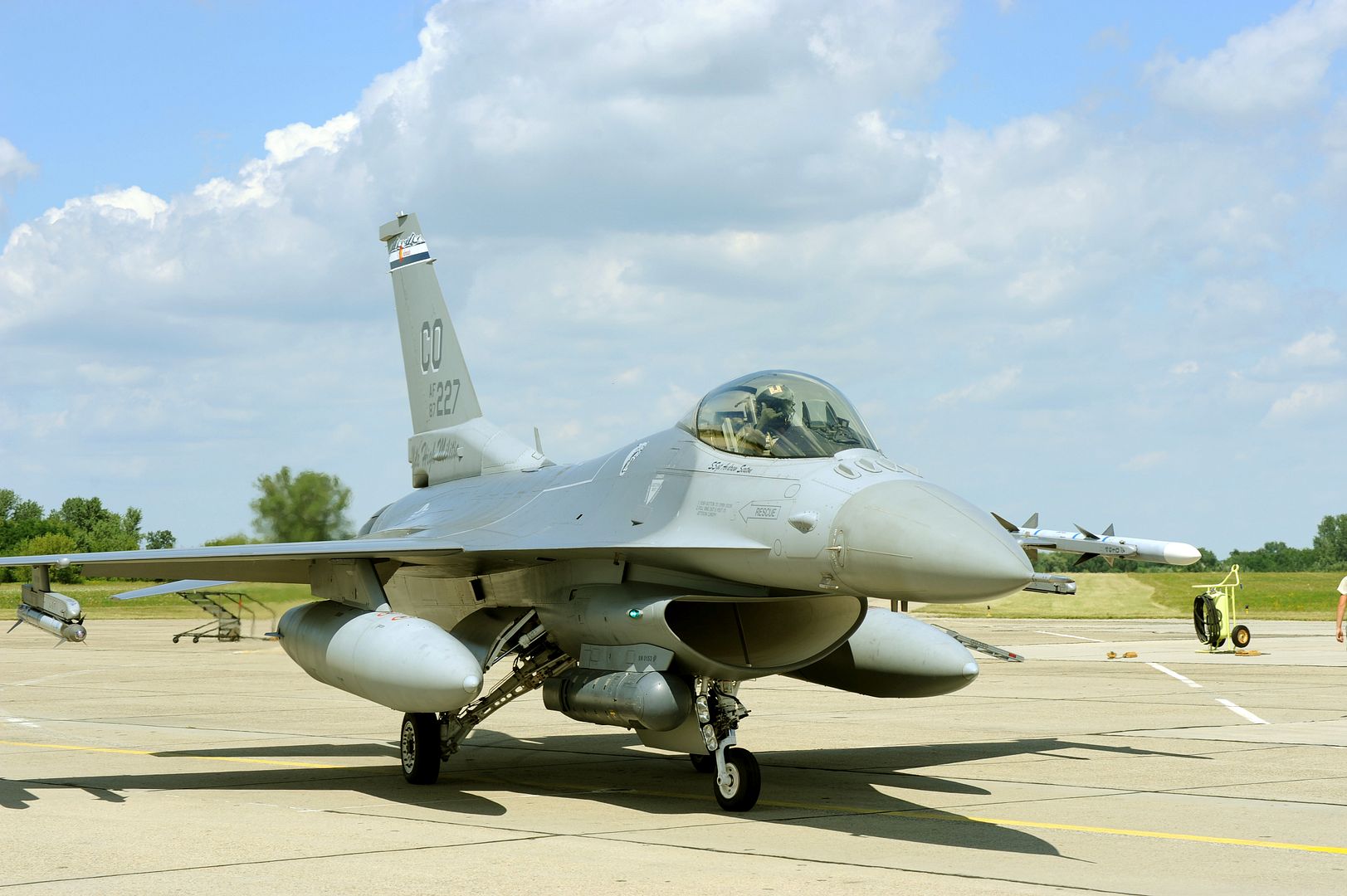
A F-35 with two AIM-9X missiles, four GBU-12 bombs, a GBU-31 bomb, four Small Diameter Bombs, and two AIM-120 missiles July 20, 2016, at Eglin Air Force Base, Fla. This was the first time an F-35A at Eglin AFB was loaded with weapons both internally and on its external pylons. (U.S. Air Force photo's by Senior Airman Stormy Archer)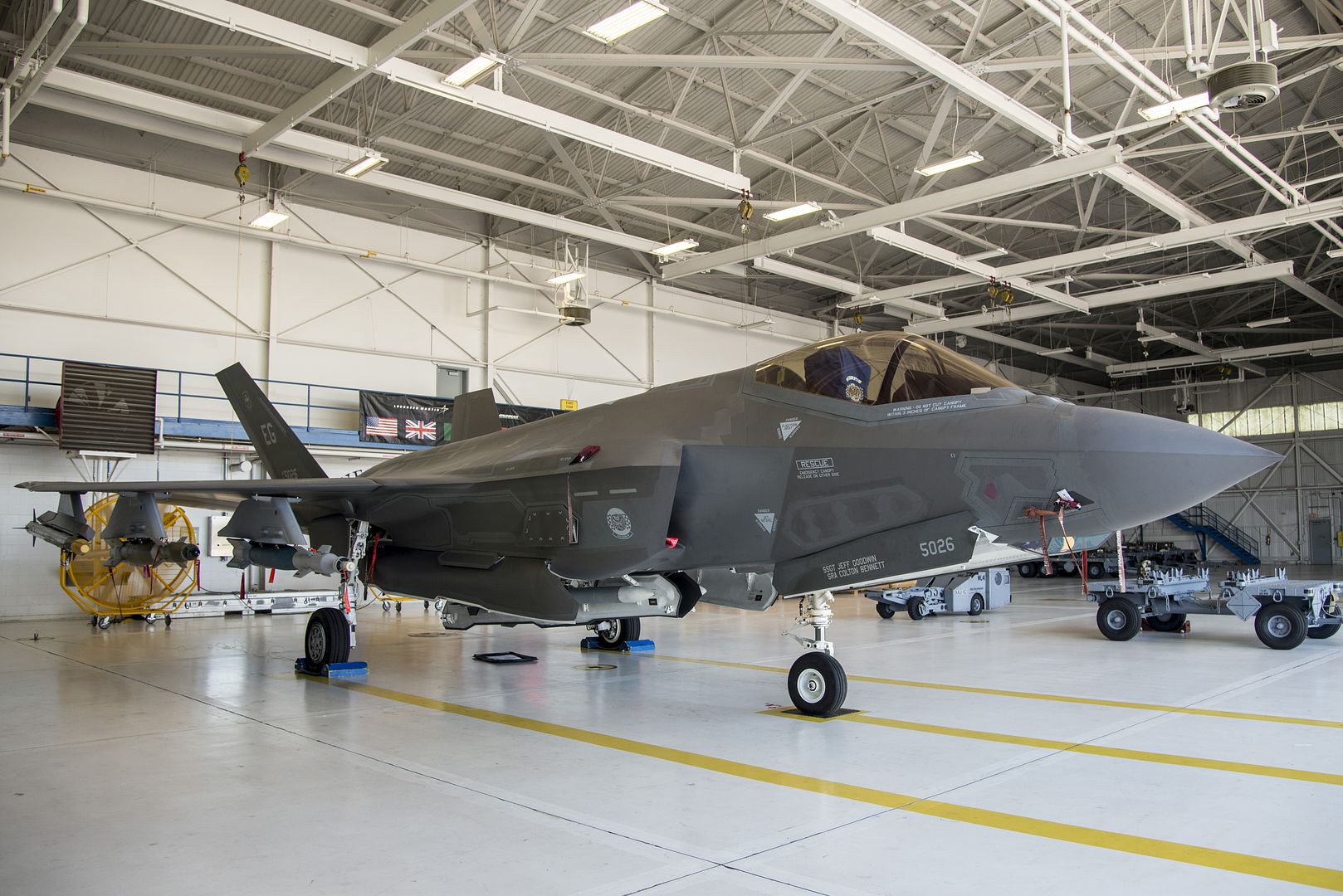

STANS, Switzerland, July 21, 2016 ? Lockheed Martin (NYSE: LMT) and Pilatus Aircraft Ltd have successfully completed the initial production test flight of the first PC-21 aircraft destined for the Australian Defence Force under the AIR 5428 Pilot Training System program.
Under a contract signed in December 2015, the initial seven-year program is valued at AU$1.2 billion. Performance-based options for up to 25 years will provide the opportunity to extend the length and increase the value of the total contract. Lockheed Martin leads the delivery of an integrated solution tailored for all future pilots for the Royal Australian Air Force, Royal Australian Navy and the Australian Army.
?This is a true testament to our teammate Pilatus and a proven aircraft that will form the backbone of future pilot training for the Australian Defence Force for the next 25 years. We offer our congratulations on this first significant step,? said Raydon Gates, Chief Executive, Lockheed Martin Australia and New Zealand.
This first PC-21, registered as A54-001, will be handed over to the Royal Australian Air Force at East Sale in June 2017 after completion of testing and verification work in both Switzerland and Australia.
?This initial flight of the first Australian PC-21, only seven months after contract signature, is a remarkable achievement and illustrates both the commitment of Pilatus and the hard work of all those involved in the project,? said Oscar J. Schwenk, Chairman of Pilatus.
Under the prime contract, Lockheed Martin will provide overall project management for the pilot training system and deliver a family of integrated ground-based training technologies. Pilatus Aircraft will provide PC-21 turboprop training aircraft and through-life engineering and airworthiness support. Hawker Pacific will provide maintenance services and fleet support and leverage its established supply chain in Australia.
The PC-21s for Australia will form the backbone of future pilot training for the Australian Defence Force for the next 25 years.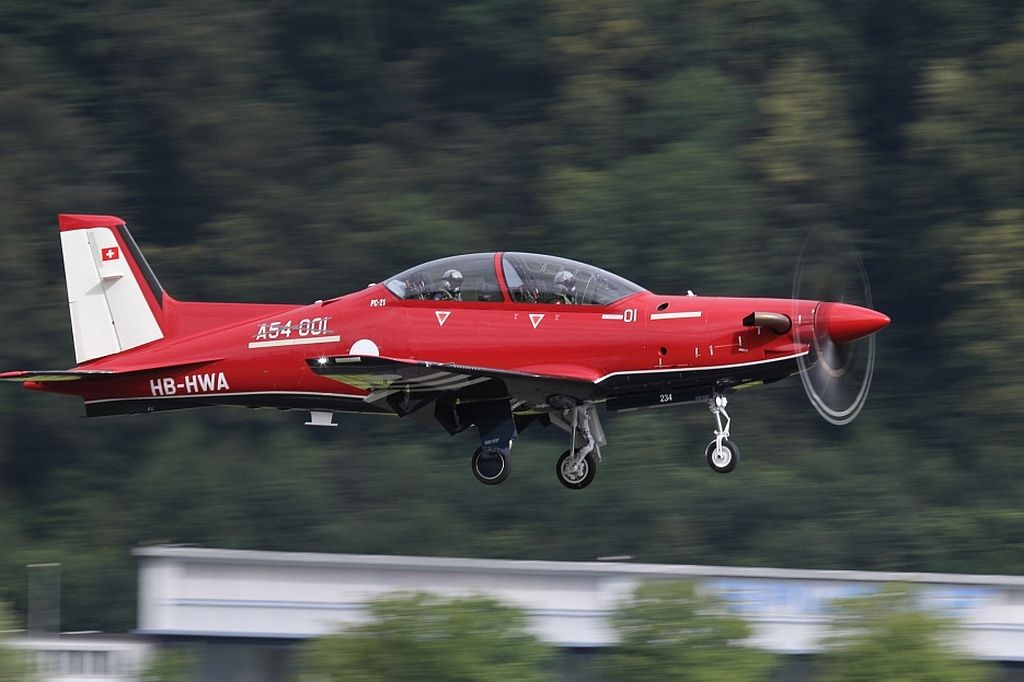
21 July 2016 Press Release
Pegasus Airlines, Turkey?s leading low-cost airline, took delivery on Tuesday July 19th, its first Airbus A320neo powered by CFM International?s LEAP-1A engines, becoming the first airline to do so for the type. Pegasus placed the largest single order by a Turkish carrier for up to 100 A320neo Family aircraft in 2012, making it a new Airbus customer. Pegasus Airlines along with Airbus and CFM top management and employees celebrated the delivery in a private ceremony at Airbus? site in Hamburg.
?This delivery marks the start of Pegasus? fleet renewal with the most fuel efficient aircraft incorporating the latest technologies, aerodynamics, engines and a comfortable cabin,? said Mehmet Nane, CEO of Pegasus Airlines. ?We have an ambitious expansion strategy and the A320neo will be the backbone of this.?
?We are delighted to be delivering our first CFM powered A320neo to Pegasus Airlines.? said Fabrice Br?gier, Airbus President and CEO. ?It fills us with pride that Pegasus Airlines has selected the A320neo Family to achieve its impressive growth plans. We are sure the aircraft will deliver on their expectations.?
"Today, Pegasus, Airbus and CFM are making history. Introducing a new engine family in commercial service happens almost once in a lifetime. It's a big deal, so we are very proud to do it with our long-term customer, Pegasus, and with Airbus,? said CFM International CEO Jean-Paul Ebanga.
The A320neo Family is the world?s best-selling and most fuel efficient single aisle aircraft Family. The A320neo powering with the CFM International?s LEAP-1A provides operators with double digits improvements in fuel consumption and CO2 emissions - with a 15 percent reduction upon entry into service and up to a 20% reduction by 2020.
The A320neo Family incorporates the very latest technologies including new generation engines and Sharklet wing tip devices. With over 4,500 orders received from 83 customers since its launch in 2010, the A320neo Family has captured some 60 percent share of the market. The Airbus? A320neo Family offers thanks to their widest cabin unmatched comfort in all classes and Airbus? 18-inch wide seats in economy as standard.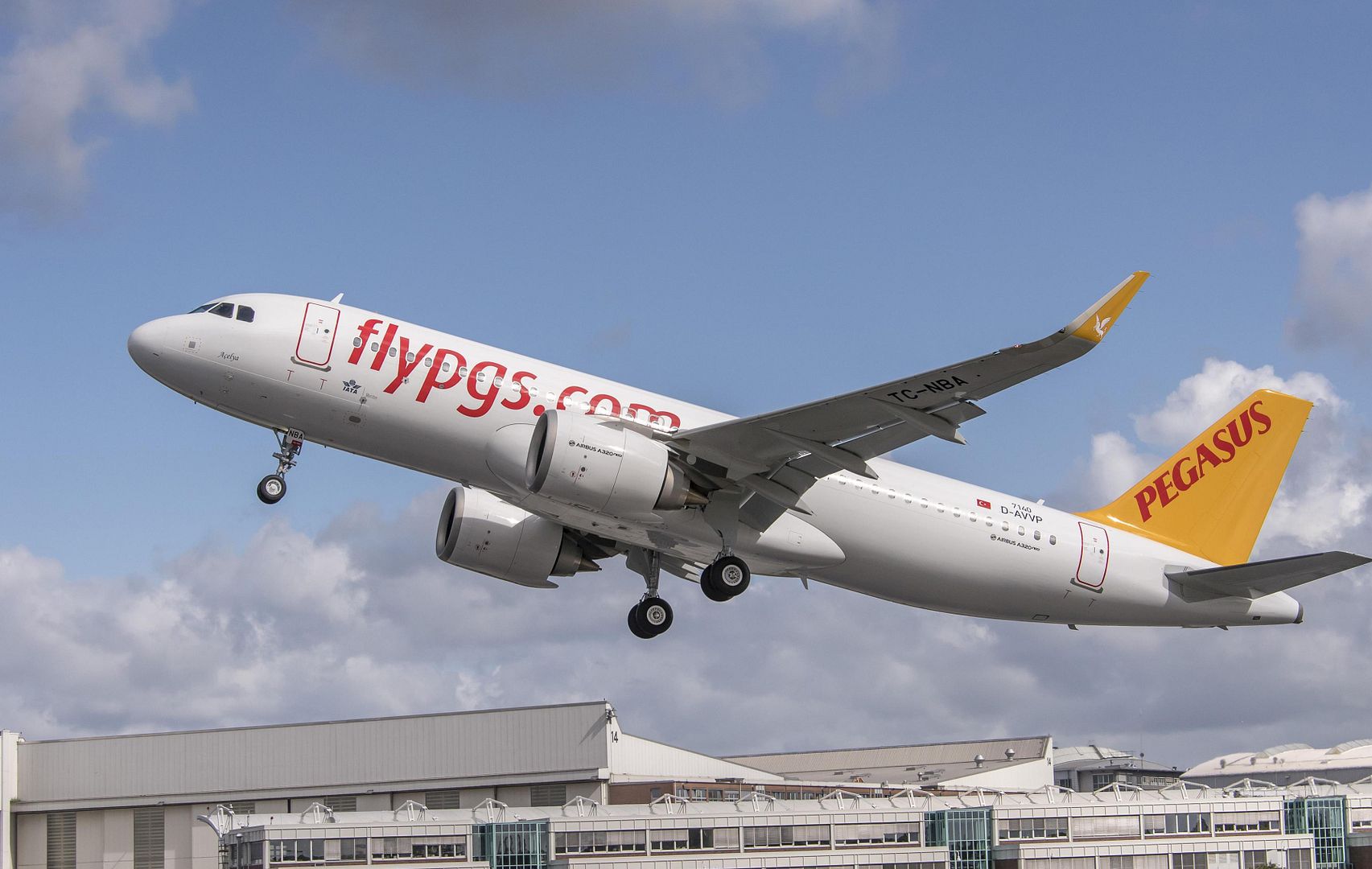
-
 Main AdminA yellow MH-60 Jayhawk helicopter arrives at Coast Guard Sector San Diego in celebration of 100 years of Coast Guard aviation on July 21, 2016. The paint scheme is a throwback to the colors of the helicopters used in the late 1940s and early 1950s. (U.S. Coast Guard photo's by Petty Officer 3rd Class Joel Guzman/released)
Main AdminA yellow MH-60 Jayhawk helicopter arrives at Coast Guard Sector San Diego in celebration of 100 years of Coast Guard aviation on July 21, 2016. The paint scheme is a throwback to the colors of the helicopters used in the late 1940s and early 1950s. (U.S. Coast Guard photo's by Petty Officer 3rd Class Joel Guzman/released)
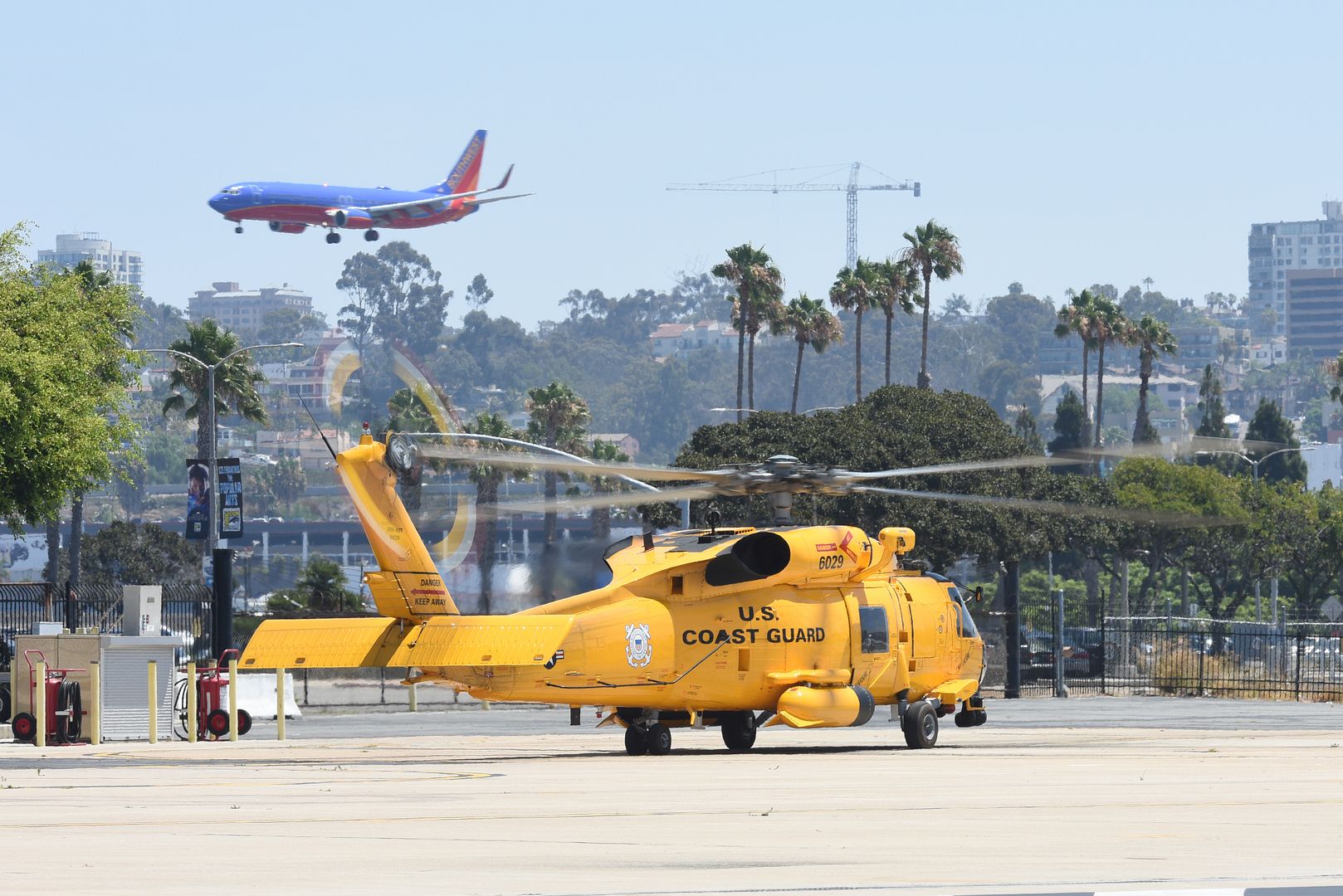
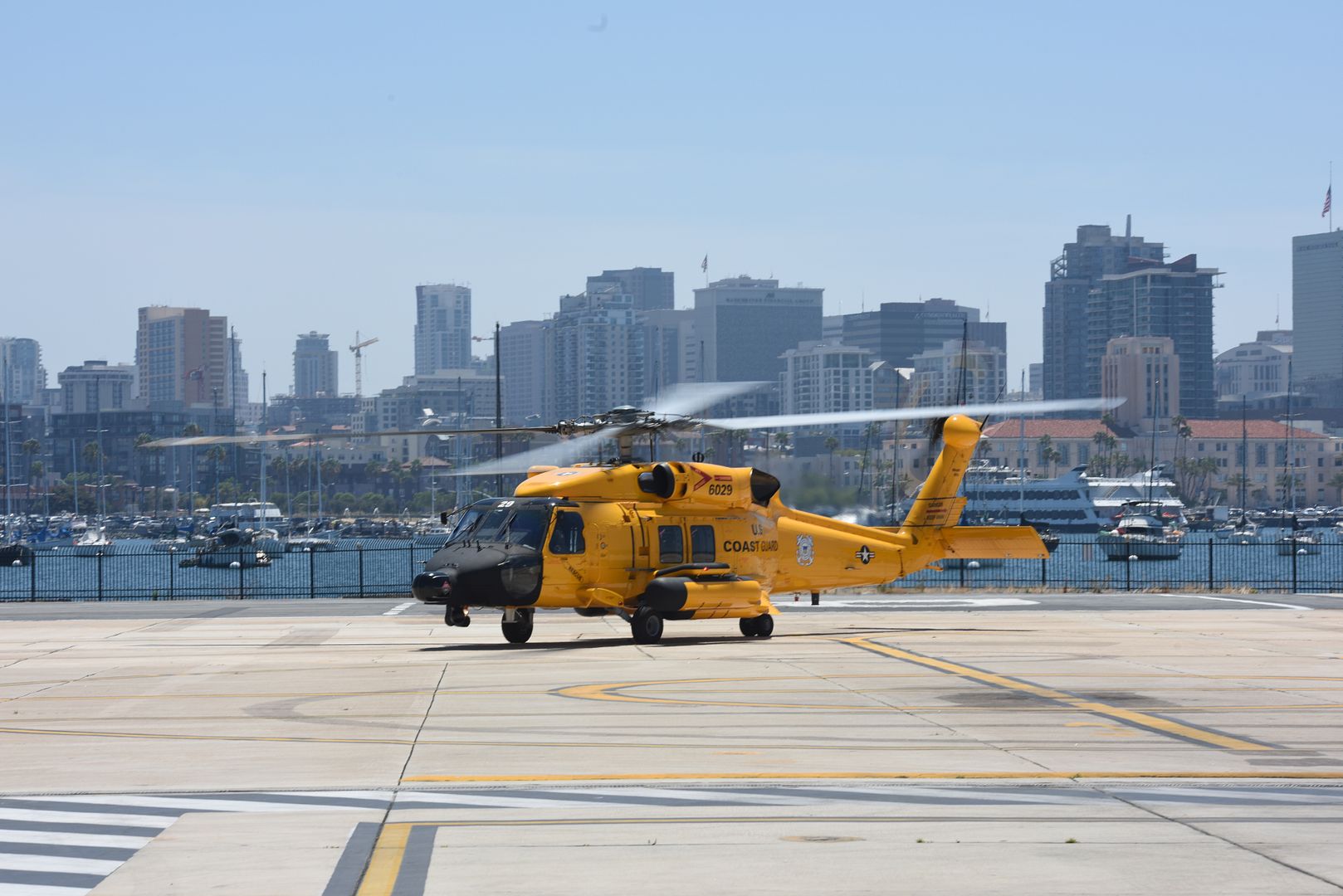
94th Fighter Squadron F-22A Raptor pilots drop joint direct attack munitions
during the 95th anniversary of William "Billy" Mitchell bombing the
Ostfriesland at Langley Air Force Base, Va., July 21, 2016. Mitchell and the
1st Provisional Air Brigade demonstrated to the world the superiority of air
power by sinking the famous unsinkable, Ostfriesland, a captured German
battleship. (U.S. Air Force photo by Staff Sgt. J.D. Strong II)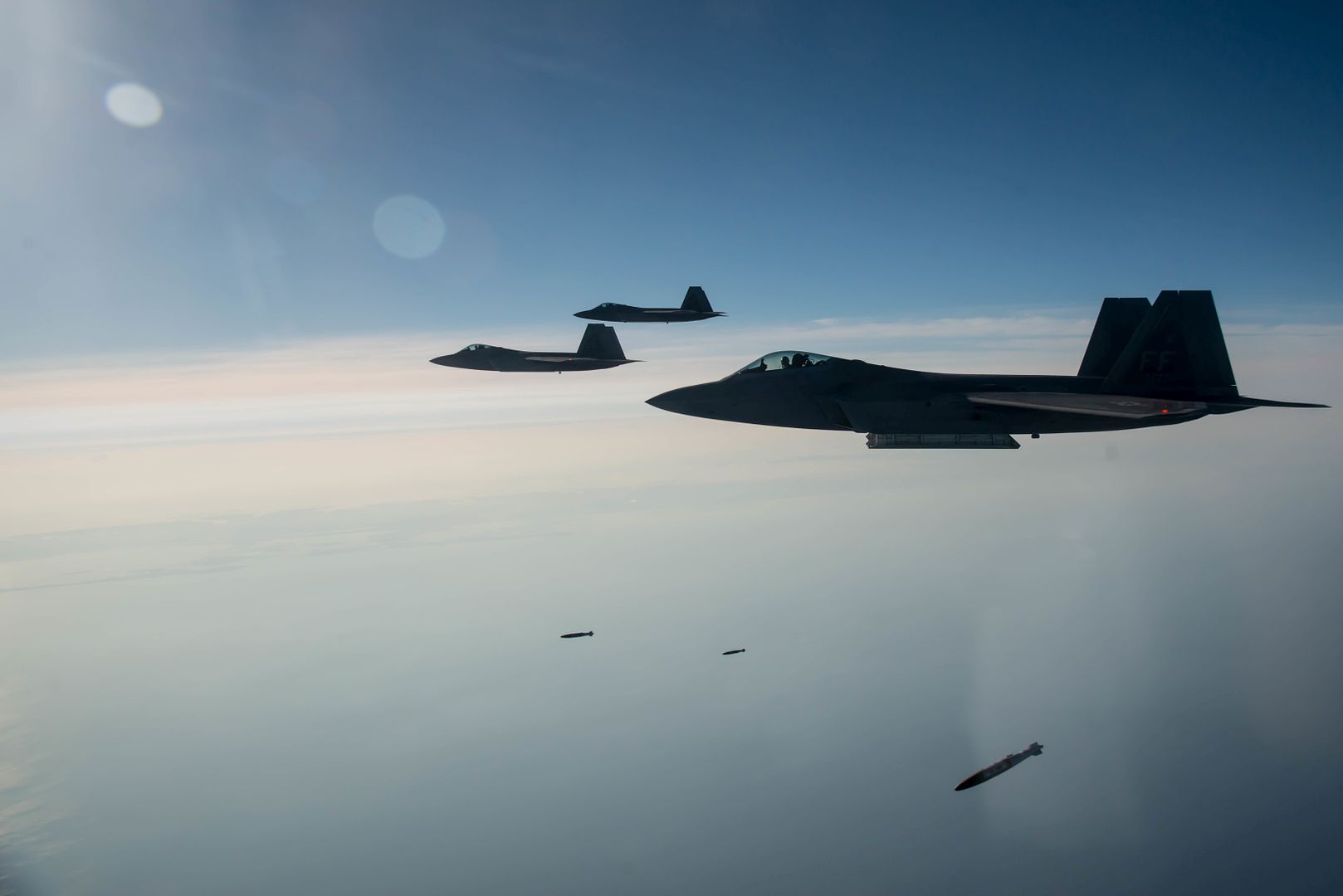
An A-10 Thunderbolt II assigned to the 25th Fighter Squadron lifts off from Osan Air Base, Republic of Korea, July 19, 2016. The A-10 was en-route to a combat search and rescue scenario during Exercise Pacific Thunder 16-2, a combined exercise to enhance interoperability between U.S. and ROK forces. (U.S. Air Force photo by Staff Sgt. Jonathan Steffen/Released)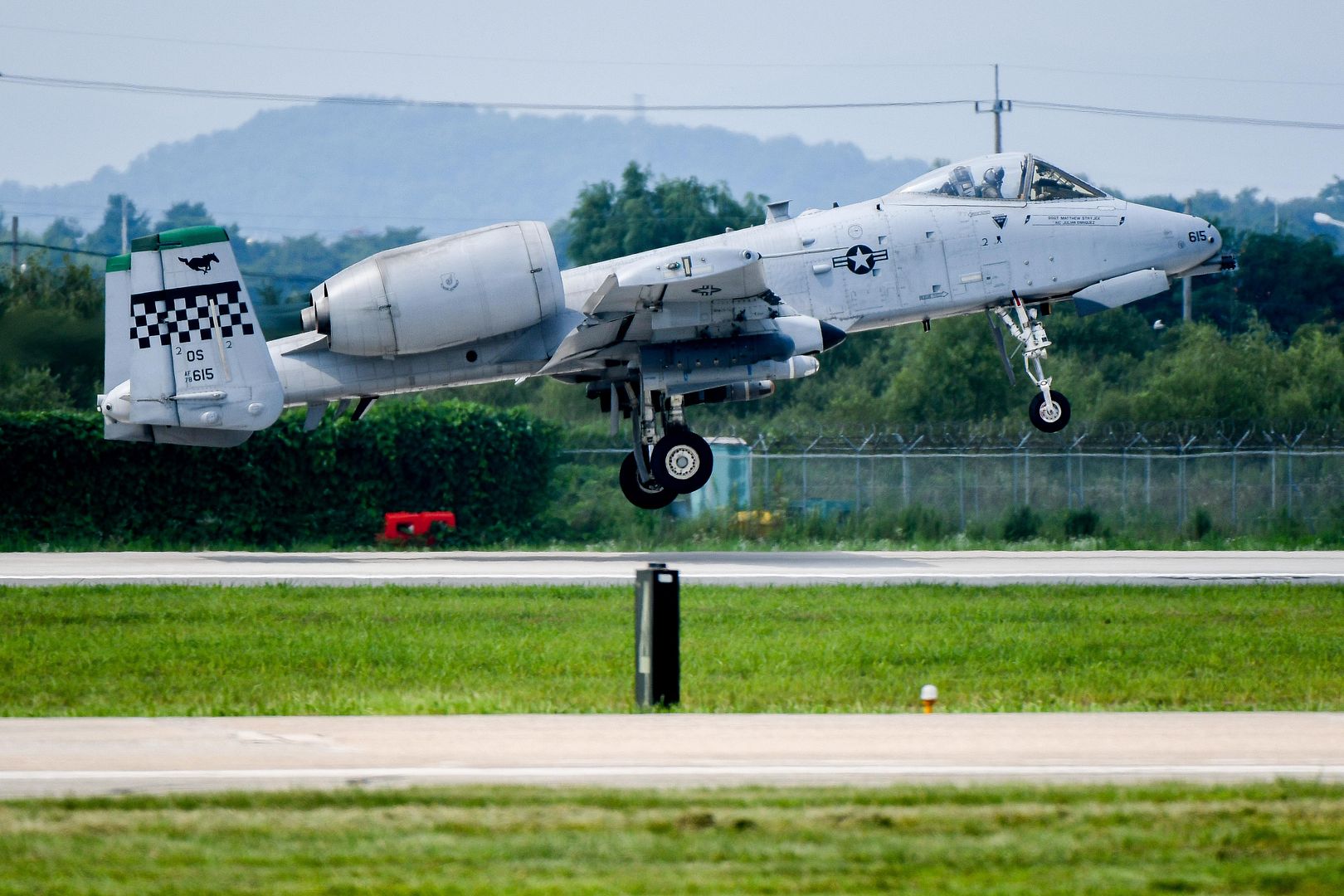
An HH-60 Pave Hawk assigned to the 33rd Rescue Squadron, Kadena Air Base, Japan, descends for a landing while a second HH-60 provides aerial coverage from above during a combat search and rescue training mission during Exercise Pacific Thunder 16-2 in the Republic of Korea, July 19, 2016. The two-week long exercise brought together units from around Pacific Air Forces to train aircrews and commanders to validate tactics, techniques and procedures used for CSAR and suppression of enemy air defense. (U.S. Air Force photo by Senior Airman Victor J. Caputo/Released)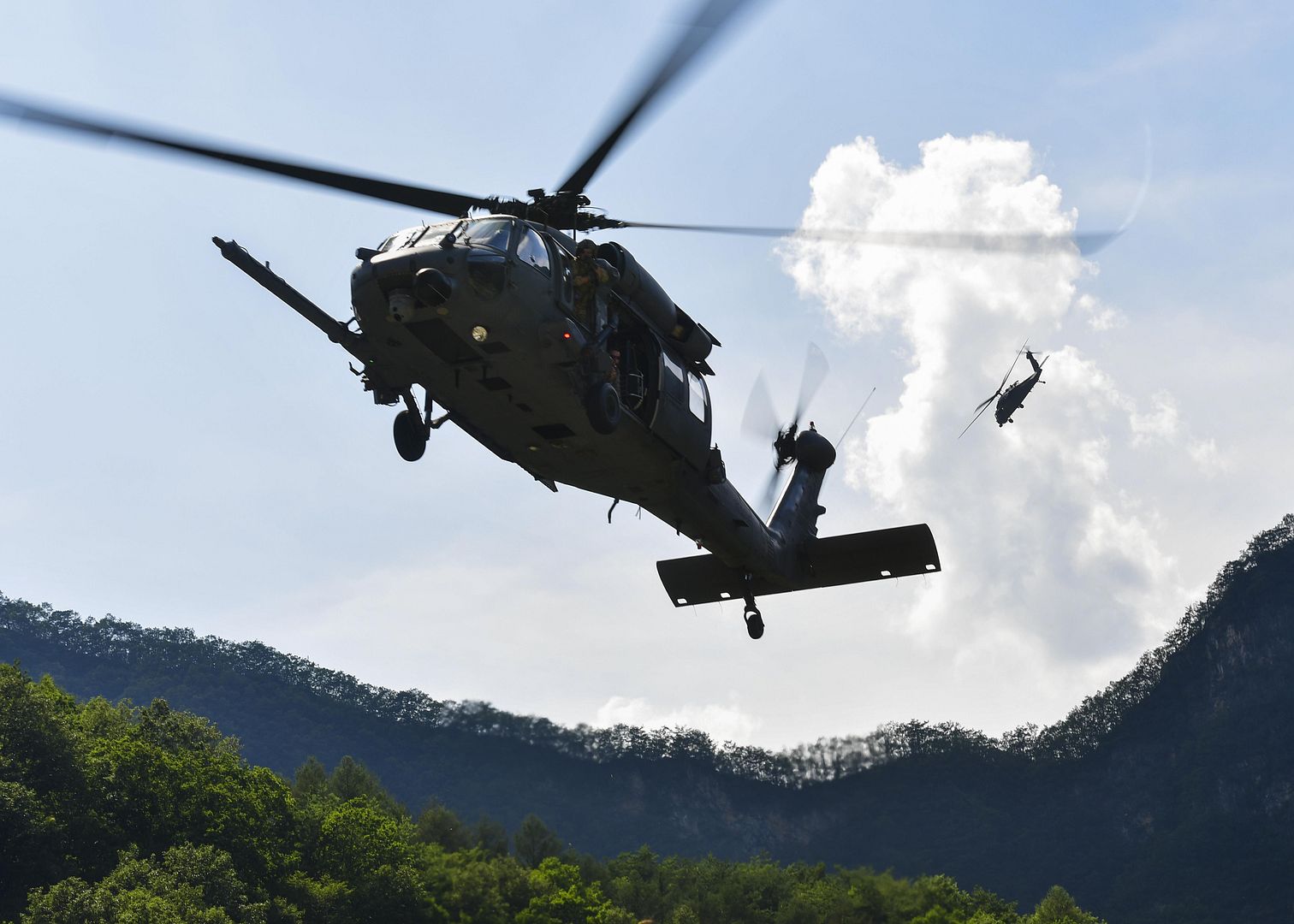
-
8 years ago
 Level 1Bombardier extends authorised service facility agreement with China?s STAECO
Level 1Bombardier extends authorised service facility agreement with China?s STAECO
Bombardier Commercial Aircraft has renewed its authorised service facility (ASF) agreement with China-based Taikoo (Shandong) Aircraft Engineering Company (STAECO) for another three years. The extension is aimed at providing better support to aircraft operators in the Asia Pacific region. Under the new deal, STAECO will provide maintenance services for Bombardier?s Q400 turboprops along with CRJ Series of aircraft. The new deal has also selected STAECO as an authorised service provider for base and other maintenance on all Bombardier CRJ Series and Q400 aircraft, including aircraft modifications, repainting, and avionics and cockpit improvements.
STAECO president Wang Chao said: ?STAECO has been serving operators of CRJ Series aircraft for over ten years with a variety of maintenance solutions, and we are pleased to add the Q400 turboprops to our portfolio. ?The renewal of our relationship with Bombardier as part of its growing customer support network, permits us to continue serving our customers? needs together.?
Currently, 365 Q Series turboprops, CRJ regional jets and C Series airliners have been ordered by or are in service with nearly 50 customers and operators in the Asia Pacific region. Bombardier also has regional support offices in Shanghai, China; Tokyo, Japan; Mumbai, India; Singapore and Sydney, Australia.The company has parts services depots in Narita, Japan; Beijing, China; Hong Kong; Singapore and Sydney.
Additionally, GMR Aero Technic in India and Hawker Pacific in Australia also operate authorised service facilities that provide valued support to customers in the Asia- Pacific region. In March this year, Bombardier extended its ASF agreement with Ljubljana, Slovenia?s Adria Tehnika for another five year. -
 Main AdminHelicopters fill up with water from Lake O?Neill to assist Camp Pendleton Firefighters during the Roblar Fire on Camp Pendleton, Calif., July 22, 2016. The Roblar Fire has burned 2,000 acres and currently at 30% containment. (U.S. Marine Corps photo's by Cpl. Tyler S. Dietrich)
Main AdminHelicopters fill up with water from Lake O?Neill to assist Camp Pendleton Firefighters during the Roblar Fire on Camp Pendleton, Calif., July 22, 2016. The Roblar Fire has burned 2,000 acres and currently at 30% containment. (U.S. Marine Corps photo's by Cpl. Tyler S. Dietrich)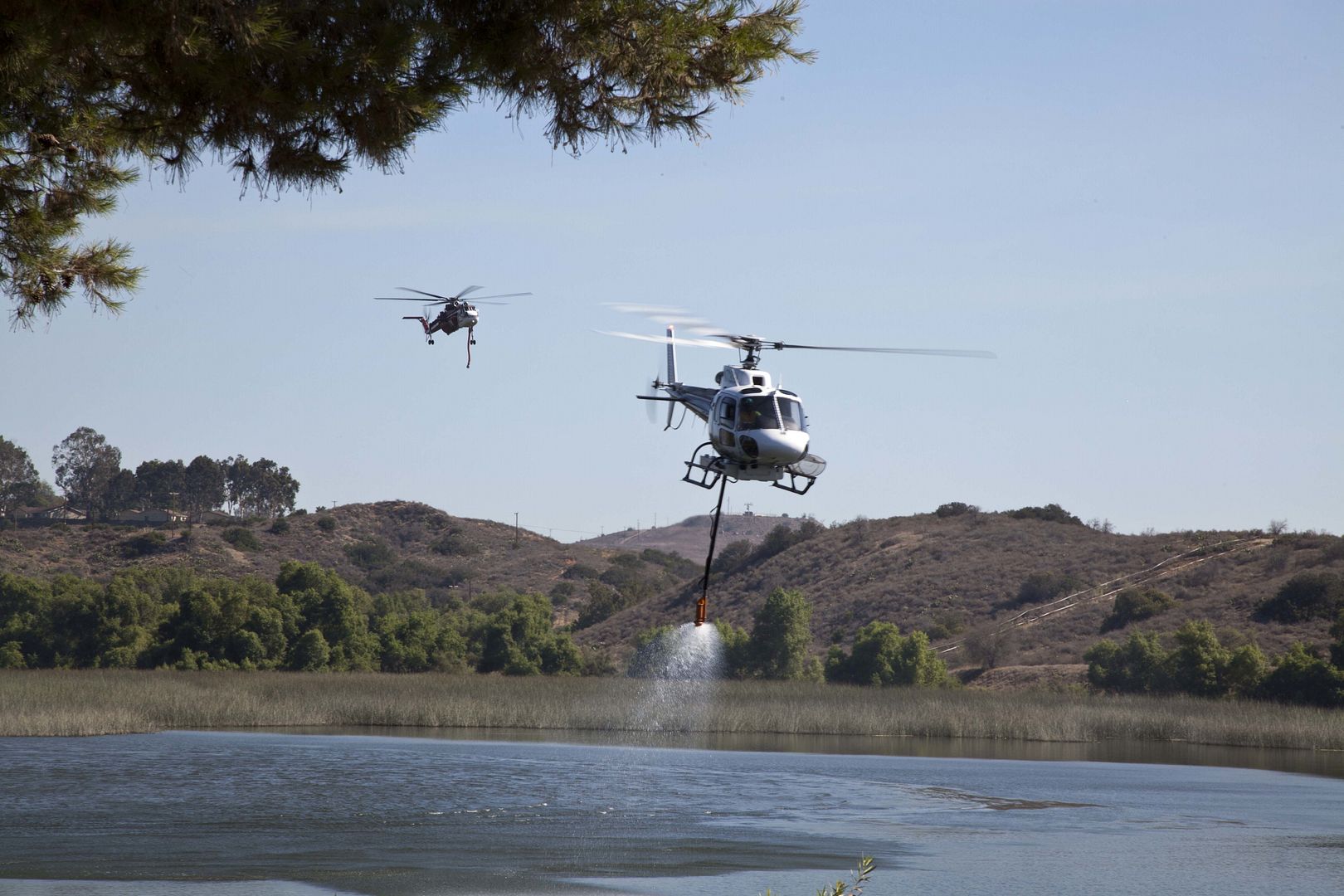
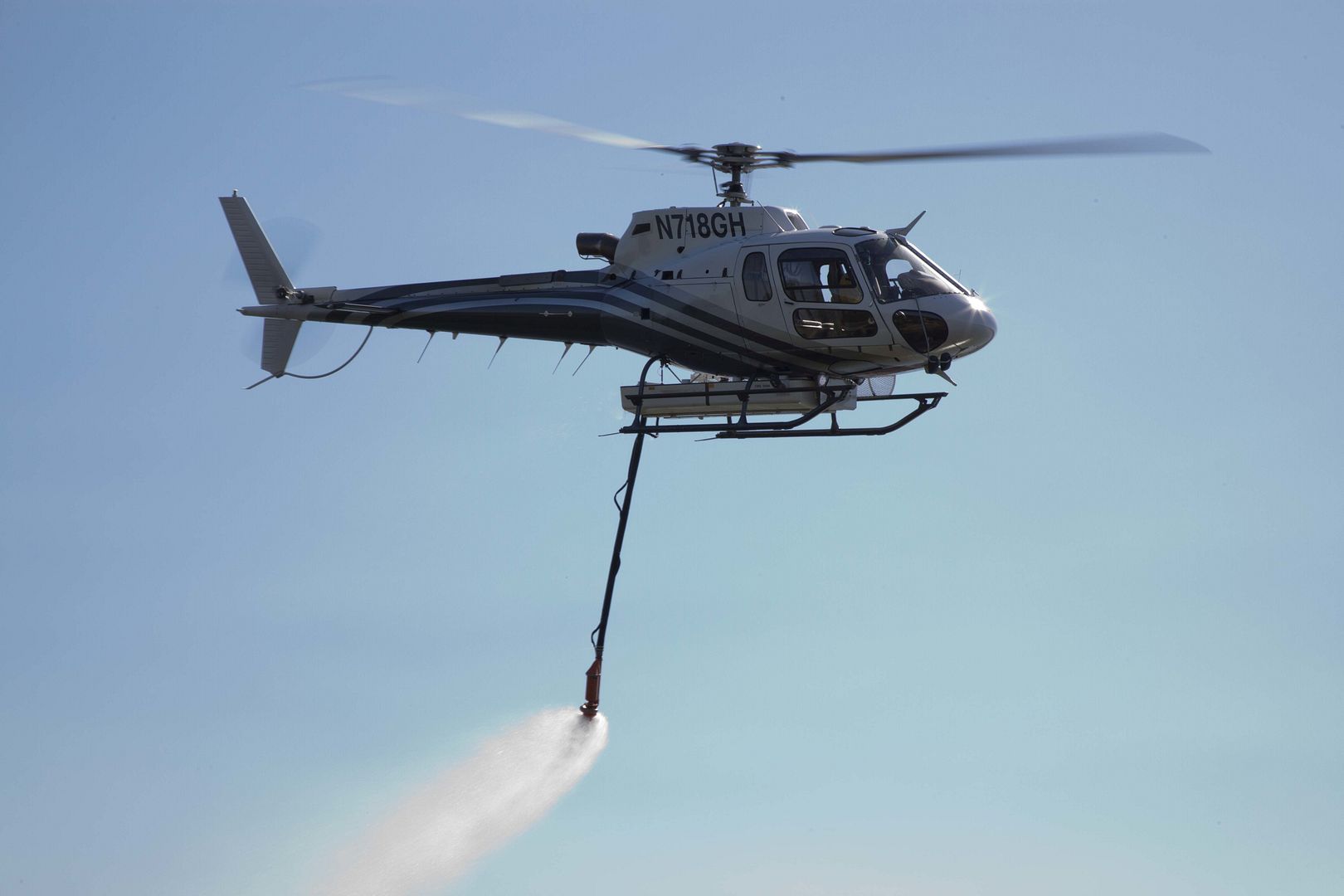
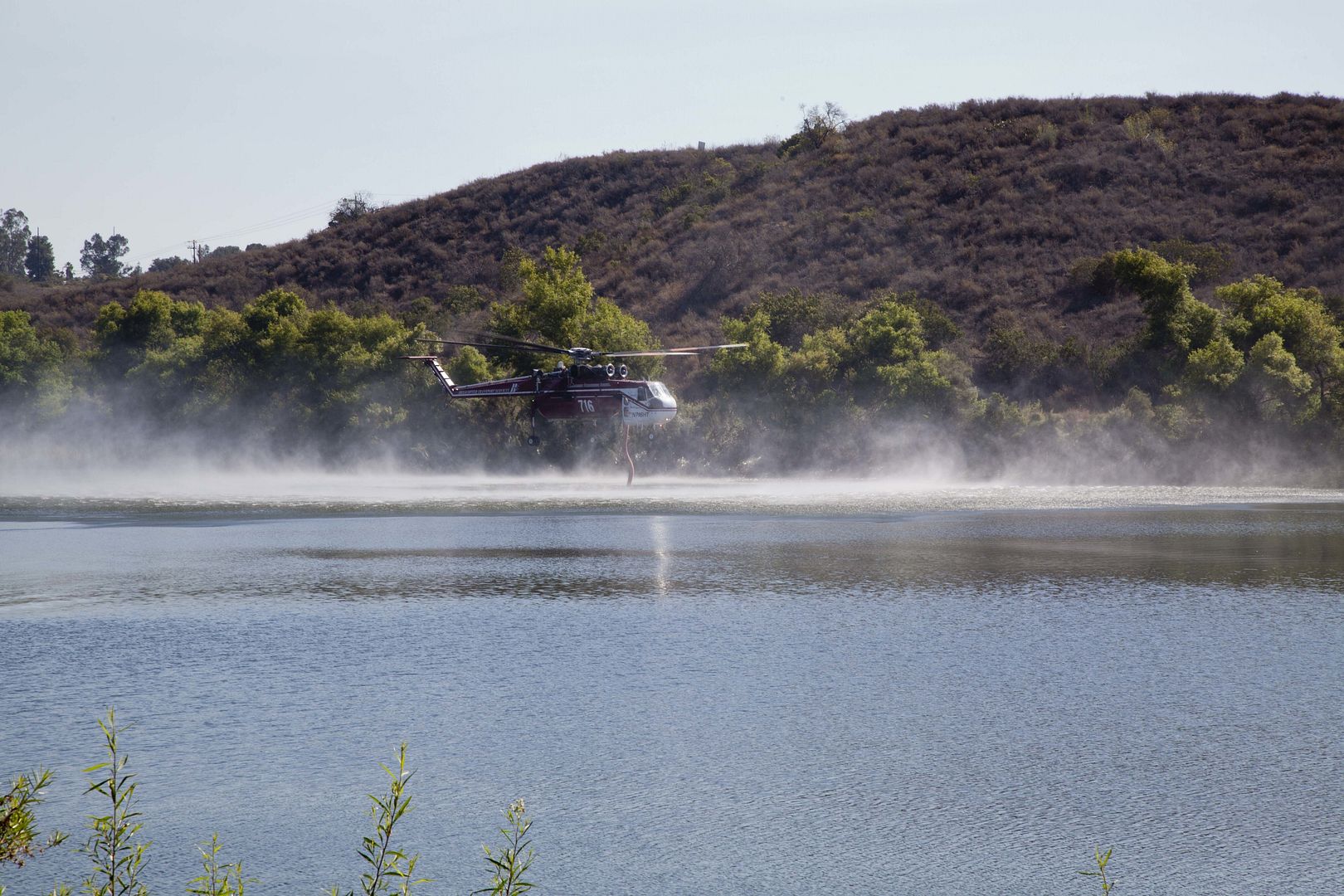
An MH-65 Dolphin helicopter crew from Coast Guard Air Facility Newport, Ore., assists the Lincoln County Technical Rope Rescue Team in the medevac of an injured hiker in Chitwood, July 22, 2016. The rope team is activated by any county emergency service agency to assist as needed and participates in monthly drills in areas they receive calls. (Photo courtesy of Larry Robeson with the LCTRRT.)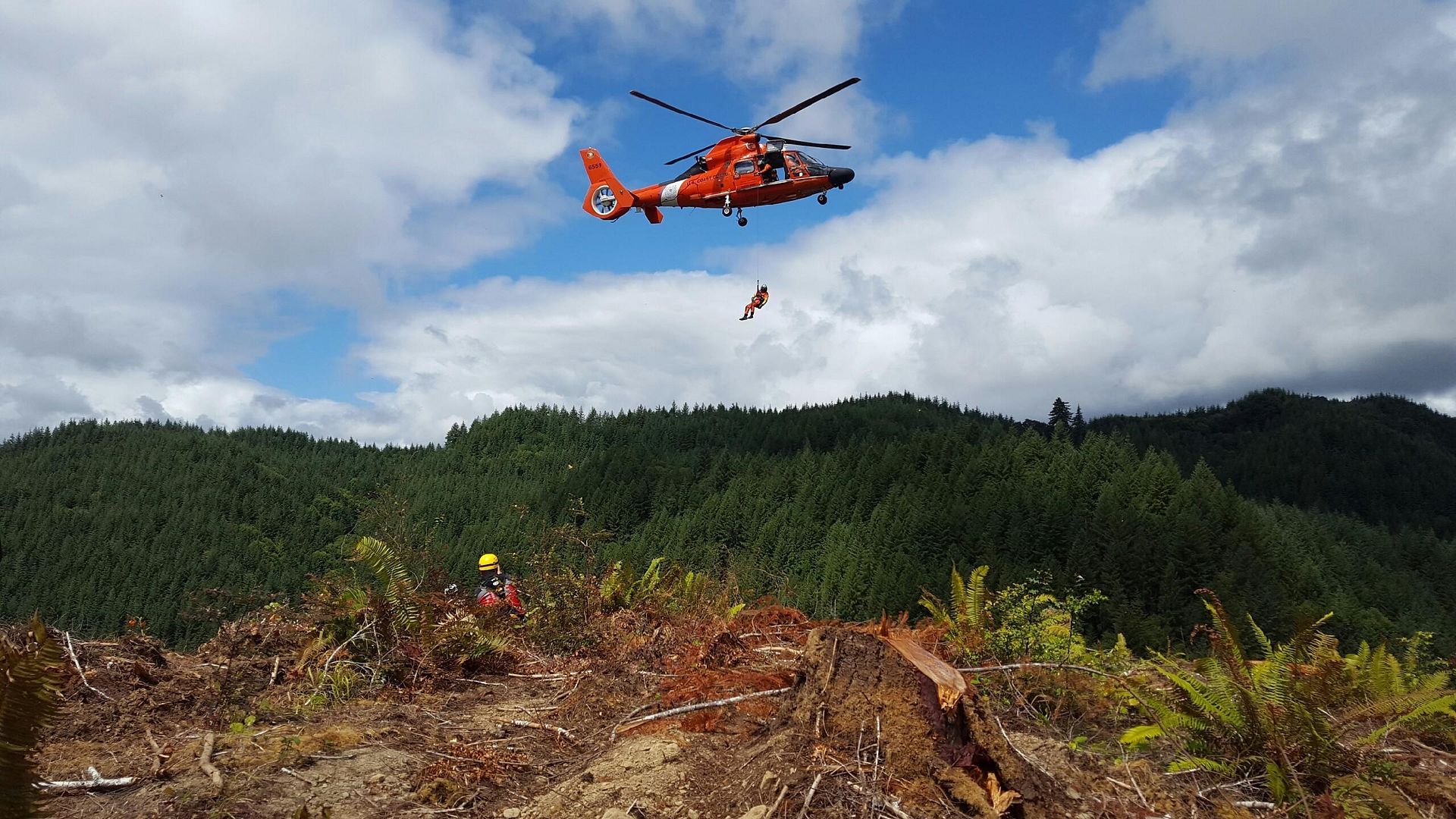
U.S. Air Force Capt. Christy Wise, 71st Rescue Squadron HC-130J Combat King II pilot, finishes a pre-flight check before her requalification flight, July 22, 2016, at Moody Air Force Base, Ga. A boating accident resulted in an above-the-knee amputation of Wise's right leg.Wise is the sixth Air Force pilot to return to the cockpit after becoming an amputee. (U.S. Air Force photo by Airman 1st Class Janiqua P. Robinson)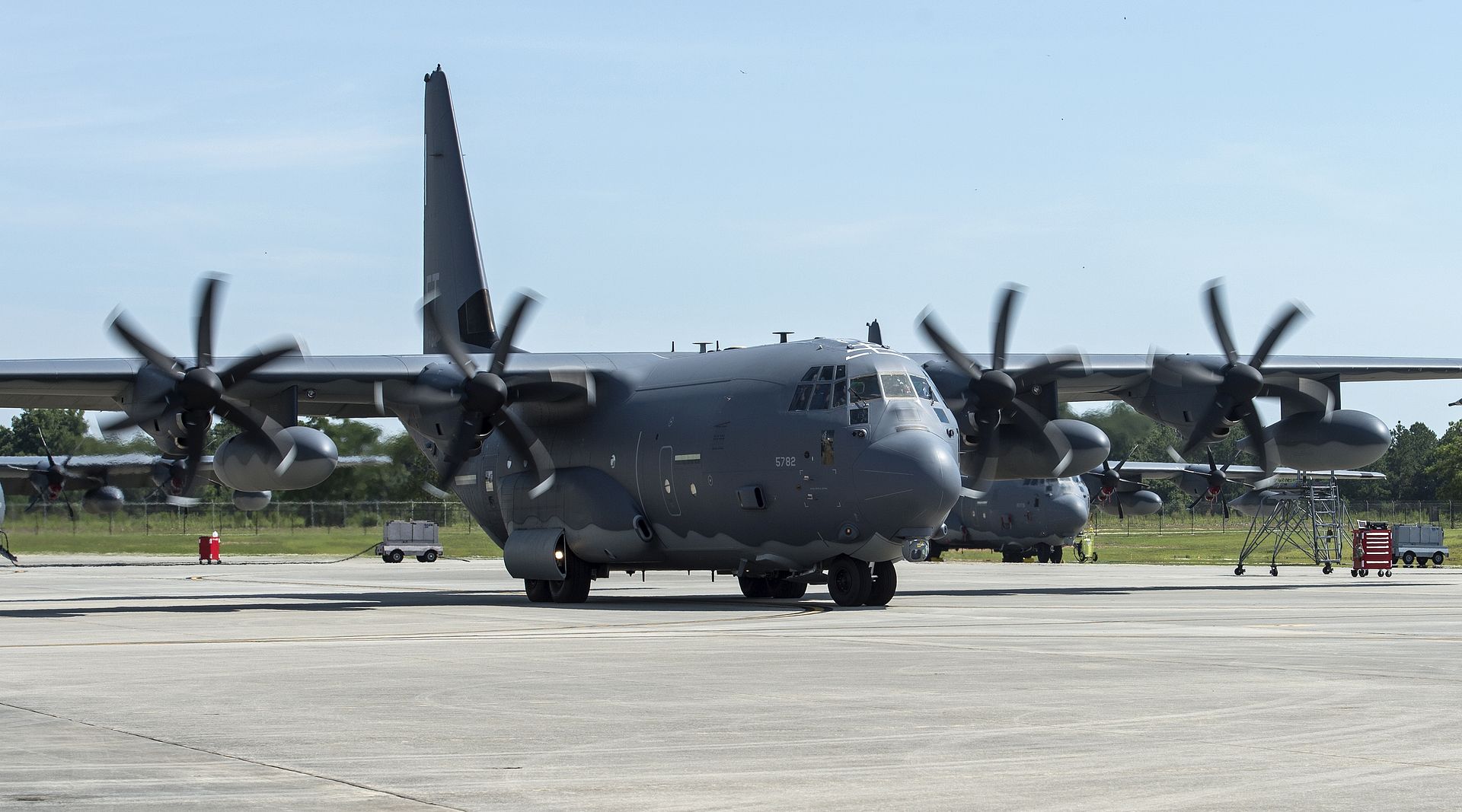
U.S. Air Force Capt. Christy Wise, 71st Rescue Squadron HC-130J Combat King II pilot, taxis at the end of her requalification flight, July 22, 2016, at Moody Air Force Base, Ga. Wise has made her mark in Air Force history by becoming the first female above the knee amputee to return to the skies. (U.S. Air Force photo by Airman 1st Class Janiqua P. Robinson)
ARABIAN GULF (July 22, 2016) ? Sailors conduct pre-flight checks on an F/A-18F Super Hornet assigned the Fighting Swordsmen of Strike Fighter Squadron (VFA) 32 on the flight deck of the aircraft carrier USS Dwight D. Eisenhower (CVN 69) (Ike) prior to the first launch of aircraft from the Arabian Gulf. Ike and its Carrier Strike Group are deployed in support of Operation Inherent Resolve, maritime security operations and theater security cooperation efforts in the U.S. 5th Fleet area of operations. (U.S. Navy photo by Mass Communication Specialist Third Class Nathan T. Beard/Released)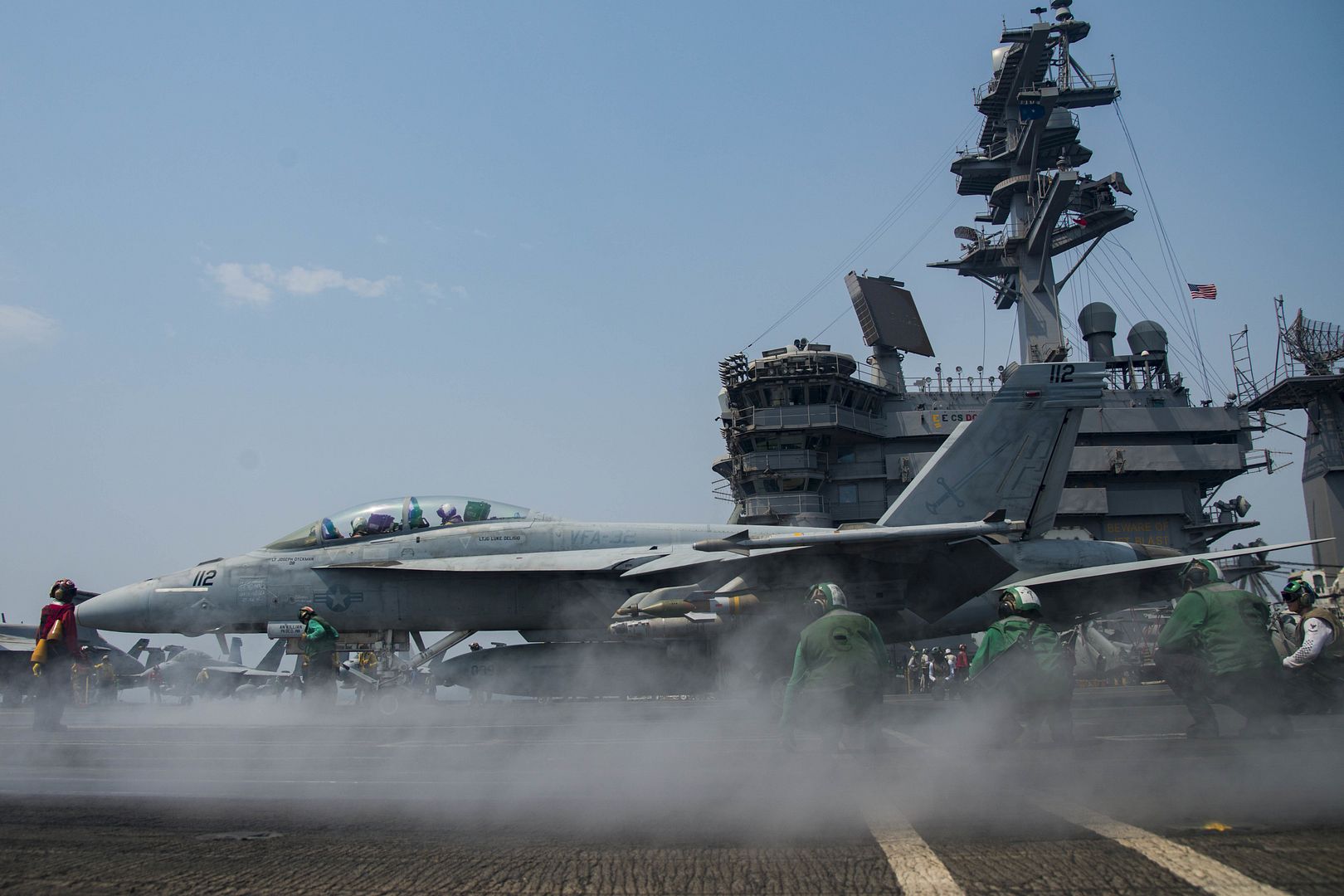
ARABIAN GULF (July 22, 2016) - An F/A-18E Super Hornet assigned to the Gunslingers of Strike Fighter Squadron (VFA) 105 prepares to launch from the aircraft carrier USS Dwight D. Eisenhower (CVN 69) (Ike) in support of air strikes from the Arabian Gulf. Ike and its Carrier Strike Group are deployed in support of Operation Inherent Resolve, maritime security operations and theater security cooperation efforts in the U.S. 5th Fleet area of operations. (U.S. Navy photo by Mass Communication Specialist 3rd Class Bobby Baldock/Released)
NELLIS AIR FORCE BASE, Nev.- Since its maiden flight in 1991, the C-17 Globemaster III has served as the most reliable and maintainable cargo aircraft in the U. S. Air Force arsenal with the ability of rapid and strategic cargo and troop delivery.
During Red Flag 16-3, the 437th Airlift Wing, Joint Base Charleston, South Carolina, uses the training provided at Nellis Air Force Base to integrate pilots, crew members, and intelligence Airmen with other the other players participating to become more mission ready.
?At Red Flag, the mission of the C-17 is to insert either cargo or troops to support follow-on missions,? said Capt. John Wendler, 16th Airlift Squadron weapons officer. ?The C-17 is unique in the ability that it can rapidly deploy anywhere in the world. We have a lot of fuel and capabilities that can make us very lethal when it comes to delivering cargo, equipment and personnel to that combat support.
?Traditionally cargo and equipment is moved via boats, trucks or smaller aircraft. The C-17 is unique because it can do direct delivery. Basically we can go from the states all the way over to the combat zone, like Afghanistan or Iraq directly and accomplish our mission by inserting those forces and combat equipment,? Wendler said.
Throughout Red Flag 16-3, the unit from JB Charleston integrates the many cargo capabilities of the C-17 with other airframes and branches of service to accomplish its goals.
?What we?ve been doing here is a little on the smaller or micro scale, we usually take off and fit into the strike-and-Suppression of Enemy Air Defenses (SEAD) portion of the mission,? said Wendler. ?So striker and faster movers pushing in first, and then we ingress at low altitude where were not going to be exposed by enemy assets, enemy red air or strategic missiles. Once we get into the target area, we either do a strategic landing on a dirt landing zone or a parachute drop where we?re putting jumpers under canopy at those target locations.?
When planning and executing these missions, the ability to coordinate with all of the different players that partake in a multi-branch, large-scale exercise such as Red Flag is what is most valuable for C-17 aircrews.
?The biggest thing from a pilot?s perspective is the integration with all the ?blue? air players,? said Wendler. ?We get to learn about what their capabilities are, what their limitations are and then we get to figure out how we fit into this fight because every mission changes from day-to-day. We may be doing one mission set on Monday, and then on Wednesday it?s completely different.?
Not only does Red Flag offer the opportunity to collaborate with multiple airframes valuable for pilots, but for members of the crew the exercise offers a whole other set lessons.
?In the back of the C-17 we deal with users, and for Red Flag we?ve had a lot of static-line jumpers and we?ve inserted them into the basic field,? said Senior Airman Ashley Igalo, 14th Airlift Squadron loadmaster. ?We?re also capable of rapid on-loads, where we?ll land and pickup vehicles and troops during one period of darkness. Its great training to be able to get experience that.?
Not only do they gain experience, but learning to work with each other to accomplish the mission is a valuable skill that Red Flag provides the air crew.
?Red Flag is good crew coordination because were able to work with the pilots and see what we are able to do,? said Igalo. ?As well as being great for crew coordination it serves as great training for us in the back.?
With the ability to give pilots and crews influential training, not only within their own squadron but with the rest of the Air Force?s airframes, one aspect that is often overlooked is the intelligence angle behind the missions of Red Flag.
?We?re proud to support one of the only Air Mobility Command units at Red Flag 16-3,? said 1st Lt. Robert Wedge, 437th Operations Group intelligence officer. ?The expeditionary missions that we are serving in, Operation Freedom?s Sentinel and Operation Inherent Resolve, largely represent threats from insurgent, non-state actors. What Red Flag does very well is leading us to plan against full spectrum threats typical of major combat operations.
Red Flag grants Intelligence personnel here the same valuable tool that it does pilots: the ability to integrate with multiple platforms in order to train to accomplish a larger mission.
?Getting to integrate with intelligence Airmen from cyber, space, and intelligence, surveillance, and reconnaissance (ISR) backgrounds sharpens our ability to accomplish our primary mission, to successfully deliver forces on time and on target in high threat environments, said Wedge.
With all of these different aspects, pilots, crew and intelligence, gaining high level training at the same time, it serves as a great chance to study and grow in order to accomplish the mission more effectively.
?The opportunity to learn and see how we fit, and then optimize and use those things that we?ve learned in the fight when we?re kicking down the door for real is something that we can?t do anywhere else,? said Wendler.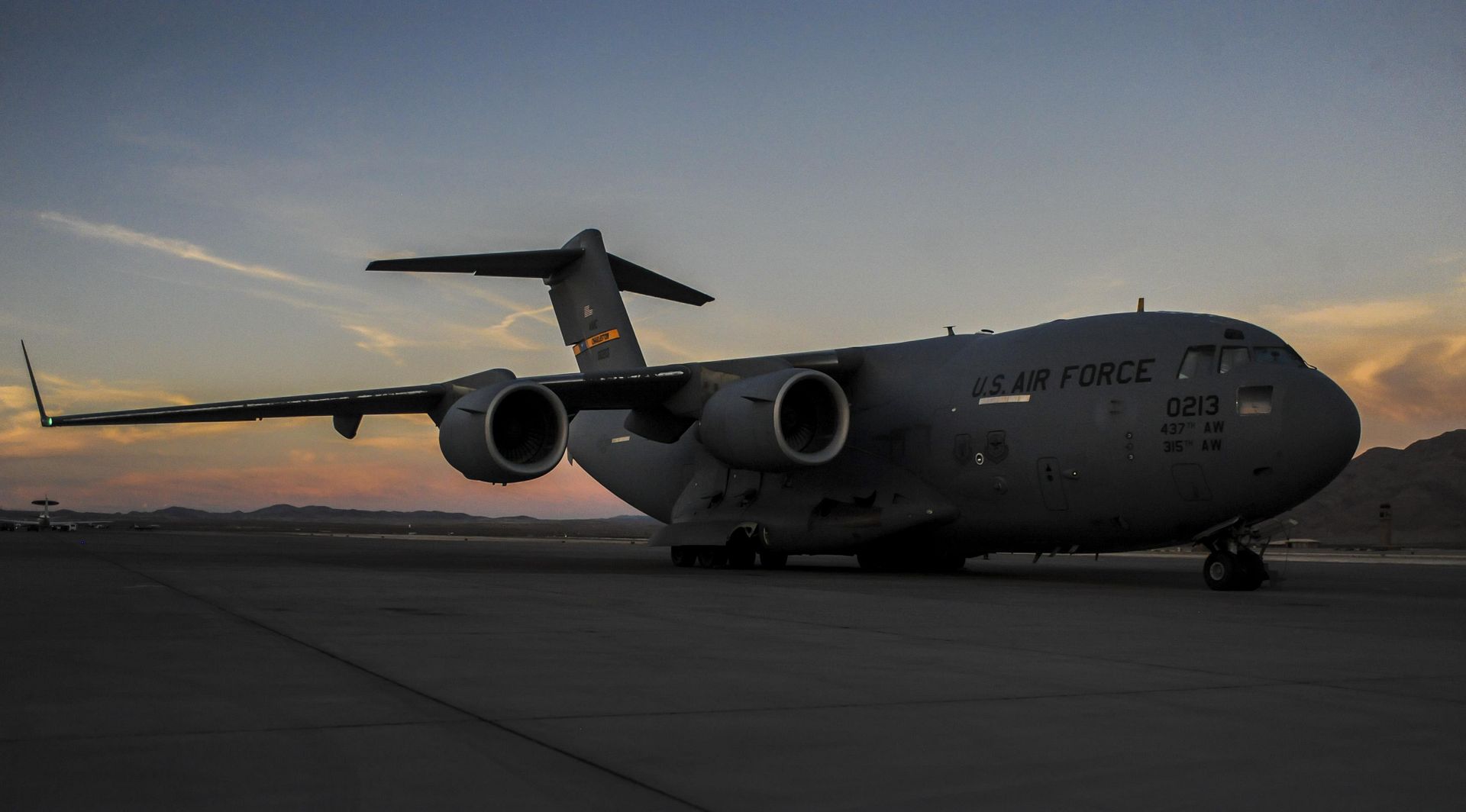
Navy personnel from the Electronic Attack Squadron-139 perform maintenance checks before a training sortie during Red Flag 16-3 July 14. During the exercise, integration of Air Force, Marines and Navy aircraft work together during Red Flag 16-3 to deter air and ground threats as well as prepare for future operations down range. (U.S. Air Force photo by Senior Airman Jake Carter)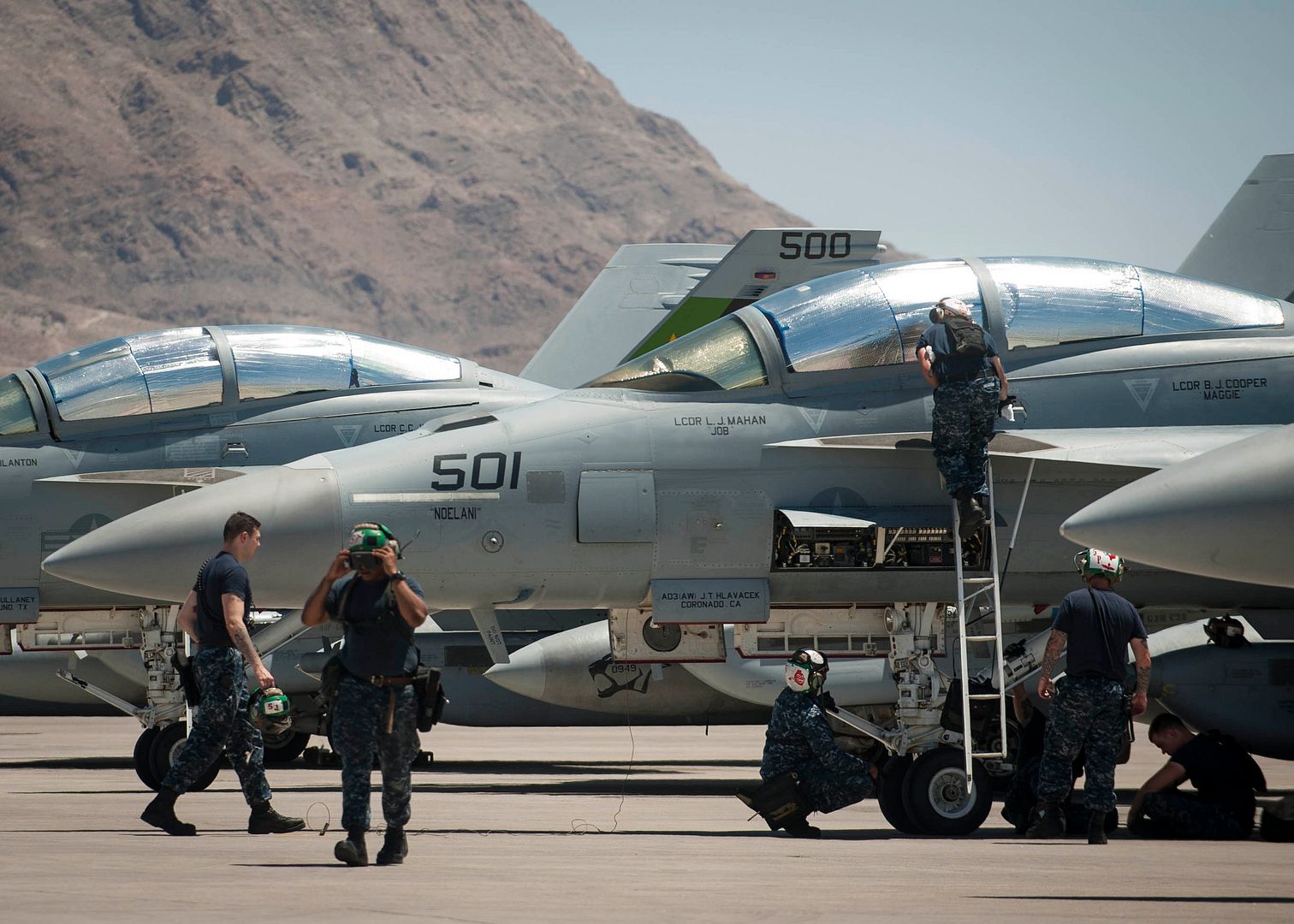
An Navy EA-18G from Naval Air Station Whidbey Island, Washington, takes off from the Nellis flightline during a training scenario during Red Flag 16-3 July 19, 2016. During the exercise, integration of Air Force, Marines and Navy aircraft work together during Red Flag 16-3 to deter air and ground threats as well as prepare for future operations down range. (U.S. Air Force photo by Senior Airman Jake Carter)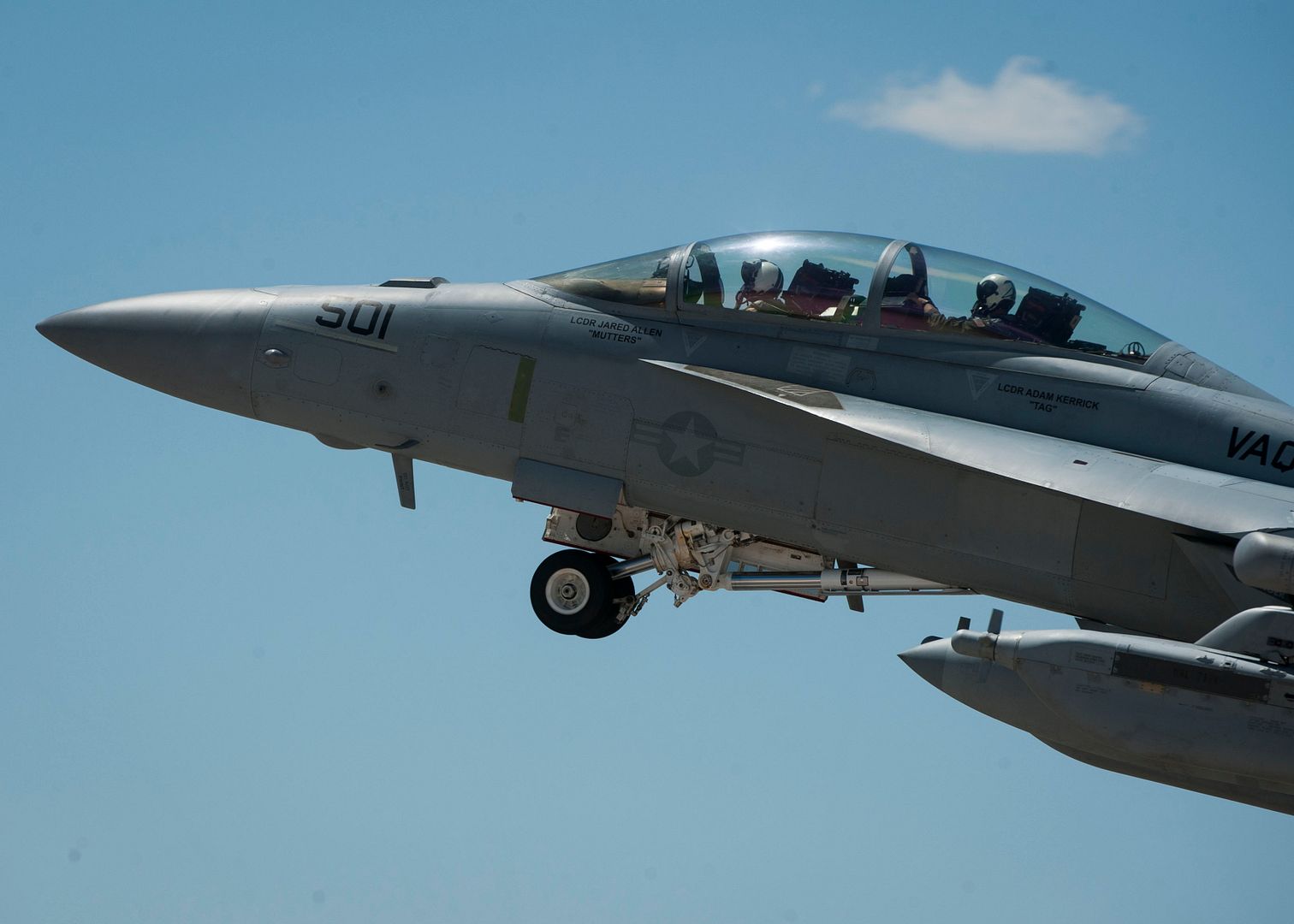
-
 Main AdminARABIAN GULF (July 23, 2016) - Cmdr. Jeff Farmer, commanding officer of the Wildcats of Strike Figther Squadron (VFA) 131 makes the 1,000th arrested landing of his career as he pilots an F/A-18C Hornet on the flight deck of the aircraft carrier USS Dwight D. Eisenhower (CVN 69) (Ike). Ike and its Carrier Strike Group are deployed in support of Operation Inherent Resolve, maritime security operations and theater security cooperation efforts in the U.S. 5th Fleet area of operations. (U.S. Navy photo by Mass Communication Specialist 3rd Class Anderson W. Branch/Released)
Main AdminARABIAN GULF (July 23, 2016) - Cmdr. Jeff Farmer, commanding officer of the Wildcats of Strike Figther Squadron (VFA) 131 makes the 1,000th arrested landing of his career as he pilots an F/A-18C Hornet on the flight deck of the aircraft carrier USS Dwight D. Eisenhower (CVN 69) (Ike). Ike and its Carrier Strike Group are deployed in support of Operation Inherent Resolve, maritime security operations and theater security cooperation efforts in the U.S. 5th Fleet area of operations. (U.S. Navy photo by Mass Communication Specialist 3rd Class Anderson W. Branch/Released)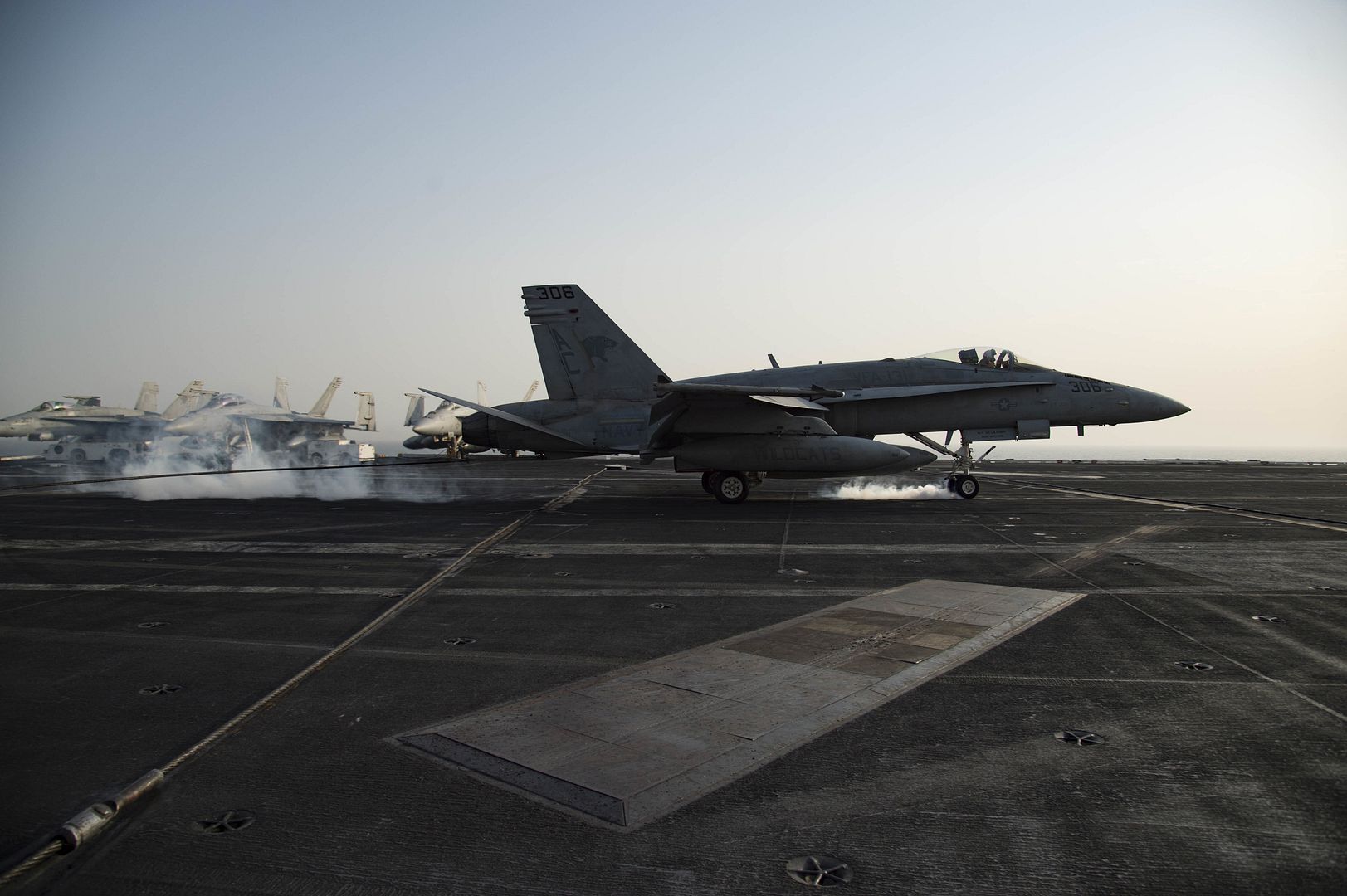
PACIFIC OCEAN (July 24, 2016) An MH-60R Sea Hawk assigned to the Raptors of Helicopter Maritime Strike Squadron (HSM) 71 takes off from USS John C. Stennis' (CVN 74) flight deck during Rim of the Pacific 2016. Twenty-six nations, more than 40 ships and submarines, more than 200 aircraft and 25,000 personnel are participating in RIMPAC from June 30 to Aug. 4, in and around the Hawaiian Islands and Southern California. The world?s largest international maritime exercise, RIMPAC provides a unique training opportunity that helps participants foster and sustain the cooperative relationships that are critical to ensuring the safety of sea lanes and security on the world's oceans. RIMPAC 2016 is the 25th exercise in the series that began in 1971. (U.S. Navy photo by Mass Communication Specialist 3rd Class Jake Greenberg / Released)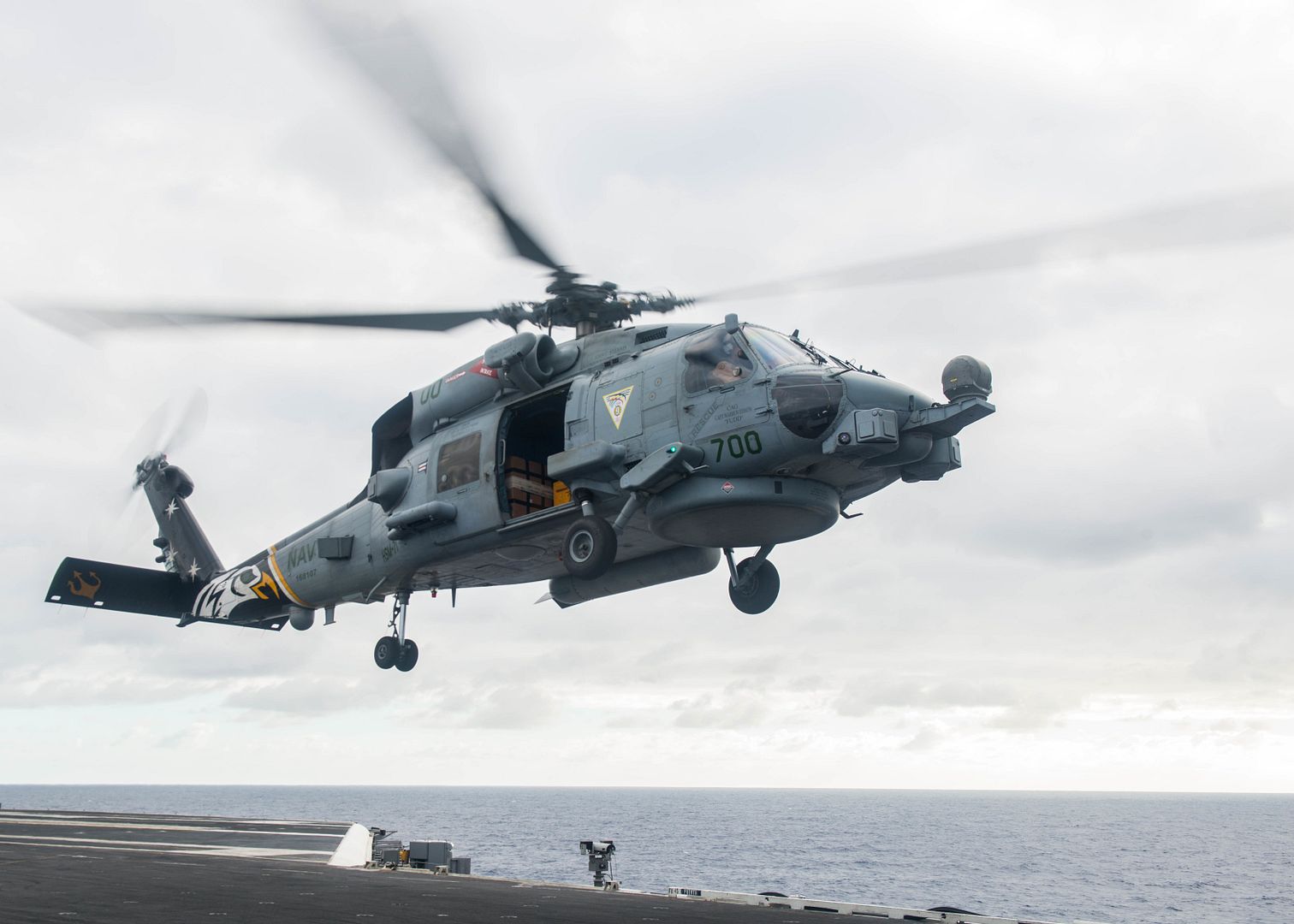
-
8 years ago
 Level 1Solar Impulse 2 begins last leg of world tour from Cairo, Egypt
Level 1Solar Impulse 2 begins last leg of world tour from Cairo, Egypt
The Solar Impulse 2 (Si2) aircraft has taken off from Cairo, Egypt, for the last leg of its round-the-world journey, which will end in Abu Dhabi, UAE. Currently being piloted by Solar Impulse initiator and chairman Bertrand Piccard, the single-seater aircraft is scheduled to reach Abu Dhabi after a flight lasting two days and two nights.
Exclusively powered by solar energy, Si2 is the first aircraft of its kind that is designed to fly day and night without using traditional fuel. Piccard said: ?It?s very emotional to take off from Egypt with Si2, given that I landed here in 1999 after accomplishing the first non-stop round-the-world balloon flight.
?It?s precisely here that started my dream of making another circumnavigation, but this time without fuel, only on solar power." Along with Piccard, Solar Impulse CEO and co-founder Andr? Borschberg has also been taking turns in piloting the Si2 around the globe.
Borschberg said: ?Today, we are living the final moments of a once in a lifetime adventure contributing to setting a new milestone in aviation, one centered not on speed or height, but instead on exploring new clean and efficient technologies that can almost make it possible for the plane to fly with unlimited endurance, a week, a month; something that was never done.?Made of carbon fibre, Si2 has a wingspan of 72m and is equipped with 17,248 solar cells, which are built into the wing power the four batteries that subsequently power the four electric engines.
Before embarking on its final stretch of journey, the aircraft landed in Egypt after a flight of two days and two nights, crossing Mediterranean Sea from west to east and covered a distance of 3,745km. -
 Main AdminA California Air National Guard F-15C Eagle fighter aircraft assigned to the 194th Expeditionary Fighter Squadron, flies over the flightline during the Romanian air force's 71st Air Base's air show and open house at Campia Turzii, Romania, July 23, 2016. The aviation demonstration took place during the middle of the 194th EFS' six-month long theater security package deployment to Europe in support of Operation Atlantic Resolve, which aims to bolster the U.S.'s continued commitment to the collective security of NATO and dedication to the enduring peace and stability in the region. The unit, comprised of more than 200 CANG Airmen from the 144th Fighter Wing at Fresno ANG Base, Calif., as well as U.S. Air Force Airmen from the 52nd Fighter Wing at Spangdahlem Air Base, Germany, piloted, maintained and supported the deployment of 12 F-15Cs Eagle fighter aircraft throughout nations like Romania, Iceland, the United Kingdom, the Netherlands, Estonia and among others. The F-15Cs took to the skies alongside the 71st AB's MiG-21 fighter aircraft and Puma helicopters for both the airshow, the second engagement of its kind at Campia Turzii under Operation Atlantic Resolve, and the bilateral flight training, also known as Dacian Eagle 2016. (U.S. Air Force photo by Staff Sgt. Joe W. McFadden/Released)
Main AdminA California Air National Guard F-15C Eagle fighter aircraft assigned to the 194th Expeditionary Fighter Squadron, flies over the flightline during the Romanian air force's 71st Air Base's air show and open house at Campia Turzii, Romania, July 23, 2016. The aviation demonstration took place during the middle of the 194th EFS' six-month long theater security package deployment to Europe in support of Operation Atlantic Resolve, which aims to bolster the U.S.'s continued commitment to the collective security of NATO and dedication to the enduring peace and stability in the region. The unit, comprised of more than 200 CANG Airmen from the 144th Fighter Wing at Fresno ANG Base, Calif., as well as U.S. Air Force Airmen from the 52nd Fighter Wing at Spangdahlem Air Base, Germany, piloted, maintained and supported the deployment of 12 F-15Cs Eagle fighter aircraft throughout nations like Romania, Iceland, the United Kingdom, the Netherlands, Estonia and among others. The F-15Cs took to the skies alongside the 71st AB's MiG-21 fighter aircraft and Puma helicopters for both the airshow, the second engagement of its kind at Campia Turzii under Operation Atlantic Resolve, and the bilateral flight training, also known as Dacian Eagle 2016. (U.S. Air Force photo by Staff Sgt. Joe W. McFadden/Released)
A Romanian air force MiG-21 LanceR fighter aircraft takes off from the flightline during the RoAF's 71st Air Base's air show and open house at Campia Turzii, Romania, July 23, 2016. The aviation demonstration took place during the middle of the U.S. Air Force's 194th Expeditionary Fighter Squadron's six-month long theater security package deployment to Europe in support of Operation Atlantic Resolve, which aims to bolster the U.S.'s continued commitment to the collective security of NATO and dedication to the enduring peace and stability in the region. The unit, comprised of more than 200 CANG Airmen from the 144th Fighter Wing at Fresno ANG Base, Calif., as well as U.S. Air Force Airmen from the 52nd Fighter Wing at Spangdahlem Air Base, Germany, piloted, maintained and supported the deployment of 12 F-15Cs Eagle fighter aircraft throughout nations like Romania, Iceland, the United Kingdom, the Netherlands, Estonia and among others. The F-15Cs took to the skies alongside the 71st AB's MiG-21 fighter aircraft and Puma helicopters for both the airshow, the second engagement of its kind at Campia Turzii under Operation Atlantic Resolve, and the bilateral flight training, also known as Dacian Eagle 2016. (U.S. Air Force photo by Staff Sgt. Joe W. McFadden/Released)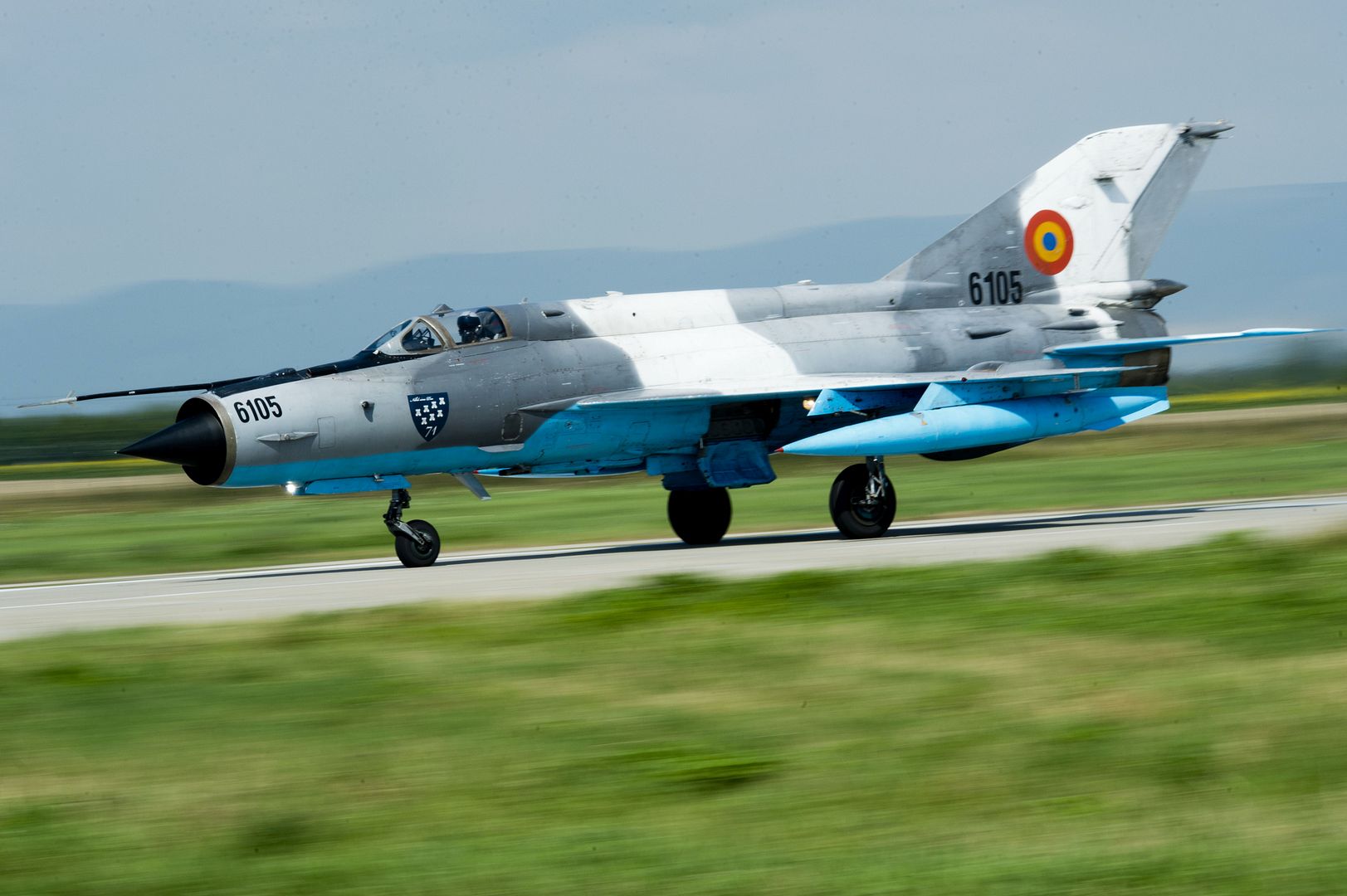
PACIFIC OCEAN (July 25, 2016) Helicopter Sea Combatant Squadron 23?s MQ-8 Fire Scout rests on the flight deck of littoral combat ship USS Coronado (LCS 4) prior to an equipment test during Rim of the Pacific 2016. Twenty-six nations, more than 40 ships and submarines, more than 200 aircraft, and 25,000 personnel are participating in RIMPAC from June 30 to Aug. 4, in and around the Hawaiian Islands and Southern California. The world's largest international maritime exercise, RIMPAC provides a unique training opportunity that helps participants foster and sustain the cooperative relationships that are critical to ensuring the safety of sea lanes and security on the world's oceans. RIMPAC 2016 is the 25th exercise in the series that began in 1971. (U.S. Navy photo by Mass Communication Specialist Second Class Michaela Garrison/Released)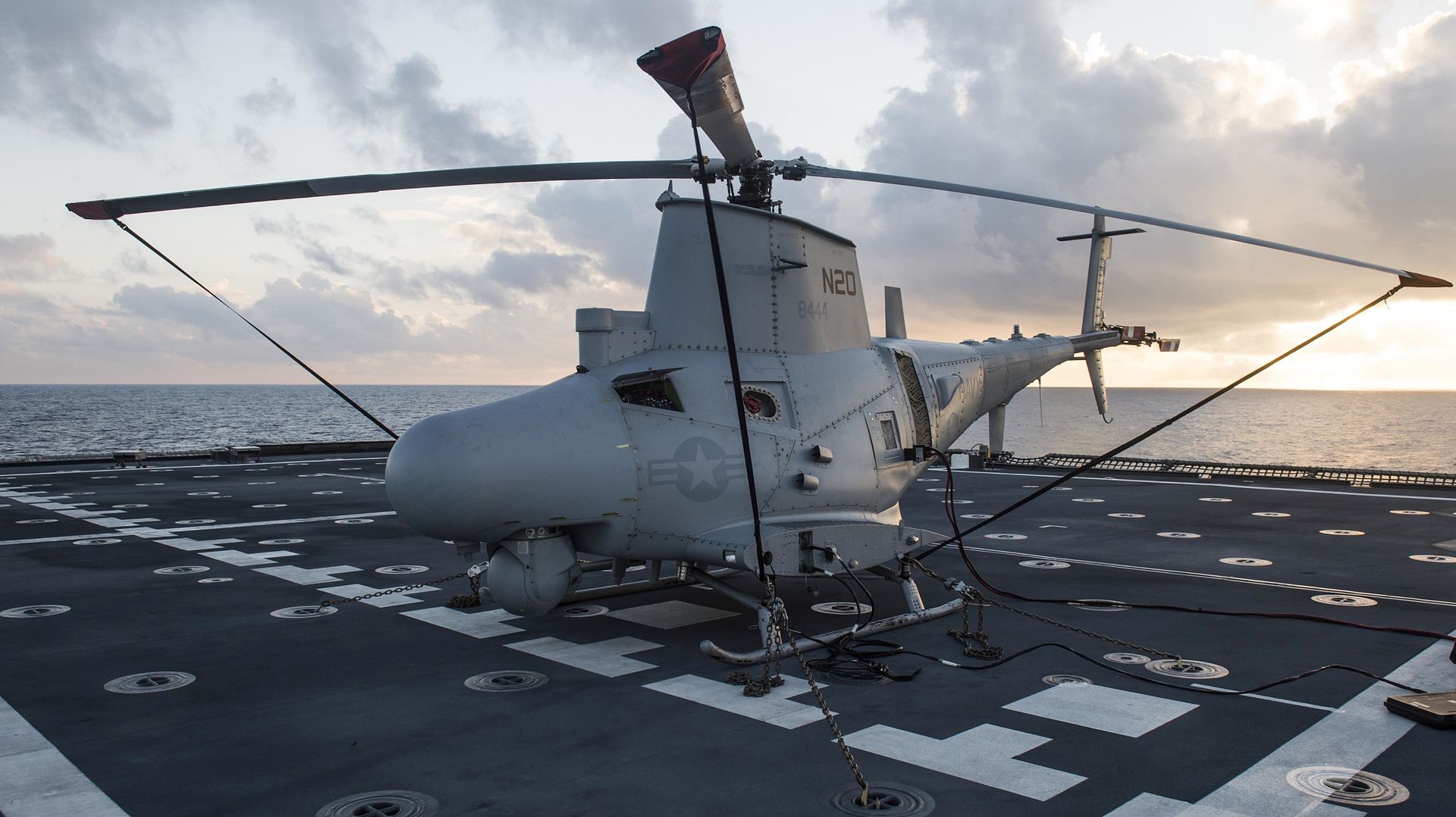
U.S. Navy Flight Demonstration Squadron, the Blue Angels, arrive at Joint Base Elmendorf-Richardson, for the Arctic Thunder Open House, scheduled for July 30 and 31. Gates open at 9 a.m. The Blue Angels visit more than 50,000 people each show season (March through November) in schools and hospitals. Since 1946, the Blue Angels have flown for more than 260 million spectators. For more information visit jber.af.mil. (U.S. Air Force photo's by Airman 1st Class Javier Alvarez)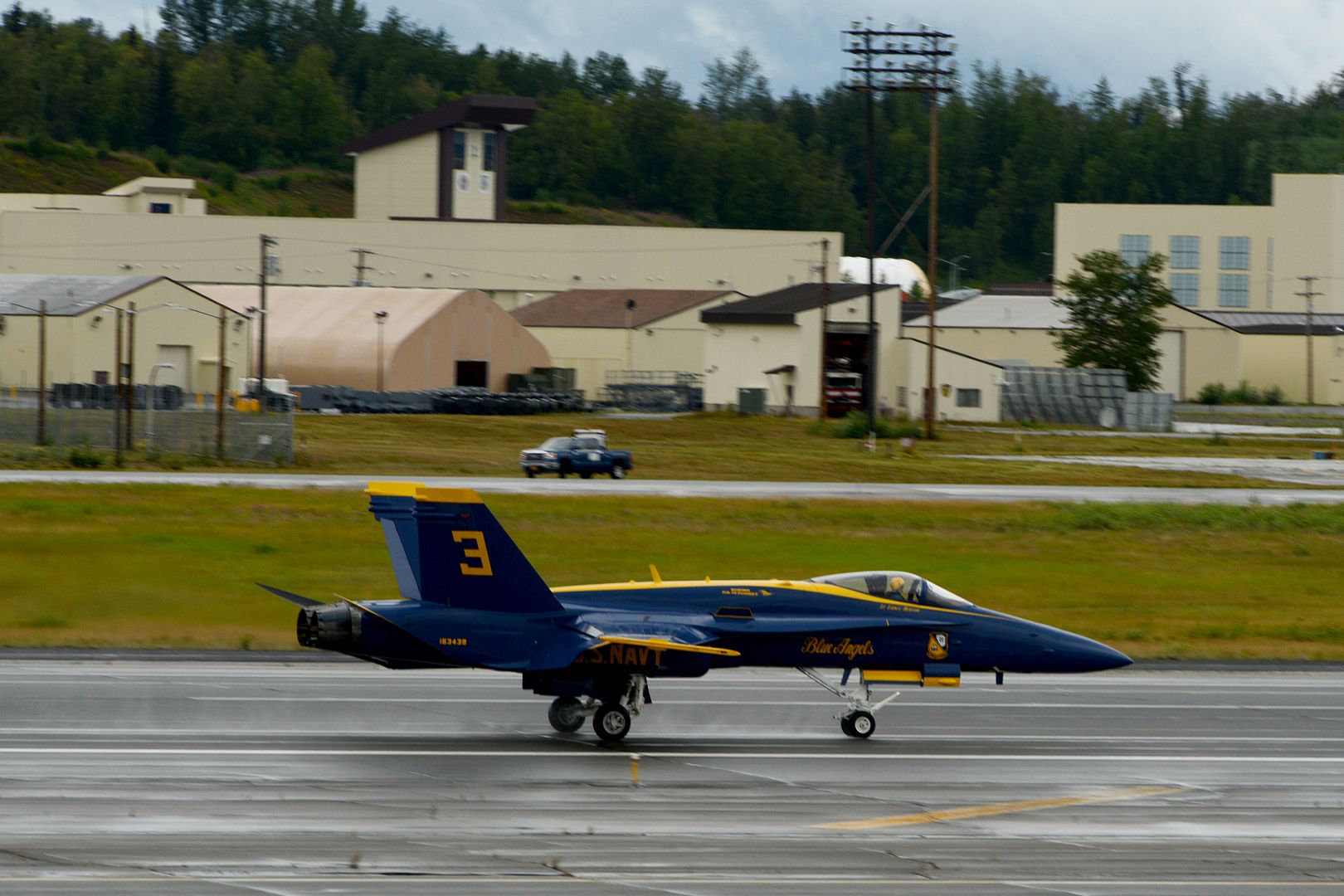
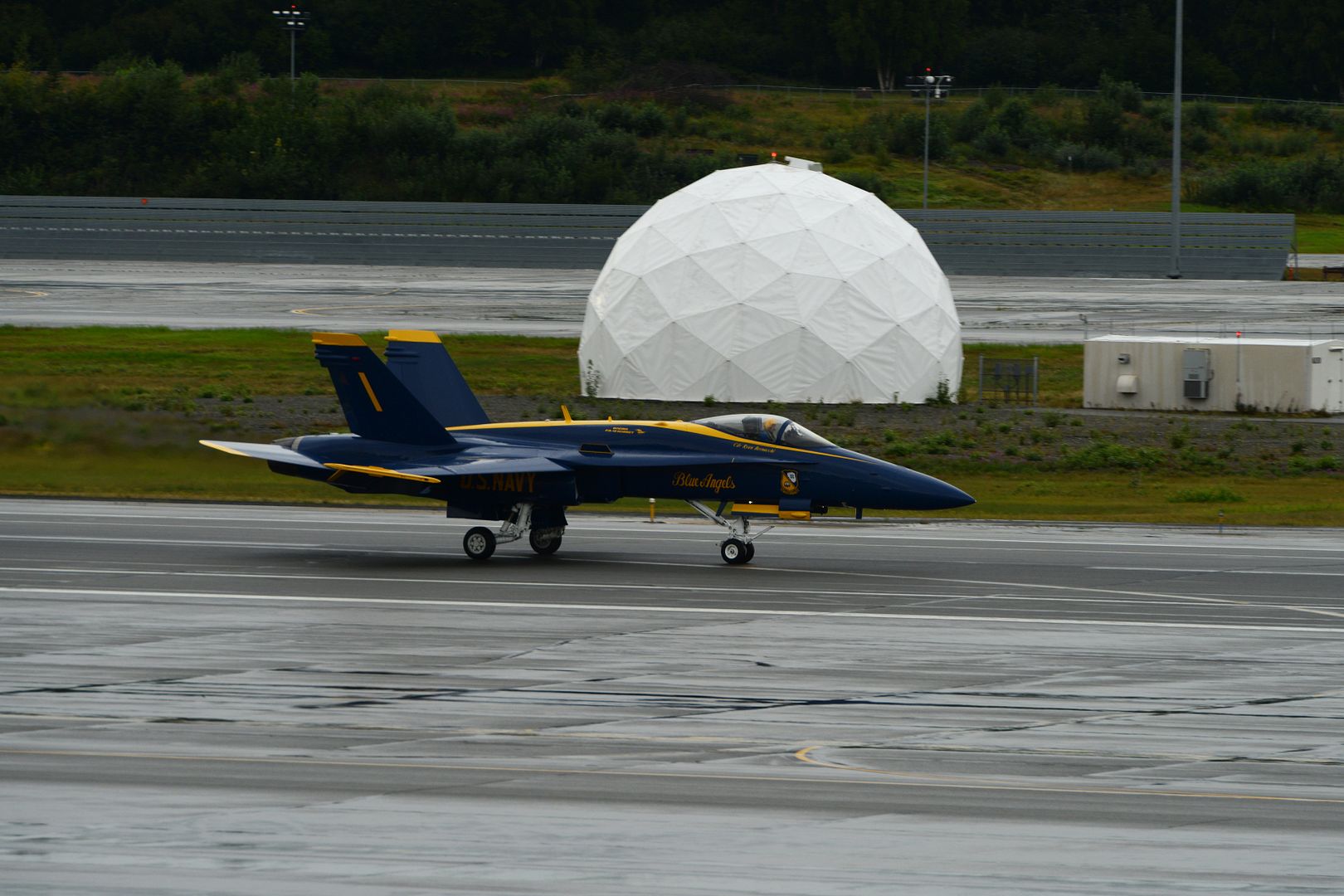
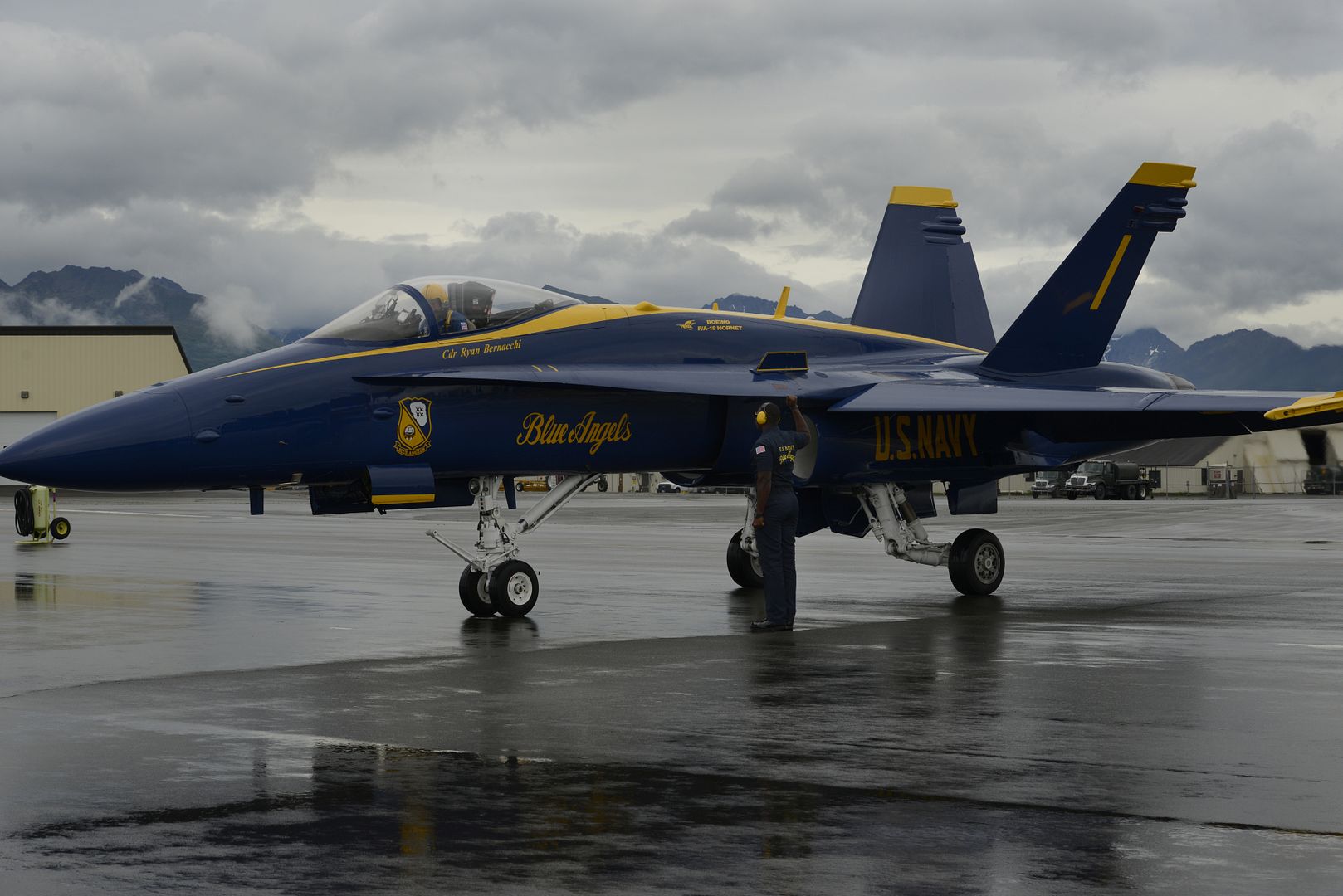
An AH-64 Apache attack helicopter lands on a road near defensive positions held by A Company, 1st Battalion, 24th Infantry Regiment, 1st Stryker Brigade Combat Team, 25th Infantry Division, U.S. Army Alaska, during a coordinated Opposing Forces attack in Donnelly Training Area near Ft. Greely, Alaska in the Arctic Anvil exercise, Monday, July 25, 2016. Arctic Anvil is a joint, multinational exercise which includes forces from USARAK?s 1st Stryker Brigade Combat Team, 25th Infantry Division and UATF, along with forces from the 196th Infantry Brigade?s Joint Pacific Multinational Readiness Capability, the Iowa National Guard?s 133rd Infantry Regiment and the 1st Battalion, Princess Patricia?s Canadian Light Infantry. (U.S. Air Force photo/Justin Connaher)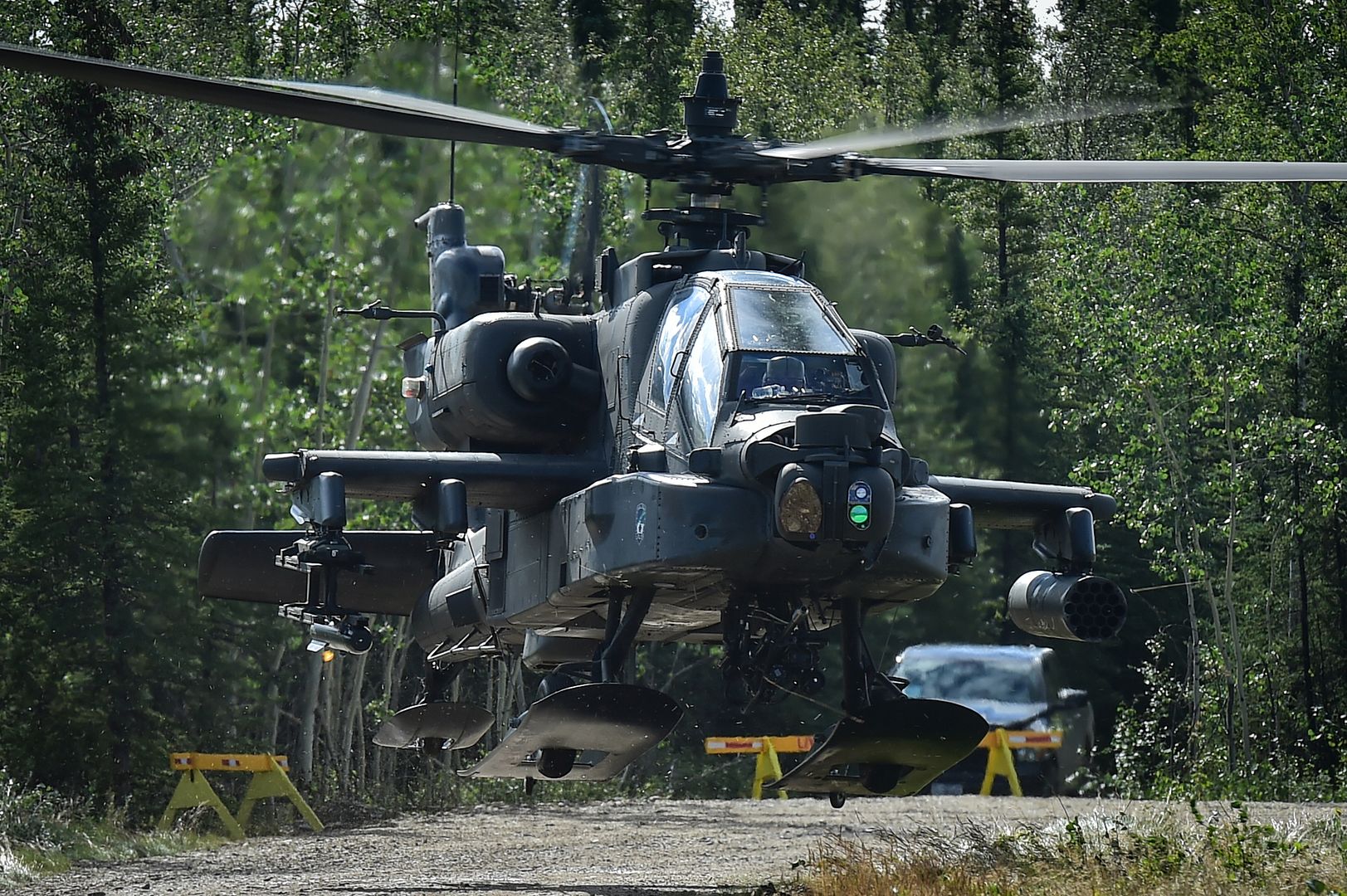
Eight U.S. Air Force A-10 Thunderbolt IIs assigned to the 442nd Fighter Wing, Whiteman Air Force Base, Missouri, park on the runway as maintainers perform post-flight inspections at ?mari Air Base, Estonia, July 25, 2016. The A-10s are participating in a flying training deployment with the Estonian air force to enhance mutual capabilities and increase interoperability. After more than two weeks of training with British forces, the A-10s flew to Estonia from Royal Air Force Leeming, England. (U.S. Air Force photo by Senior Airman Missy Sterling/released)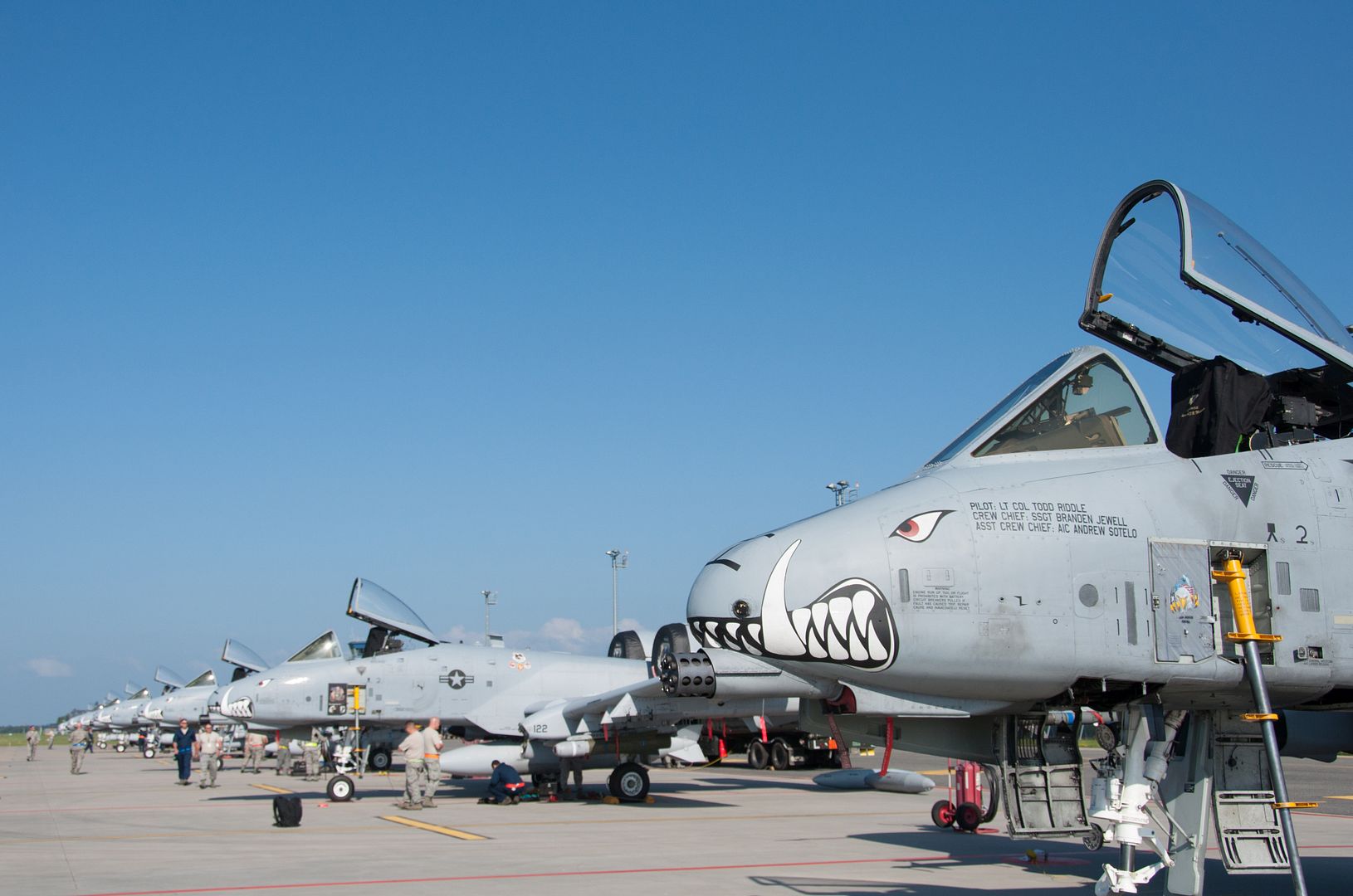
A KC-135 Stratotanker from the 185th Air Refueling Wing, Iowa Air National Guard, refuels an A-10 from the 442nd Fighter Wing, Whiteman Air Force Base, Missouri, during a flying training deployment at ?mari Air Base, Estonia, July 26, 2015. This is the first time personnel and aircraft from the 185th ARW are providing support for an Estonian FTD which allows them to further develop relationships with their NATO allies. (U.S. Air Force photo by Senior Airman Missy Sterling/released)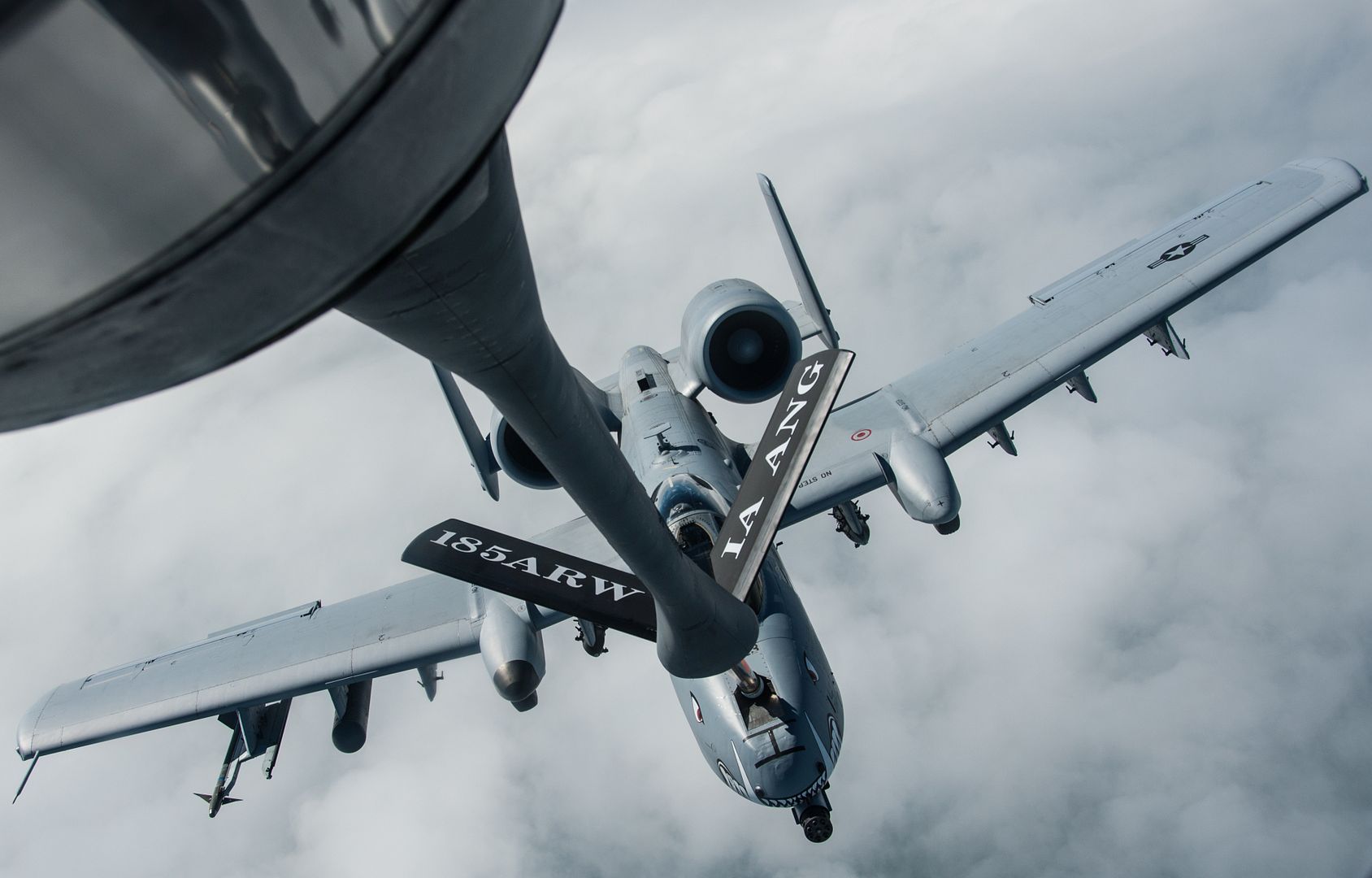
An F-16C from the 64th Aggressors Squadron, Nellis Air Force Base, Nev., banks off towards the Nevada Test and Training Range to participate in a training sortie during Red Flag 16-3, July 19, 2016. During Red Flag, the 64th AGRS will test other unit?s capabilities in air-to-air combat while acting as the ?enemy? in the exercise. (U.S. Air Force photo by Senior Airman Jake Carter/Released)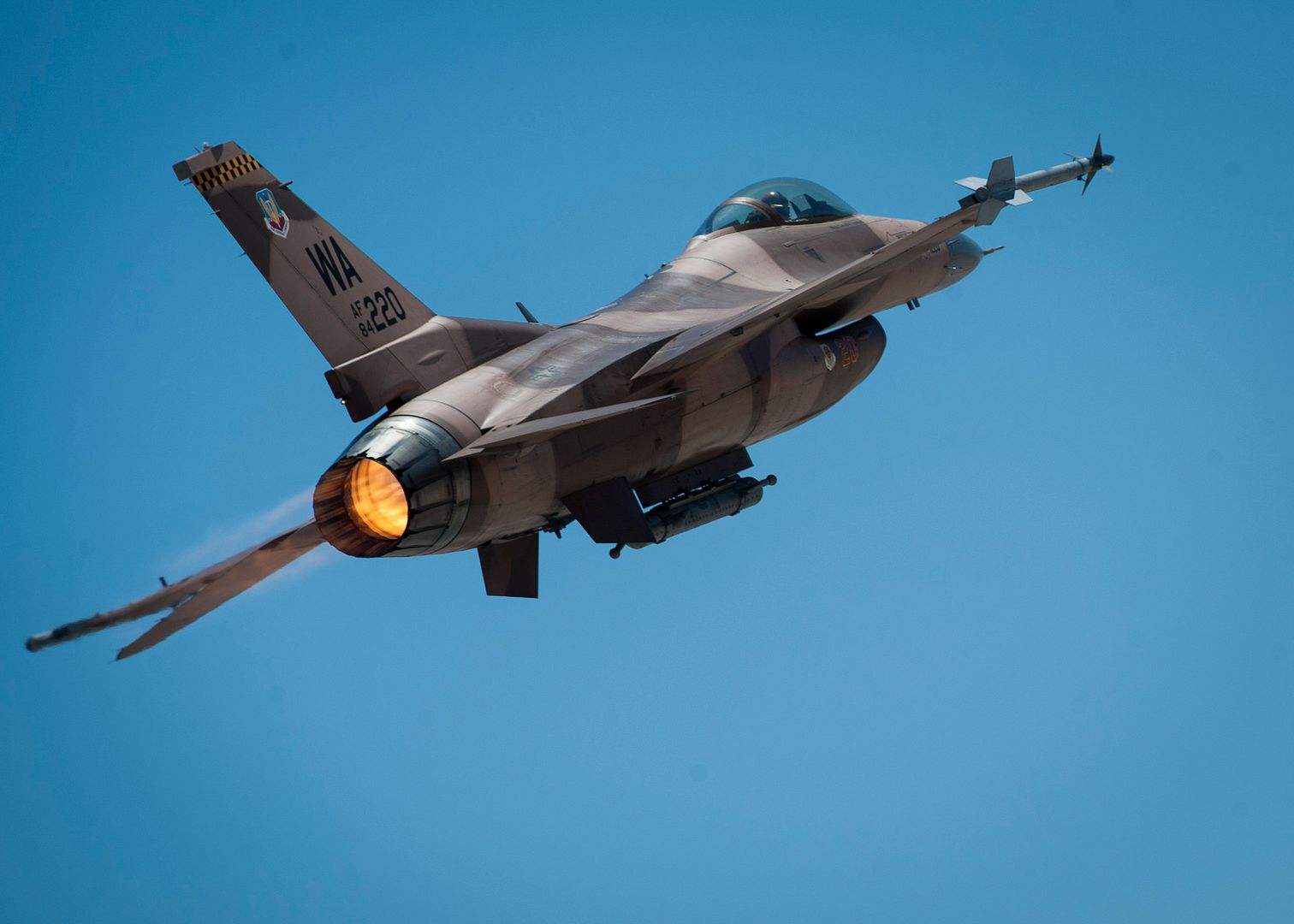
An F-16CJ from the 20th Fighter Wing, Shaw Air Force Base, S.C., takes off from the Nellis Air Force Base, Nev., flightline to participate in Red Flag 16-3, July 19, 2016. Red Flag, which is conducted by the 414th Combat Training Squadron at Nellis AFB, is a realistic combat training exercise involving the air forces of the U.S. and its allies that maximizes the combat readiness and survivability of participants by providing a realistic training environment. (U.S. Air Force photo by Senior Airman Jake Carter/Released)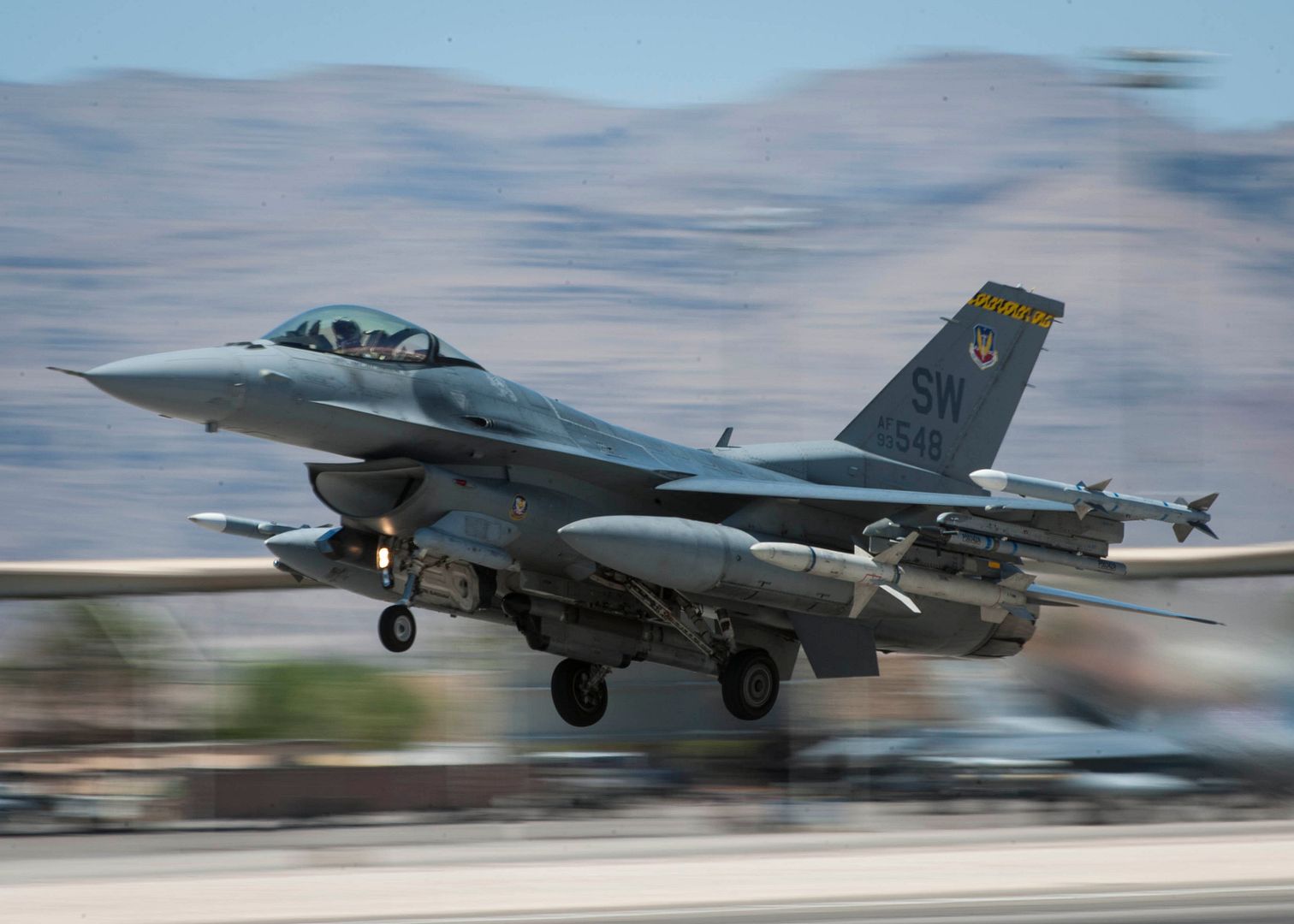
An F-35B from Marine Corps Air Station Yuma, Ariz., takes off from the Nellis Air Force Base, Nev., flightline for a training sortie during Red Flag 16-3, July 19, 2016. During the exercise, the F-35B will test its advanced capabilities against other aircraft from the U.S. Air Force and U.S. Navy. (U.S. Air Force photo by Senior Airman Jake Carter/Released)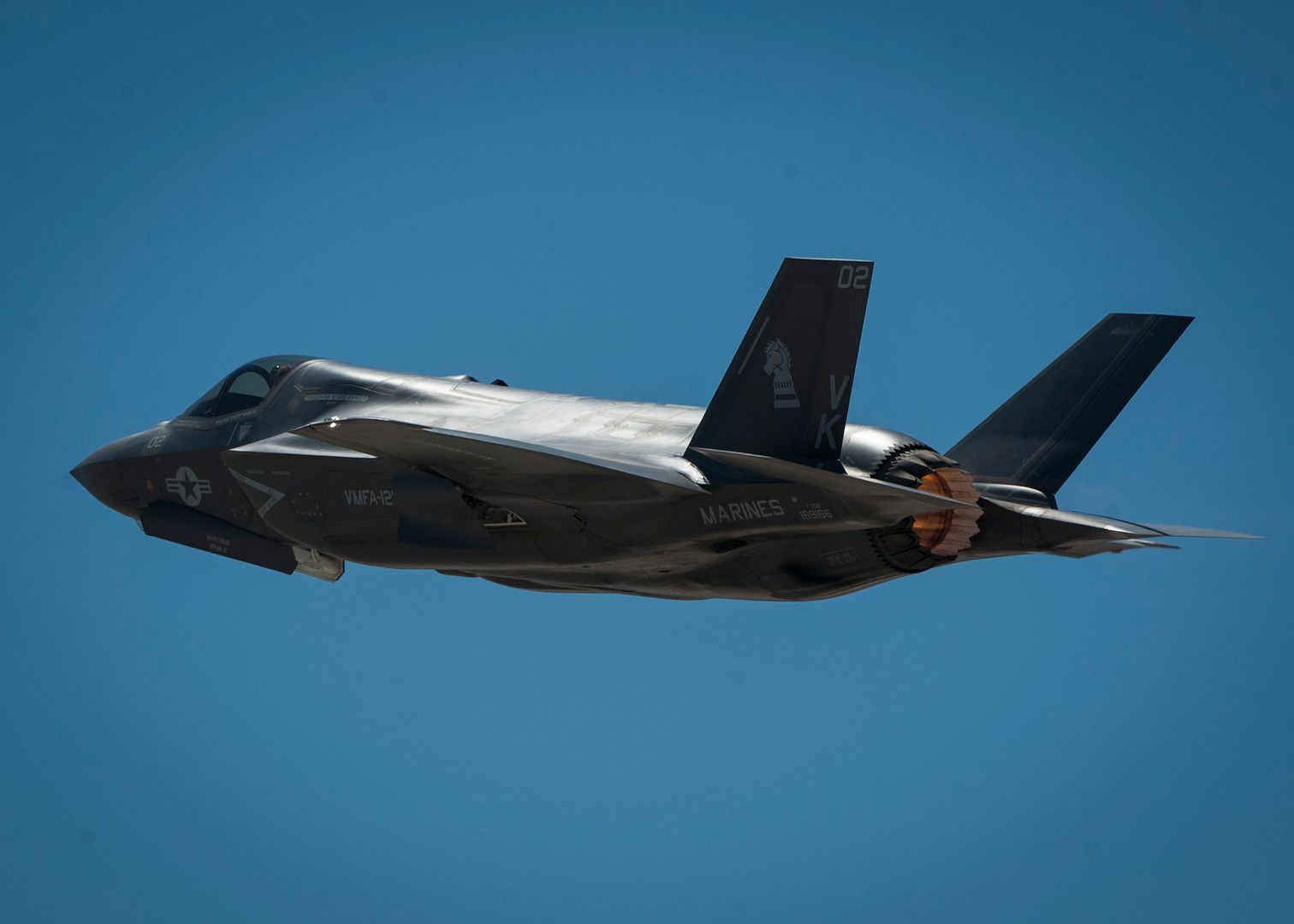
A B-52 Stratofortress from Barksdale Air Force Base, Louisiana, taxis down the Nellis Air Force Base, Nev., flightline in preparation for a training sortie during Red Flag 16-3, July 19, 2016. While participating in Red Flag, the B-52?s primary role is air support, where they are tasked with striking air tasking order assigned targets. (U.S. Air Force photo by Senior Airman Jake Carter/Released)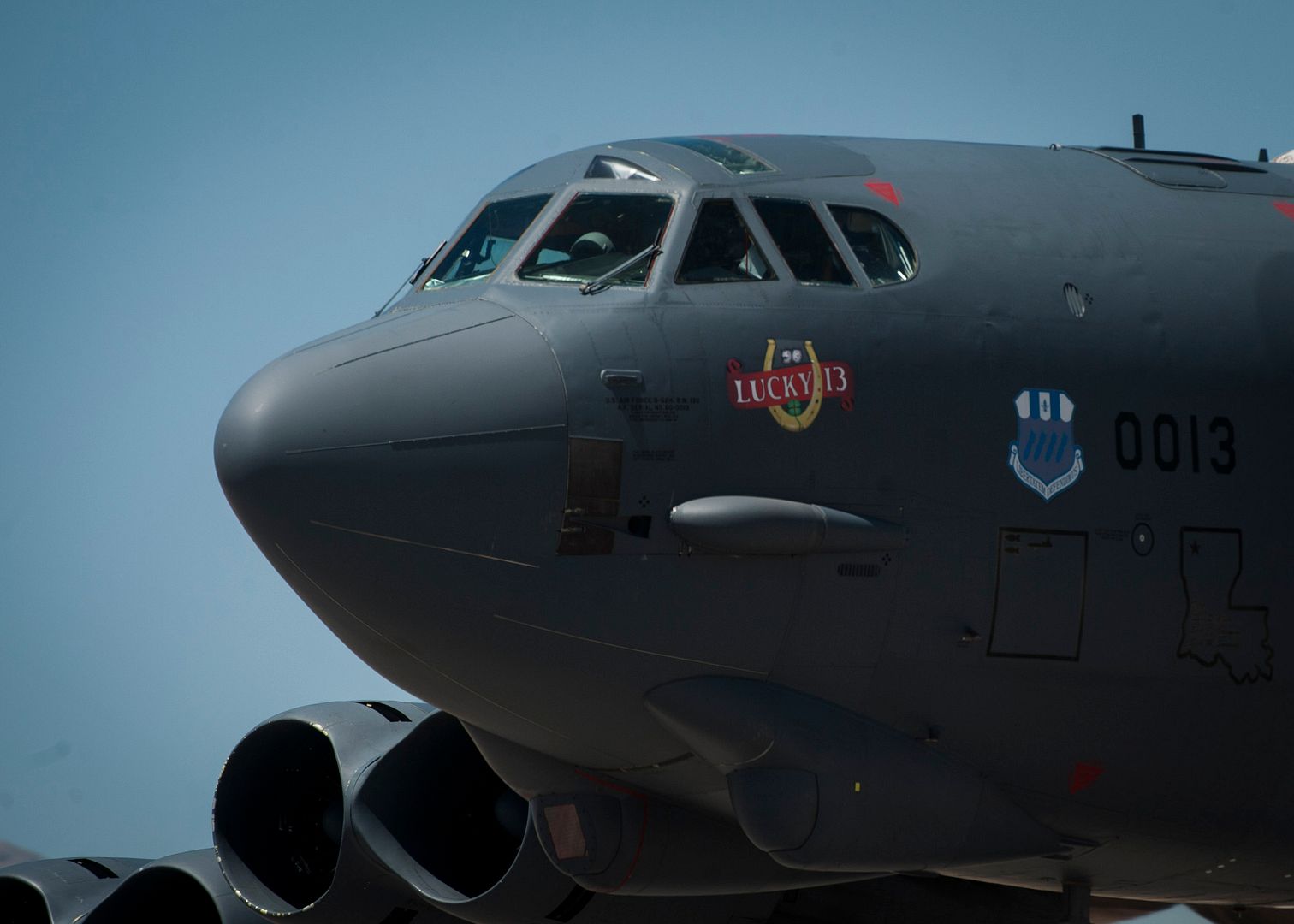
EGLIN AIR FORCE BASE, Fla. --
Eglin?s Operational Flight Program Combined Test Force completed a historic test mission here July 8 on an aircraft system that will enhance the life and lethality of the F-15.
The first-ever flight equipped with the Advanced Display Core Processor II tested the aircraft?s flight safety, in-flight refueling and basic landing capabilities over Eglin?s water and land ranges.
?We were not only the first unit in the Air Force to fly it, we were the first unit in the world to fly it,? said Maj. Justin Elliott, the experimental test pilot, who flew the ADCP II?s maiden flight.
The ADCP II computer operating system controls all displays, basic flight instruments, caution and warning capabilities, cooling and heating and every weapon and targeting system in the jet, according to Elliott, the 40th Flight Test Squadron F-15 flight commander.
?As our offensive and defensive systems continue to evolve, more processing power is required to control them,? said Elliott. ?It?s been over a decade since the F-15 fleet received a new central processor, and in that window, we?ve added nearly $10 billion in new sensors, weapons and systems.?
Though the oldest of Eglin?s F-15s are 30 years old, the Boeing-developed processor allows users to expand their capabilities further through 2040.
?This processor will allow us to drive a new defensive suite, an entirely new cockpit of displays, and a significant number of future additions to the jet that have not even been designed yet,? said Elliott.
The OFP CTF?s mission is crucial to supporting the F-15 lifecycle. The unit has been managing the ADCP II test program since its preliminary stages in 2011, to include involvement in the program?s hardware and software development, according to Craig Franke, OFP CTF senior test engineer.
?Until the processor?s stability is demonstrated, we will be the sole unit managing the program?s development alongside the 40th FLTS executing the ADCP II flight test program,? said Franke.
The ADCP II flight test was hailed a success and was put back in the air just a week later to continue the program?s test timeline of approximately 120 test missions on the F15E and F-15C combined.
?The system?s capabilities exceeded our expectations and brought us home safely,? said Elliott. ?Like all new things, we will have problems to fix and things to improve, but I have every confidence this system will take us into the future.?
Simply put, Elliott assures age is just a number when it comes to the F-15.
?I pity the first enemy fighter who meets an ADCP II F-15 and thinks it?s a legacy fighter,? said Elliott. ?They will be in for a sore disappointment.?
A lynchpin technology, the ADCP II is the line leader in a domino-effect of F-15 upgrades that will enhance radar and warning system capabilities for the entire F-15 fleet, according to Franke.
As the Air Force?s only dual-major command squadron under Air Force Material Command and Air Combat Command, the OFP CTF manages the end-to-end developmental and operational test requirements for all F-15 software and hardware changes.
?The F-15 is undergoing a modernization surge that will see us test and field the most systems in the history of the aircraft,? said Lt. Col. Michael Lynch, OFP CTF commander. ?On top of the ACDP II, major programs we?re managing include a datalink capability, infrared search and track sensor and defensive electronic warfare capability.?
The OFP CTF is made up of aircrew, engineers, program managers, and analyst, information technology, maintenance, and security personnel. They also team up with other base units, including the 40th FLTS and 85th Test and Evaluation Squadron, and geographically separated units at Nellis Air Force Base, Nev., to form an integrated test team.
?We?re the backbone that ensures the F-15 continues to be the cornerstone that provides combat airpower for America,? said Lynch. ?We support the warfighter through our ability to bring new and emerging capabilities to the aircraft - the better we can integrate the F-15 inside and out, the more options we provide the combatant commander.?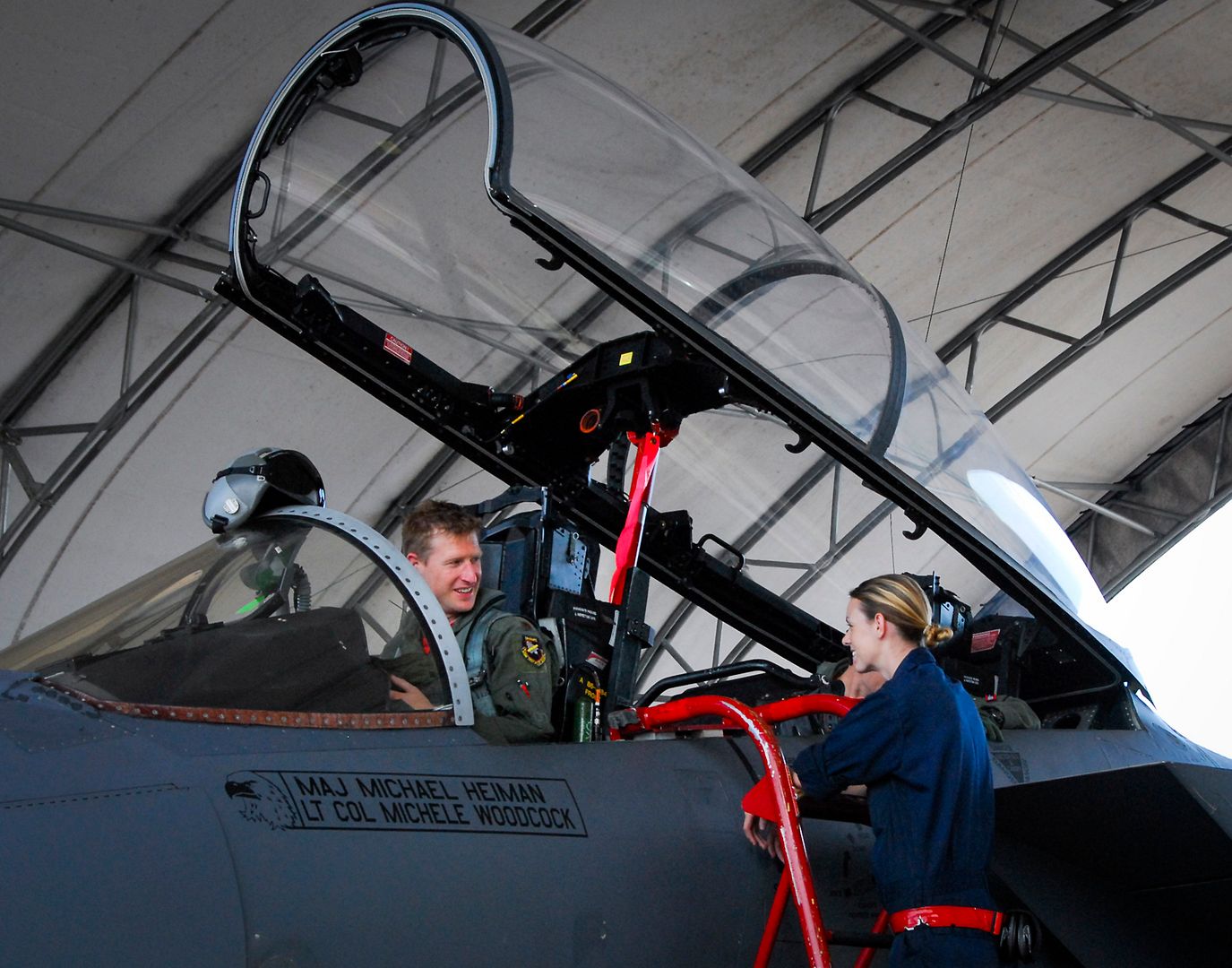
Fort Worth, Texas, July 26, 2016 ? Lockheed Martin (NYSE: LMT) and Korea Aerospace Industries successfully completed the initial test flight of its second T-50A configured aircraft in Sacheon, South Korea. The T-50A is the company?s aircraft offering in the U.S. Air Force?s Advanced Pilot Training (APT) competition.
?We now have two aircraft in flight test proving our upgrade, and we?re nearing completion of our assembly and training operations center in Greenville, South Carolina,? said Doug Batista, Lockheed Martin T-50A program manager. ?We?re on track to provide the U.S. Air Force with a production line and training capability on day one of contract award.?
The T-50A is low risk and ready now. It builds on the proven heritage of the T-50 with more than 100 T-50s flying today?100,000 flight hours and counting?and more than 1,000 pilots trained.
The T-50A is the only offering that meets all APT requirements and can deliver those capabilities on schedule at the lowest risk to the customer. Lockheed Martin teams studied clean-sheet alternatives and determined they pose prohibitive risk to APT cost and schedule requirements. The T-50A delivers the performance and capabilities needed to prepare pilots to fly, fight and win with 5th Generation fighter aircraft.
The T-50A was developed jointly by Lockheed Martin and Korea Aerospace Industries. The accompanying T-50A Ground-Based Training System features innovative technologies that deliver an immersive, synchronized ground-based training platform.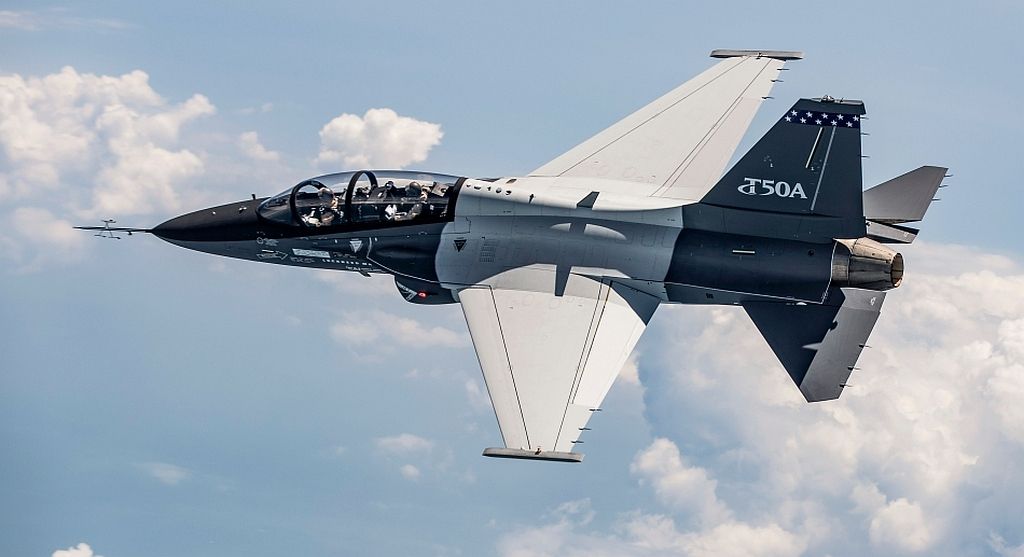
SAN DIEGO, July 26, 2016 (GLOBE NEWSWIRE) -- Northrop Grumman Corporation's (NYSE:NOC) autonomous Global Hawk unmanned aircraft system (UAS) surpassed 200,000 flight hours, reinforcing its status as the most effective high altitude, long endurance intelligence gathering aircraft in the world. The U.S. Air Force's Global Hawks logged 88 percent of the 200,000 flight hours with the remaining hours flown by NASA Global Hawks, Germany's Full Scale Demonstrator and the Navy's broad area maritime surveillance aircraft systems.
Global Hawks operate at altitudes up to 60,000 feet for more than 30 hours, surveying thousands of square miles on a single mission. Global Hawk carries a variety of sensor payloads that allow military commanders to gather near real-time imagery and use radar to detect moving or stationary targets on the ground. The system also provides airborne communications and information sharing capabilities to military units in harsh environments.
"Global Hawk has set endurance records and displayed an unmatched record of safety while reducing per hour flight costs to half the cost of the manned alternative," said Mick Jaggers, vice president and program manager, Global Hawk, Northrop Grumman. "This milestone is especially meaningful as it comes just before the 15th anniversary of Global Hawk's first deployment into the theater of operations following the tragic events of 9/11. We expect Global Hawk to continue to provide indispensable ISR information to our warfighters."
The Global Hawk system is building on its heritage of innovation, modernizing its current capabilities by integrating new technologies that enhance capabilities, performance and reliability. Earlier this year, Global Hawk successfully flew a SYERS-2 intelligence gathering sensor, marking the first time the legacy Air Force sensor has been demonstrated on a high altitude autonomous aircraft. Northrop Grumman plans to fly an Optical Bar Camera and an MS-177 multispectral sensor later this year via Global Hawk's open systems architecture.
Global Hawk entered combat operations shortly after the 9/11 terrorist attacks. Since then, it has flown operational and humanitarian missions around the world supporting Southern California wildfires, the Japanese tsunami, the Haitian earthquake and the Philippines' typhoon. NASA Global Hawk actively monitors environmental changes, tropical storm developments and provides ground breaking approaches to high altitude atmospheric research.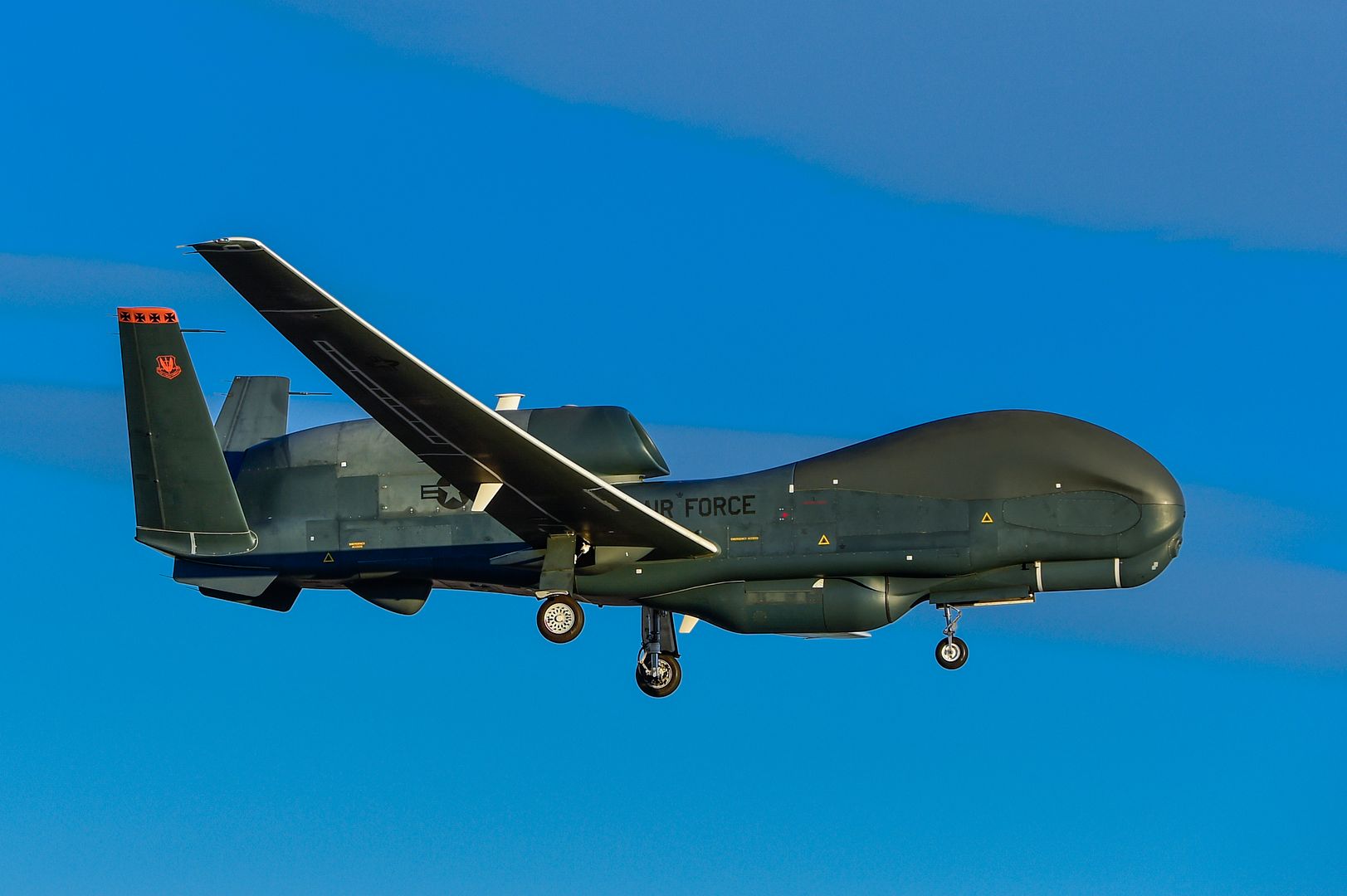
OSHKOSH, Wis., July 26, 2016 ? Boeing (NYSE: BA) today released the 2016 737 MAX Flight Demonstration video at EAA AirVenture in Oshkosh. The video highlights the MAX?s handling characteristics, short field takeoff capability and high-banking turns.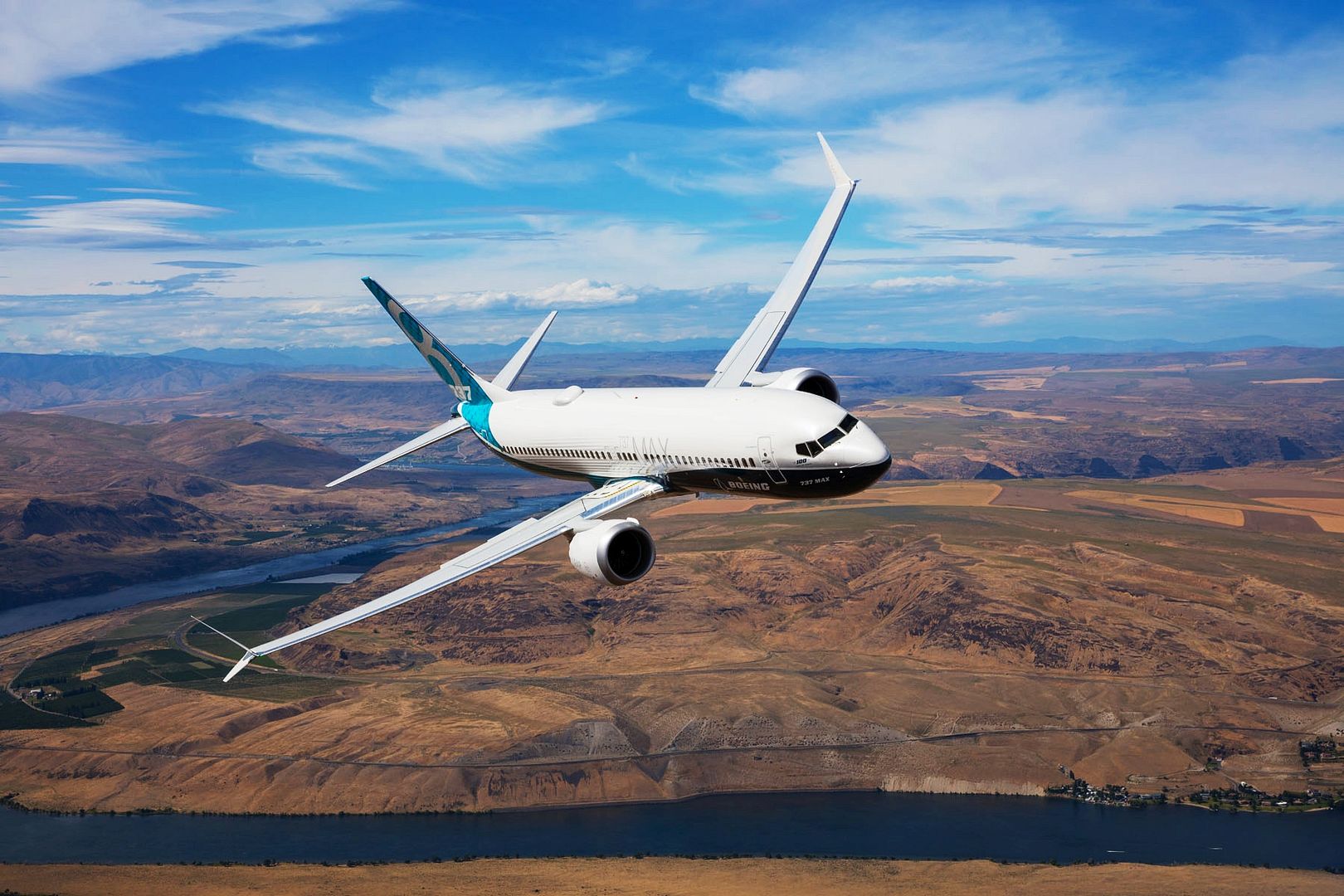
The video was captured in Moses Lake, Wash., as Capts. Mike Bryan, Greg McCann and Chris Dobb, Boeing test pilots, practiced the flight demonstration performed at the Farnborough International Airshow earlier this month.
The 737 MAX incorporates the latest technology CFM International LEAP-1B engines, Advanced Technology winglets and other improvements to deliver the highest efficiency, reliability and passenger comfort in the single-aisle market.
The new single-aisle airplane will deliver 20 percent lower fuel use than the first Next-Generation 737s and the lowest operating costs in its class ? 8 percent per seat less than its nearest competitor. To date, the 737 MAX has accumulated 3,266 orders from 68 customers.
26 July 2016 Press Release
New York-based JetBlue Airways has amended its purchase agreement with Airbus to include an additional 15 Airbus A321ceo (current engine option) and 15 A321neo (new engine option) aircraft. The airline, which already operates A321s, has not yet announced its engine selection for the newly ordered aircraft. Beginning in 2019, JetBlue has the flexibility to configure the New Engine Option aircraft to the Longer Range version of the A321 ? the A321LR.
?Airbus has been our partner since the beginning, and we are proud that our partnership continues today,? said Robin Hayes, president and CEO, JetBlue. ?The A321 is an incredible aircraft that is delivering results for our business. We intend to deploy many of these aircraft to expand our successful Mint experience and our west coast presence.?
Many of JetBlue?s newly ordered A321 aircraft are expected to be delivered from Airbus? newest manufacturing facility in Mobile, Alabama. The first aircraft to be produced at Airbus? U.S. Manufacturing Facility ? a JetBlue A321 known as ?BluesMobile? ? is on public display today at the EAA AirVenture air show in Oshkosh, Wisconsin. BluesMobile was delivered to the airline and entered service this spring.
?When we decided to build an assembly line in the U.S., we did it to help meet the increasing demand from our U.S. customers,? said John Leahy, Chief Operating Officer ? Customers. ?The A320 Family is a market leader worldwide ? one that has found particularly great success in the United States because of its economics, efficiency and comfort. We look forward to delivering more and more aircraft from our U.S. facility to our customers here in America.?
JetBlue currently operates a fleet of 160 A320 Family aircraft, including 130 A320s and 30 A321s. Including the order announced today, the airline?s backlog of Airbus aircraft comprises 116 planes: 25 A320neo, 31 A321ceo, and 60 A321neo aircraft.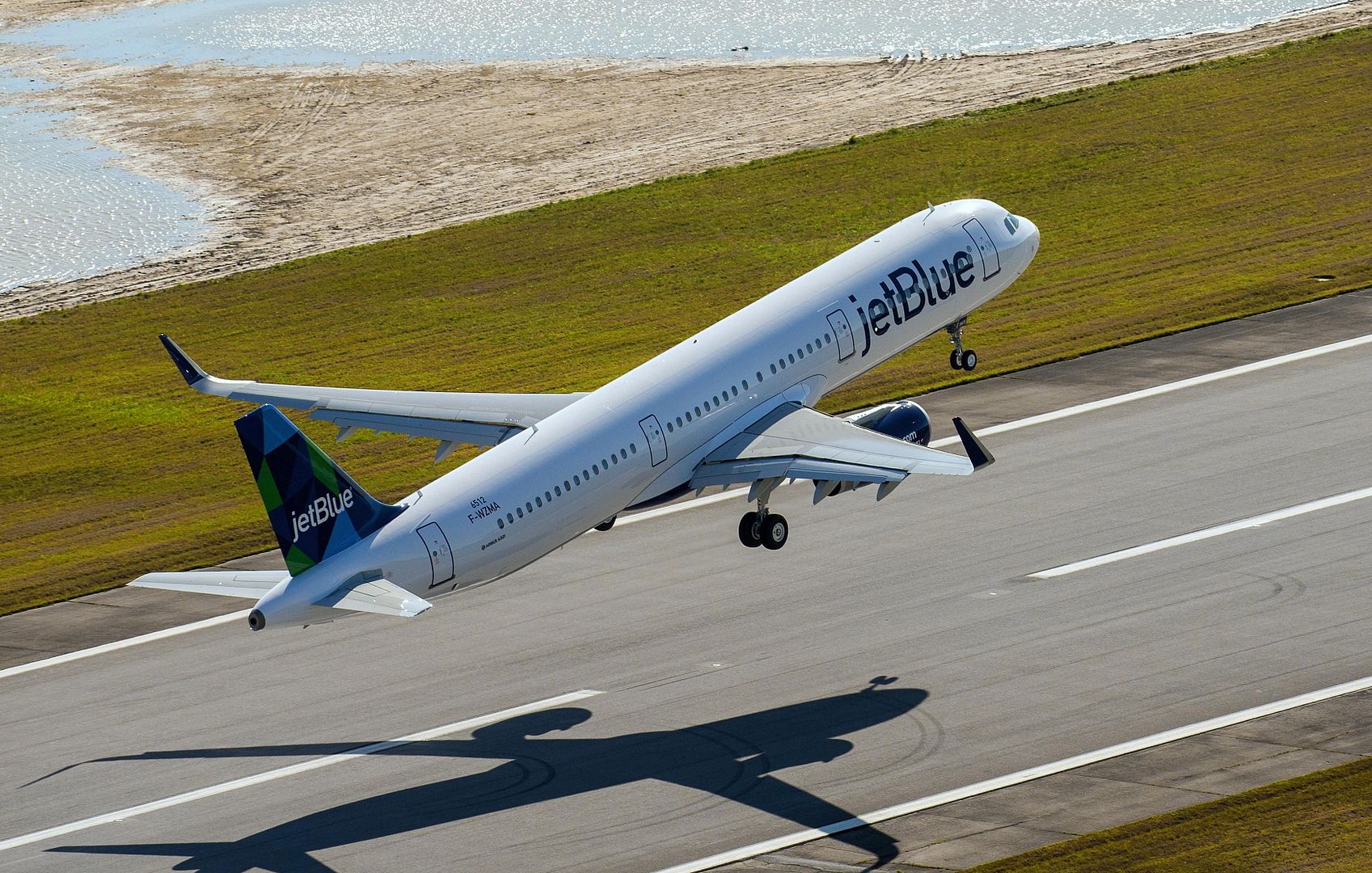
July 25, 2016 Toronto Commercial Aircraft, Press Release
Bombardier Commercial Aircraft announced today that the Government of Tanzania has signed a firm purchase agreement for two Q400 turboprop airliners. The aircraft will be delivered with a 76-seat, dual-lavatory configuration and will be used for commercial airline operations in the region.
Based on the list price of the Q400 airliner, the firm order is valued at approximately US $62 million.
?Our Q400 aircraft will provide affordable, convenient and comfortable air transport solutions,? said Dr. Leonard Chamuriho, Permanent Secretary, Ministry of Transport, Works and Communication, Tanzania. ?We are committed to providing state-of-the-art service to our passengers and are keen to expand further as our business grows to include new destinations in Tanzania and the African region.
?Tanzania is a large country with some challenging airfields, and the Q400 turboprop?s capability to operate at these airports, its jet-like speed, long-range cruise capability and outstanding turboprop economics were key factors that guided us in selecting the aircraft for our operations,? added
Dr. Chamuriho. ?The level of in-continent support that Bombardier offers is also very important for us.?
?This transaction not only solidifies the relationship between the Government of Tanzania, and Bombardier, but also reaffirms Africa as one of the most prolific Q400 aircraft markets. The Q400 aircraft is a showcase for the continent, where it has proved itself to be extremely efficient as well as cost-effective,? said Jean-Paul Boutibou, Vice President, Sales - Middle East and Africa, Bombardier Commercial Aircraft.
Bombardier?s Dash 8/Q-Series turboprops and CRJ Series regional jets have made significant advances in Africa where approximately 160 aircraft ? including more than 50 Q400 turboprops -- are in service with, or ordered by, approximately 40 customers and operators.
Bombardier?s customer support network for commercial aircraft in Africa includes a Regional Support Office (RSO) and spare parts depot, co-located in Johannesburg, South Africa as well as Authorized Service Facilities in South Africa and Ethiopia. Operating from the company?s regional office located in the United Arab Emirates, Bombardier Commercial Aircraft?s sales and marketing team is well positioned to provide industry-leading solutions to its current and prospective customers.
Sixteen Pacific Aerospace CT-4B Airtrainer aircraft from the Basic Flying Training School fly in formation over Tamworth. *** Local Caption *** The Australian Defence Force Basic Flying Training School has celebrated 250,000 flying hours in the Pacific Aerospace CT-4B Airtrainer aircraft, a significant milestone for both the unit and the aircraft. The milestone was celebrated on Tuesday 12 July 2016 with a reception for invited guests from Air Force, BAE Systems and key dignitaries from the local Tamworth community including the Mayor of Tamworth and Local MP. A flypast was conducted with 16 CT-4B aircraft flying over Australian Defence Force Basic Flying Training School and Tamworth.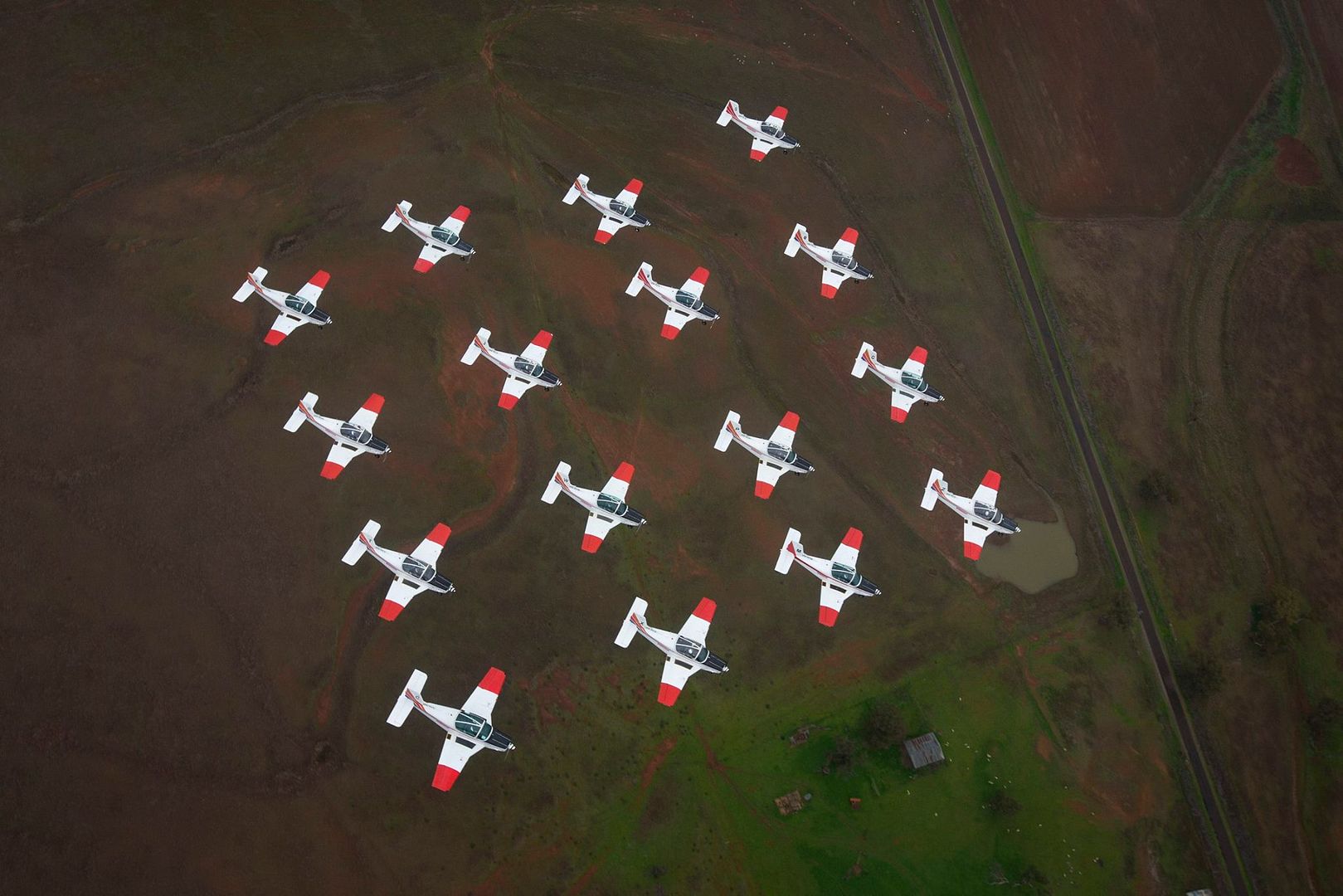
-
 Main AdminJOINT BASE PEARL HARBOR-HICKAM (July 26, 2016) Four F-22 Raptors from the 199th Fighter Squadron and the active-duty 19th Fighter Squadron await refueling from a KC-135R Stratotanker belonging to the 465th Air Refueling Squadron from Tinker Air Force Base, Okla., during Rim of the Pacific 2016. Twenty-six nations, more than 40 ships and submarines, more than 200 aircraft, and 25,000 personnel are participating in RIMPAC from June 30 to Aug. 4, in and around the Hawaiian Islands and Southern California. The world's largest international maritime exercise, RIMPAC provides a unique training opportunity that helps participants foster and sustain the cooperative relationships that are critical to ensuring the safety of sea lanes and security on the world's oceans. RIMPAC 2016 is the 25th exercise in the series that began in 1971. (U.S. Navy photo's by Mass Communication Specialist 2nd Class Gregory A. Harden II)
Main AdminJOINT BASE PEARL HARBOR-HICKAM (July 26, 2016) Four F-22 Raptors from the 199th Fighter Squadron and the active-duty 19th Fighter Squadron await refueling from a KC-135R Stratotanker belonging to the 465th Air Refueling Squadron from Tinker Air Force Base, Okla., during Rim of the Pacific 2016. Twenty-six nations, more than 40 ships and submarines, more than 200 aircraft, and 25,000 personnel are participating in RIMPAC from June 30 to Aug. 4, in and around the Hawaiian Islands and Southern California. The world's largest international maritime exercise, RIMPAC provides a unique training opportunity that helps participants foster and sustain the cooperative relationships that are critical to ensuring the safety of sea lanes and security on the world's oceans. RIMPAC 2016 is the 25th exercise in the series that began in 1971. (U.S. Navy photo's by Mass Communication Specialist 2nd Class Gregory A. Harden II)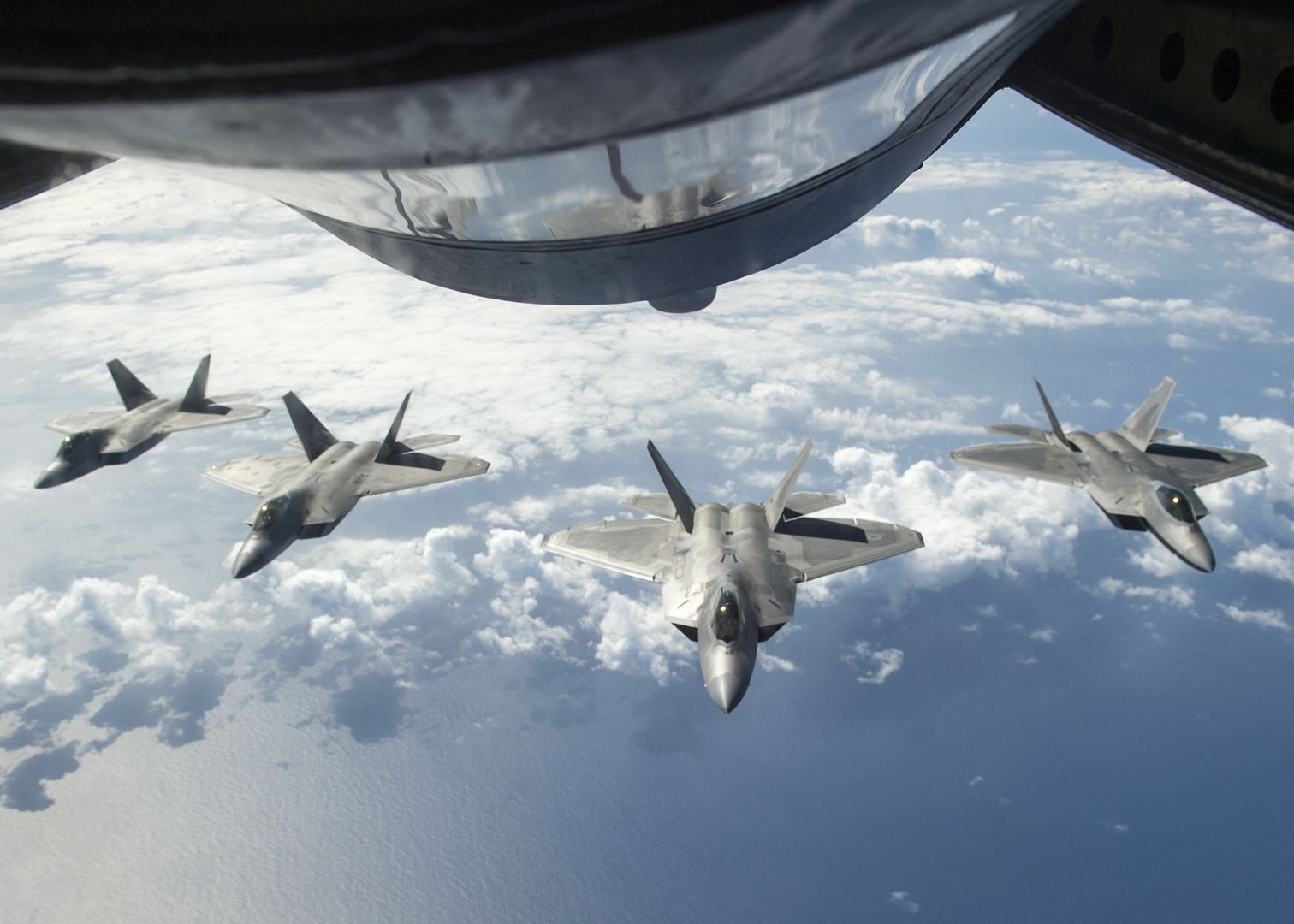
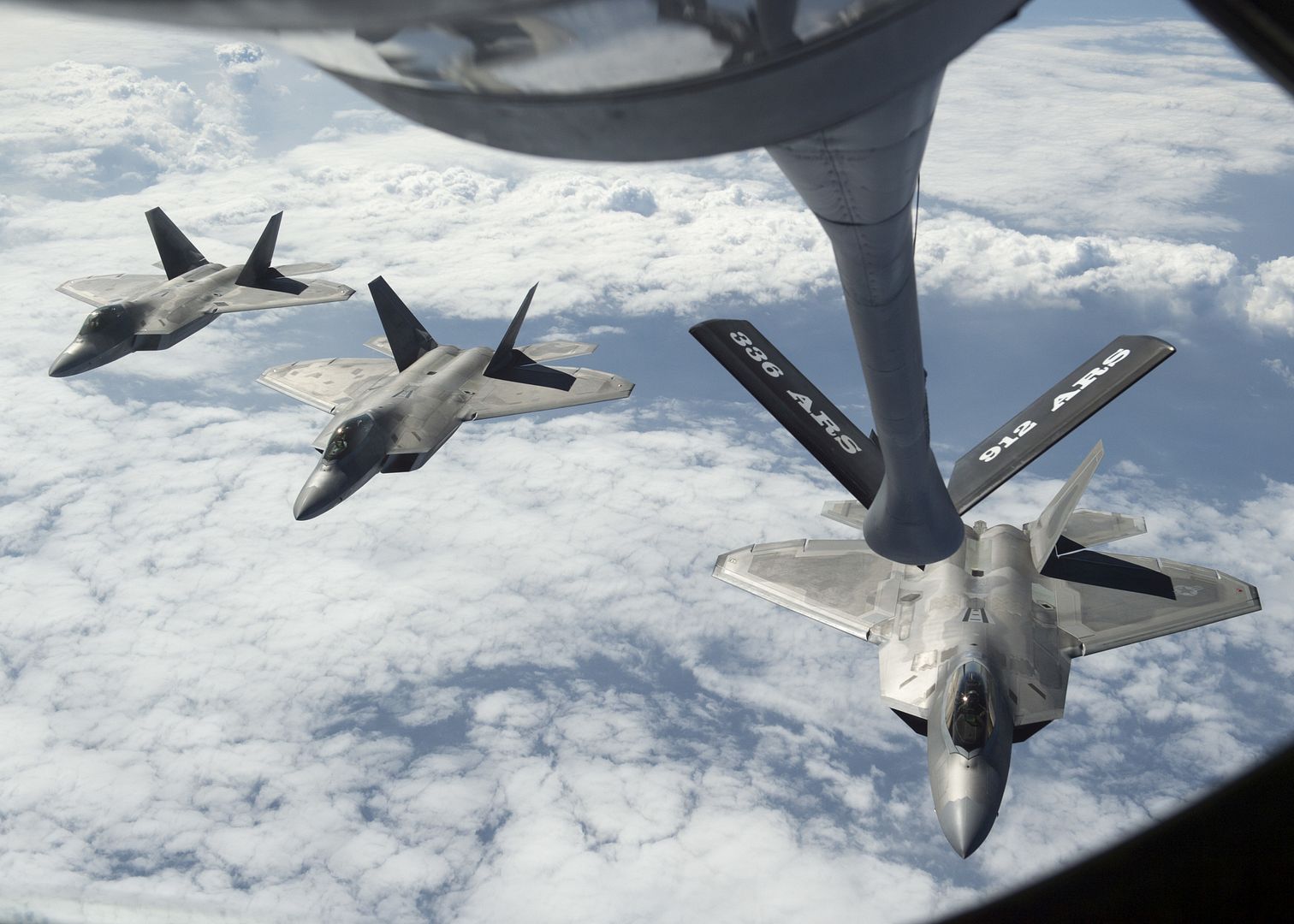
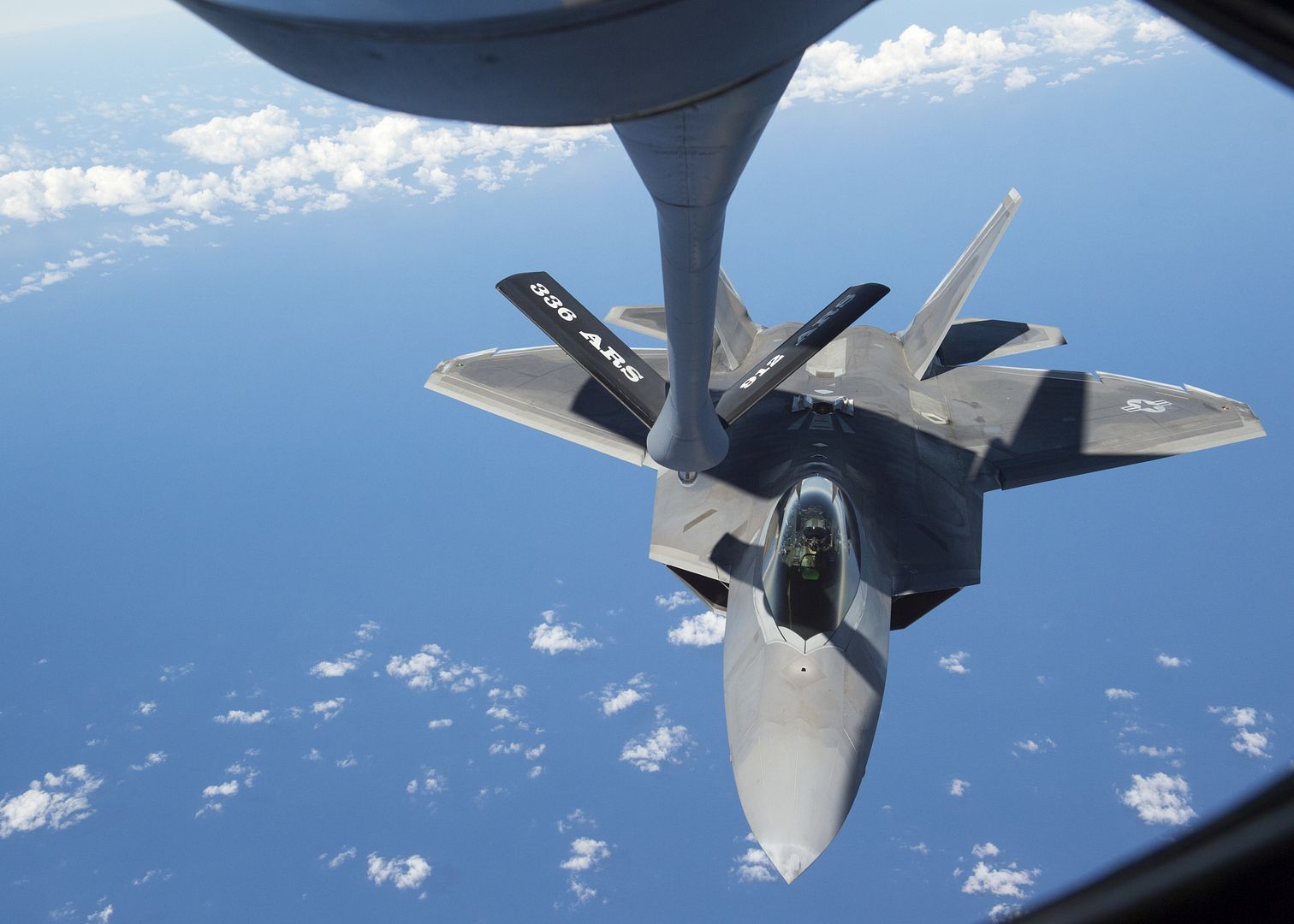
-
 Main AdminPACIFIC OCEAN (July 25, 2016) ? A Royal New Zealand Navy SH-2G Seasprite helicopter flies over the Pacific Ocean after departing the amphibious assault ship USS America (LHA 6). America is underway conducting maritime exercises with partner nations for Rim of the Pacific 2016. Twenty-six nations, more than 40 ships and submarines, more than 200 aircraft and 25,000 personnel are participating in RIMPAC from June 30 to Aug. 4, in and around the Hawaiian Islands and Southern California. The world's largest international maritime exercise, RIMPAC provides a unique training opportunity that helps participants foster and sustain the cooperative relationships that are critical to ensuring the safety of sea lanes and security on the world's oceans. RIMPAC 2016 is the 25th exercise in the series that began in 1971. (U.S. Navy photo by Mass Communication Specialist 1st Class Demetrius Kennon/Released)
Main AdminPACIFIC OCEAN (July 25, 2016) ? A Royal New Zealand Navy SH-2G Seasprite helicopter flies over the Pacific Ocean after departing the amphibious assault ship USS America (LHA 6). America is underway conducting maritime exercises with partner nations for Rim of the Pacific 2016. Twenty-six nations, more than 40 ships and submarines, more than 200 aircraft and 25,000 personnel are participating in RIMPAC from June 30 to Aug. 4, in and around the Hawaiian Islands and Southern California. The world's largest international maritime exercise, RIMPAC provides a unique training opportunity that helps participants foster and sustain the cooperative relationships that are critical to ensuring the safety of sea lanes and security on the world's oceans. RIMPAC 2016 is the 25th exercise in the series that began in 1971. (U.S. Navy photo by Mass Communication Specialist 1st Class Demetrius Kennon/Released)
PACIFIC OCEAN (July 26, 2016) ? A Z-8JH ambulance helicopter attached to Chinese Navy hospital ship Peace Ark (866) recovers personnel while conducting a search and rescue exercise, during Rim of the Pacific 2016. Twenty-six nations, more than 40 ships and submarines, more than 200 aircraft and 25,000 personnel are participating in RIMPAC from June 30 to Aug. 4, in and around the Hawaiian Islands and Southern California. The world's largest international maritime exercise, RIMPAC provides a unique training opportunity that helps participants foster and sustain the cooperative relationships that are critical to ensuring the safety of sea lanes and security on the world's oceans. RIMPAC 2016 is the 25th exercise in the series that began in 1971. (Chinese Navy photo)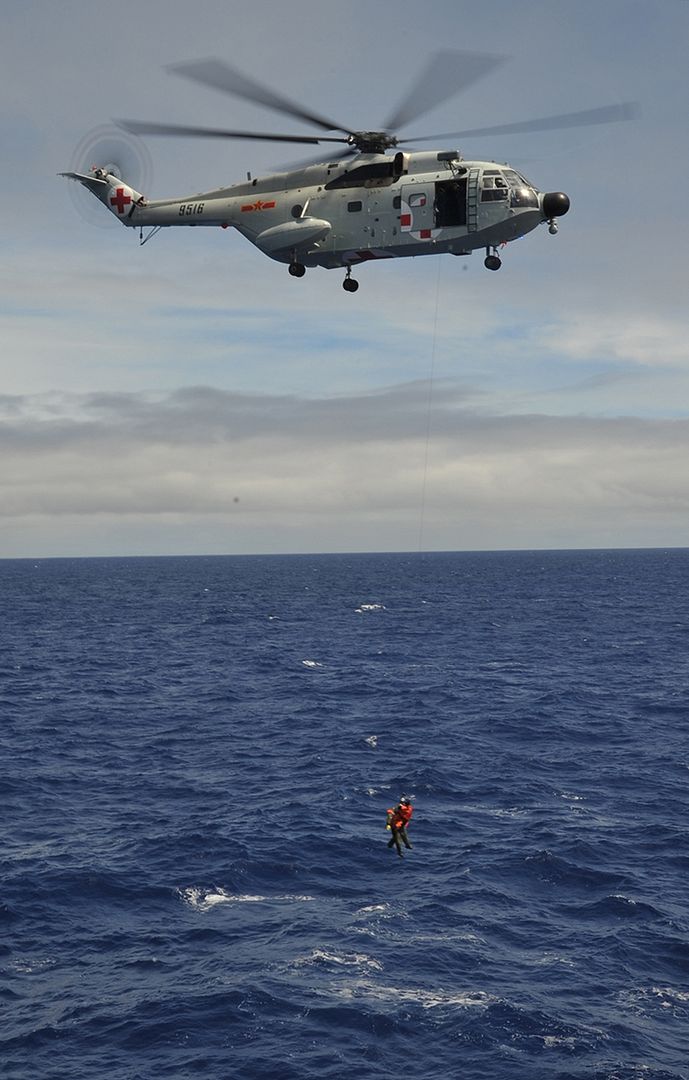
KUALA LUMPUR, Malaysia, July 27, 2016 ? Boeing [NYSE: BA] and Malaysia Airlines Berhad (Malaysia Airlines) announced today an order for 25 737 MAX 8 airplanes, valued at $2.75 billion dollars at current list prices. The order, previously attributed to an unidentified customer on the Boeing Orders & Deliveries website, also includes purchase rights for additional 737 MAX 8 and 737 MAX 9 airplanes.
"This deal is a game-changer for Malaysia Airlines with much lower costs and greater efficiency which we will pass on to our loyal customers with lower fares," said Malaysia Airlines Chief Executive Officer Peter Bellew. "With the 737 MAX's longer range capabilities, we will be able to connect our passengers to more destinations, in greater comfort and with superior economics."
The Malaysian national carrier has operated almost every derivative of the 737 airplane family and took delivery of its 100th 737 in December 2014. Malaysia Airlines currently operates 56 737-800s.
"The 737 MAX will continue the superior operating economics and reliability of the 737 that Malaysia Airlines has depended on for more than 40 years," said Dinesh Keskar, senior vice president, Asia Pacific & India Sales, Boeing Commercial Airplanes. "We are honored to continue our long partnership with Malaysia Airlines and welcome them to the growing 737 MAX family."
"Malaysia Airlines is now on a path to growth across the Asean region," said Bellew. "This new aircraft order will set the stage for our continued recovery and success into the next decade."
The 737 MAX will deliver 20 percent lower fuel use than the first Next-Generation 737s and the lowest operating costs in its class ? 8 percent per seat less than its nearest competitor. The new single-aisle airplane incorporates the latest technology CFM International LEAP-1B engines, Advanced Technology winglets and other improvements to deliver the highest efficiency, reliability and passenger comfort in the single-aisle market.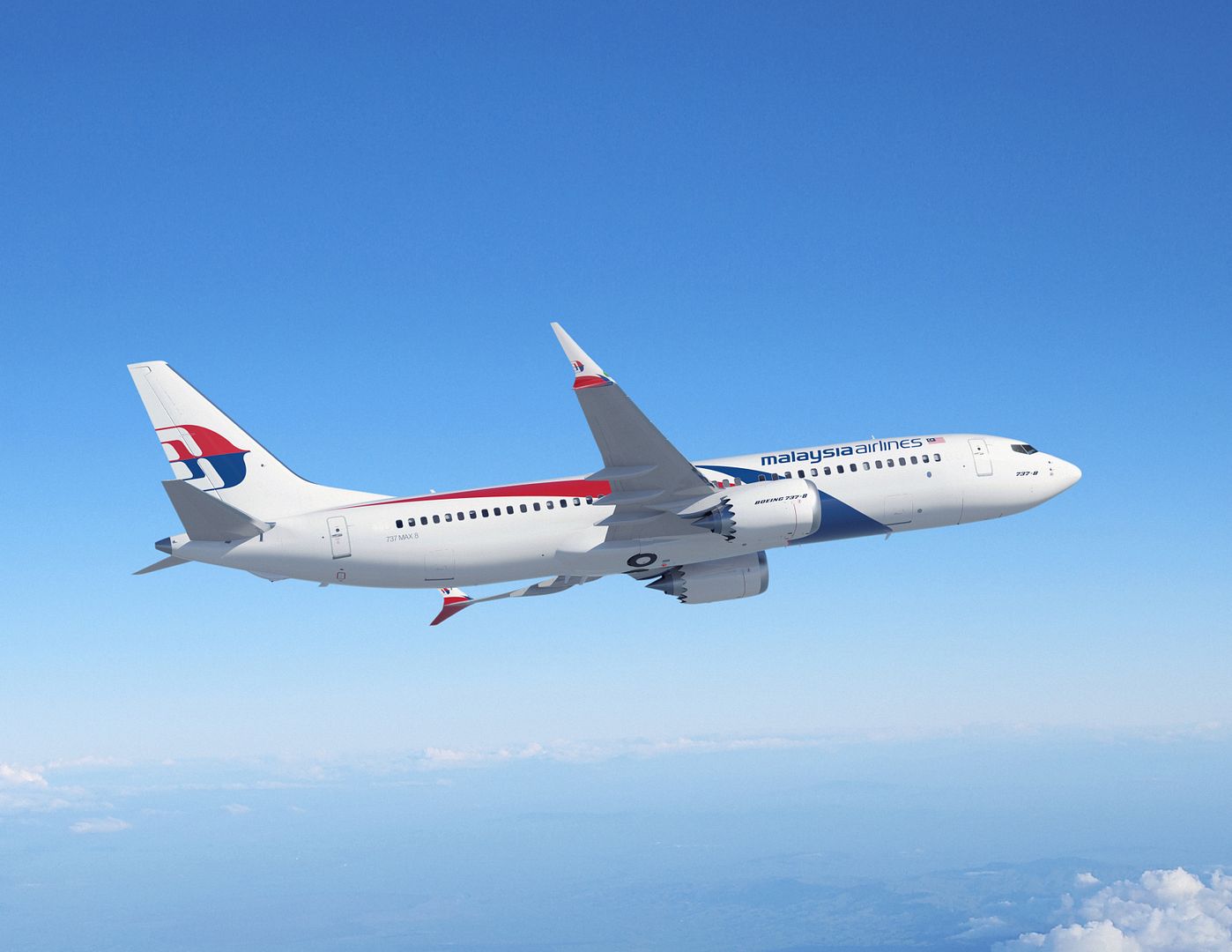
Oshkosh, Wisconsin ? July 27, 2016 - Embraer Executive Jets launched today an evolution of its entry-level Phenom 100 business jet, the Phenom 100 EV, at the EAA AirVenture Fly-In and Convention. Featuring a new avionics suite with the Prodigy Touch flight deck, based on the Garmin G3000, and modified Pratt & Whitney Canada PW617F1-E engines, offering more speed with superior hot-and-high performance, the Phenom 100 EV will enter the market in the first half of 2017.
The aircraft will enjoy dual launch customers, each with unique operating requirements. Mexico?s Across, a premium business aviation services provider, will benefit from the aircraft?s hot-and-high performance out of its base at Toluca International Airport (TLC). Emirates Flight Training Academy, the new world class training facility due to open later this year set up by Emirates Airlines to address the industry?s growing demand for pilots, recently upgraded its earlier order for five Phenom 100E to Phenom 100EV becoming the first flight training organization in the world to train cadet pilots using this platform.
?The Phenom 100 revolutionized the entry-level segment when it set new standards for comfort, performance, and operating costs,? said Marco Tulio Pellegrini, President & CEO, Embraer Executive Jets. ?The new Phenom 100 EV will deliver even greater performance and operational capability while preserving its low operating and maintenance costs.?
Pedro Corsi Amerlinck, CEO of Across said: ?As Mexico?s premier air charter solutions provider, our customers expect a world-class experience. Now, with the addition of the Phenom 100 EV to our fleet, our customers will enjoy the unmatched cabin comfort of Embraer?s oval lite cross section, as well as the largest baggage capacity in the segment, all while flying non-stop routes, such as Toluca to Houston and Toluca to Cancun.?
Emirates Flight Training Academy, set to open in October 2016, will offer state of the art facilities including a young and modern aircraft fleet for training cadet pilots. Within its enhanced curriculum, cadets will progress from training on single engine piston aircraft to the jet-powered Embraer Phenom 100 EV. ?We selected the Phenom 100 because we considered it to be the entry-level jet that will offer trainees unmatched systems integration and ease of operation, a high utilization design, low operating costs, airliner-grade performance and docile flying characteristics,? said Adel Al Redha, Emirates? Executive Vice President and Chief Operations Officer. ?Our cadets will benefit from next generation technology, speed and thrust for their training missions in the Phenom 100 EV.?
The Phenom 100 is considered an obvious choice by airlines for preparing cadets for multi-engine jet operations, as well as by owner-operators, corporate flight departments and leading fractional providers. As of today, close to 350 Phenom 100 jets are operating in 37 countries.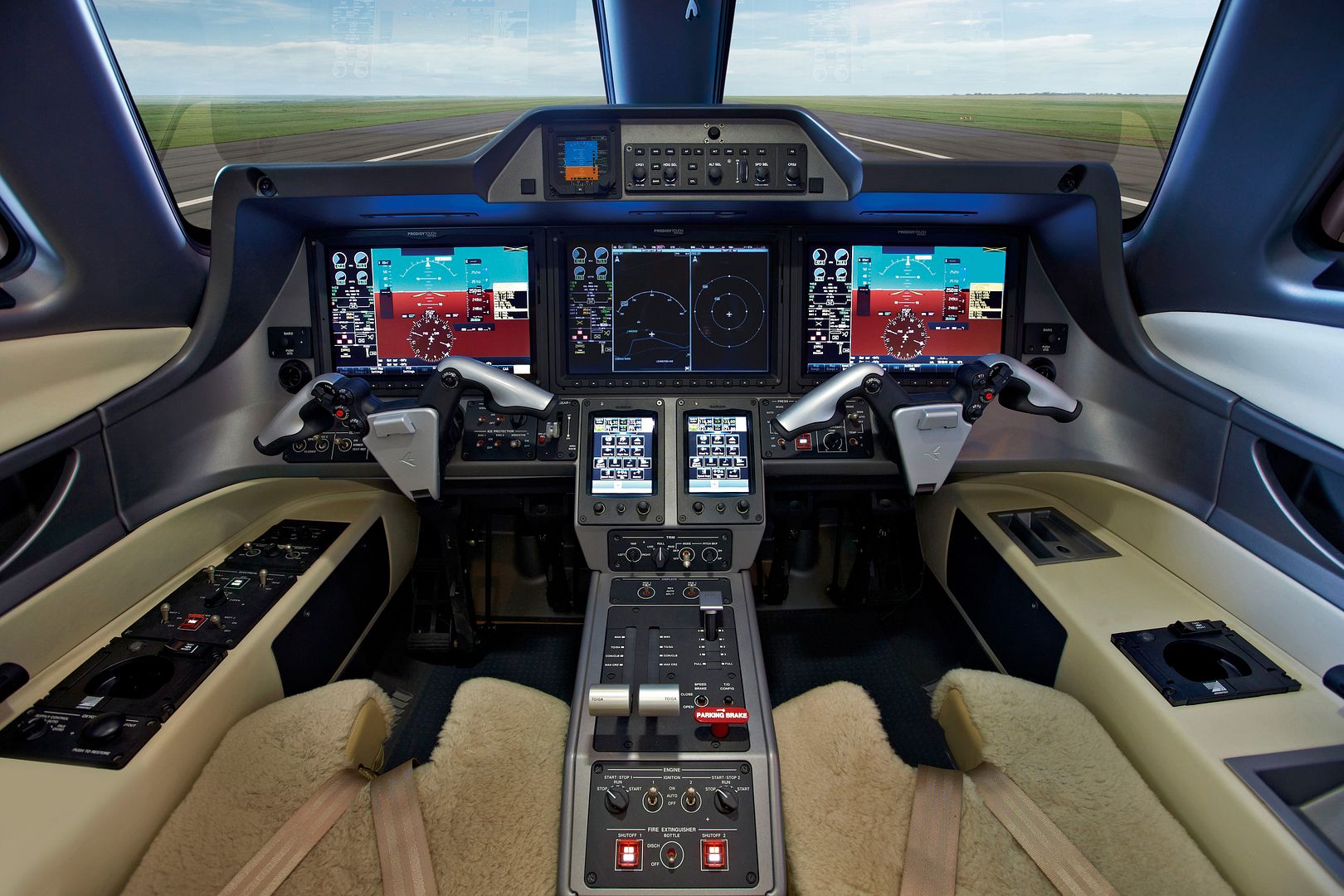
-
8 years agoMon Aug 01 2016, 06:08pm
 Main Admin45th Space Wing supports successful Atlas V NROL-61 launch.
Main Admin45th Space Wing supports successful Atlas V NROL-61 launch.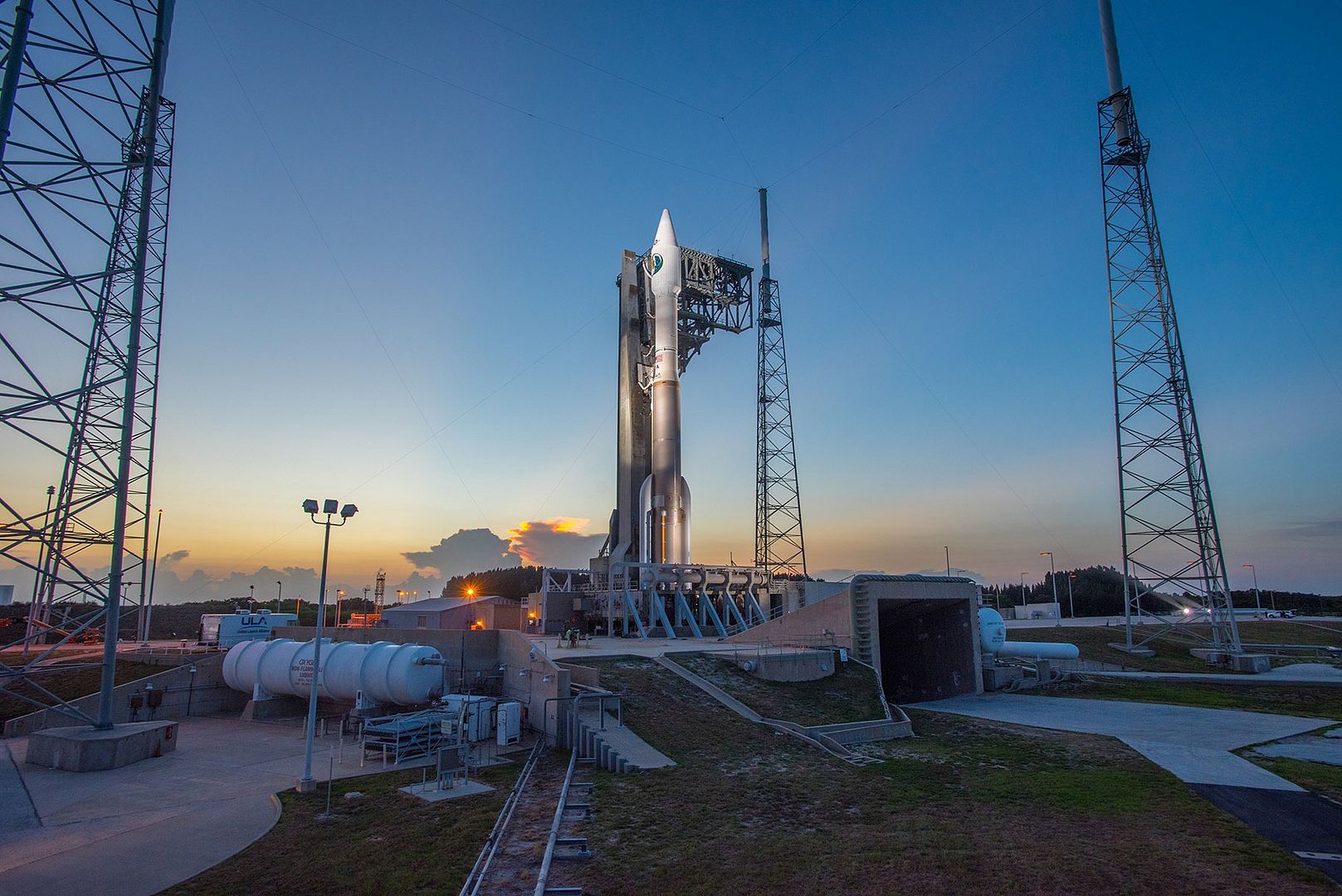
The U.S. Air Force?s 45th Space Wing supported United Launch Alliance?s successful launch of the NROL-61 spacecraft aboard an Atlas V rocket from Space Launch Complex 41 at Cape Canaveral Air Force Station, Fla., July 28, 2016, at 8:37 a.m. ET. Before any spacecraft can launch from Cape Canaveral Air Force Station, a combined team of military, government civilians and contractors from across the 45th Space Wing provide the mission assurance to ensure a safe and successful lift-off for range customers. (Photo's/United Launch Alliance)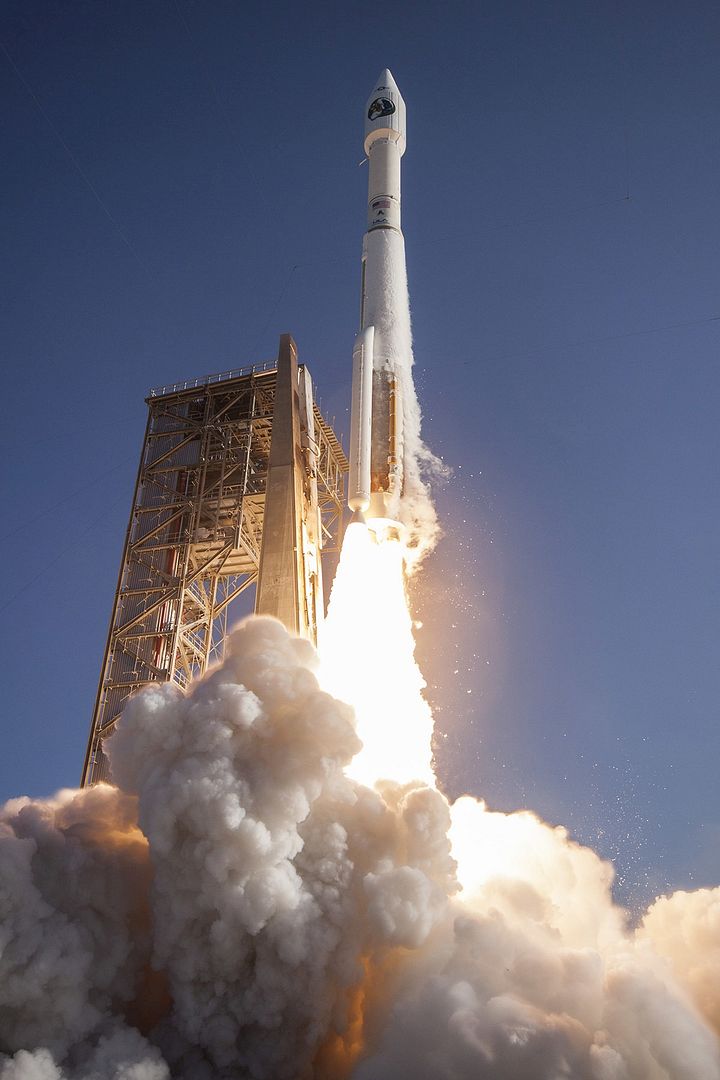
A KC-135R Stratotanker with the 121st Air Refueling Wing refuels A-10C Thunderbolt IIs with the 175th Wing during a training mission July 27, 2016 in the skies over Pennsylvania. (U.S. Air National Guard photo by Airman 1st Class Ashley Williams/Released)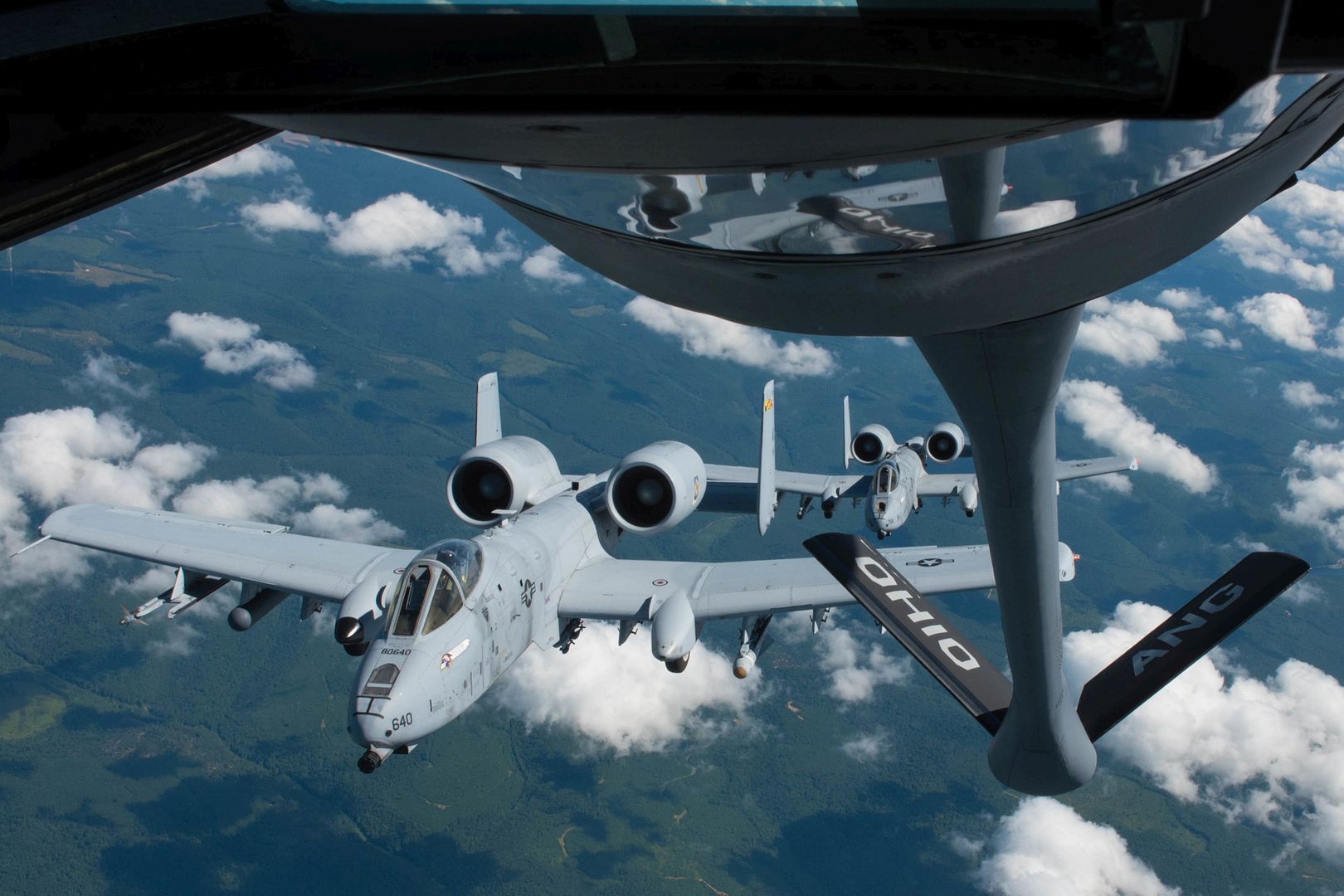
Eugene Sloskey, 62nd Fighter Squadron crew chief, works on the maintenance interface panel of a Norwegian F-35A Lightning II at Luke Air Force Base, Ariz., July 27, 2016. This is the fourth Norwegian F-35 to arrive at Luke. (U.S. Air Force photo by Senior Airman James Hensley)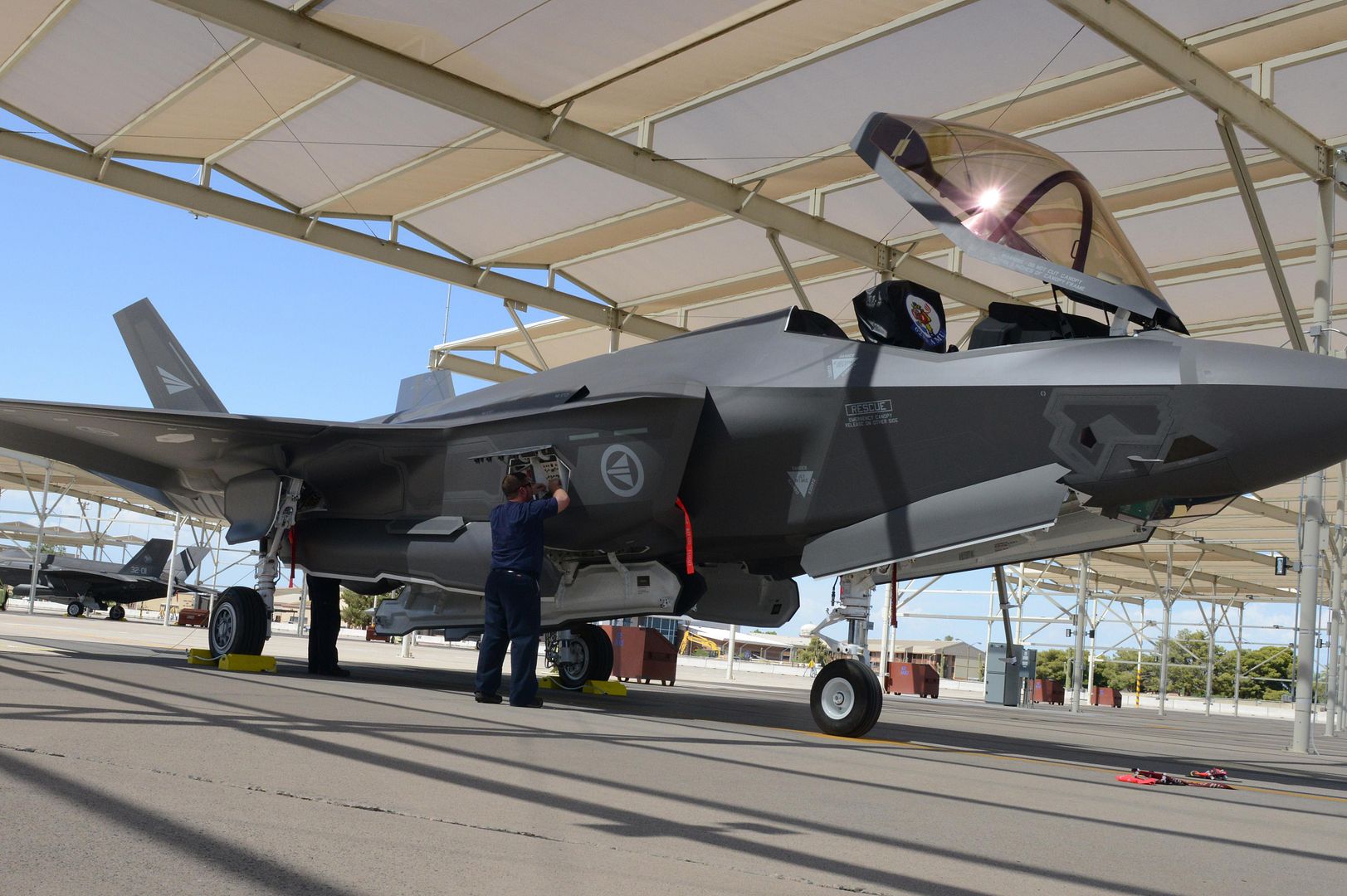
HILL AIR FORCE BASE, Utah -- Airmen of the 388th and 419th Fighter Wings have been hard at work preparing the aircraft for combat readiness since receiving the first operational F-35A Lightning IIs in September 2015.
Gen. Herbert ?Hawk? Carlisle, commander of Air Combat Command has said he expects the jet to reach ?initial operational capability? sometime on the ?leading edge of the August to December window.?
Aircrew and maintainers at Hill?s fighter wings say they?re confident in the combat ability of the aircraft. So far, Hill?s fighter wings have flown more than 854 sorties, with a 91 percent mission effectiveness rate.
Aircrew and mission
Currently, the wings have 21 combat-ready active and reserve pilots who have been putting the aircraft through its paces during training sorties at the Utah Test and Training Range and a deployment to Mountain Home Air Force Base, Idaho in June.
The pilots have trained against fourth generation ?aggressors? like the F-16 and F-15 and also low and high-end surface-to-air threats, said. Lt. Col. George ?Banzai? Watkins, 34th Fighter Squadron commander, a former F-16 pilot with four deployments to Iraq and Afghanistan.
?The combination of the stealth and sensor fusion have really blown me away. We can be everywhere and nowhere at the same time. We can cover so much ground and airspace, but the F-15s or F-16s we?re going up against don?t know where we are,? Watkins said. ?They can?t see us and they can?t target us. It?s a pretty awesome feeling to know that your pilots are bringing an unfair fight. That?s really what we?re looking for.?
All the pilots have deployed either live or inert GPS and laser guided munitions against ground targets and the aircraft are performing well in a basic close air support role.
?We?ve had really good feedback from the (special forces on the ground) we?ve been working with over the course of our CAS training,? Watkins said.
As a multirole stealth fighter, the F-35 can perform basic close air support missions, air interdiction and limited suppression of enemy air defenses.
?That?s where our capability really comes into play. We can detect (SAM) threats and take those threats out, negating them for the follow on forces, while doing close air support at the same time,? said Watkins. ?(In training) the only reason the ?enemy? could track us is because we basically told them where we were and said ?try to shoot at us.? We were still able to take out the surface threats. They were only able to fire on us a couple times and they were what we?d call ?low-probability of kill? shots?with both low and high-end surface threats,? Watkins said.
These mission sets will expand with the weapons suite as the program matures, Watkins said.
Aircraft and modifications
The 388th FW currently has enough deployable aircraft, equipment and spares required to fill a six-ship deployment.
Twelve of the 15 operational F-35As at Hill have received the required modifications and software upgrades to deploy. The modifications included a fuel-system upgrade that allows for higher ?G? limits and another provides protection against lighting.
?These modifications had to be done on our existing fleet, but all of these mods are being implemented on the production line and by the time we get our 25th aircraft those will be done,? said Lt. Col. Steven Anderson, deputy commander for the 388th Maintenance Group. ?That?s the beauty of concurrent development. Part of the reason we?ve done a low-rate initial production is because feedback from the initial unit gets put into the production line.?
The aircraft have also received software upgrades which corrected radar instability issues that popped up with the initial fielding of jets. Because of their progress in the past 10 months, Airmen expect the improvements and capabilities will only continue.
?I went through F-35 training about a year ago and the jets we?re flying now are very different from the jets I learned to fly on at Eglin AFB just 12 months ago,? Watkins said.
Maintenance and systems
There are currently more than 220 F-35 maintainers at Hill AFB and that number will continue to grow as 78 jets are delivered through the end of 2019 when three F-35 squadrons are stood up.
The current cadre is a ?dream team? said Anderson ? maintainers hand-picked by the Air Force from Luke AFB, Ariz., and Eglin AFB, Fla., where the Air Force began training Airmen and testing the aircraft.
It takes roughly 12 months to transition a fourth-generation maintainer to a fifth-generation platform and at full strength, there will be approximately 1,600 maintainers. While it will be a challenge, Anderson said, there is an extensive plan in place and he doesn?t foresee any shortfalls in maintainers or pilots.
The current version of the Autonomic Logistics Information System is fully deployable and improvements are in the works.
?Capability wise, we?re (where we need to be),? said Capt. Richard Palz, 388th Maintenance Squadron operations officer. ?Can there be improvements, can there be increased efficiencies? Of course, and those are programmed in and some of those are being made with input from the field, which is the great thing about concurrent development, but there is nothing that we lack at all for a deployment.?
An IOC declaration is just ?the starting gate? for the wings, said Anderson, but Airmen are excited for the future.
?It is a really good time to be at Hill AFB. This is a once in a lifetime opportunity to bed down a new weapons set and make it employable for the defense of our nation,? he said. ?Even the youngest people in this program feel like they are making contributions that will last throughout the life of this aircraft.?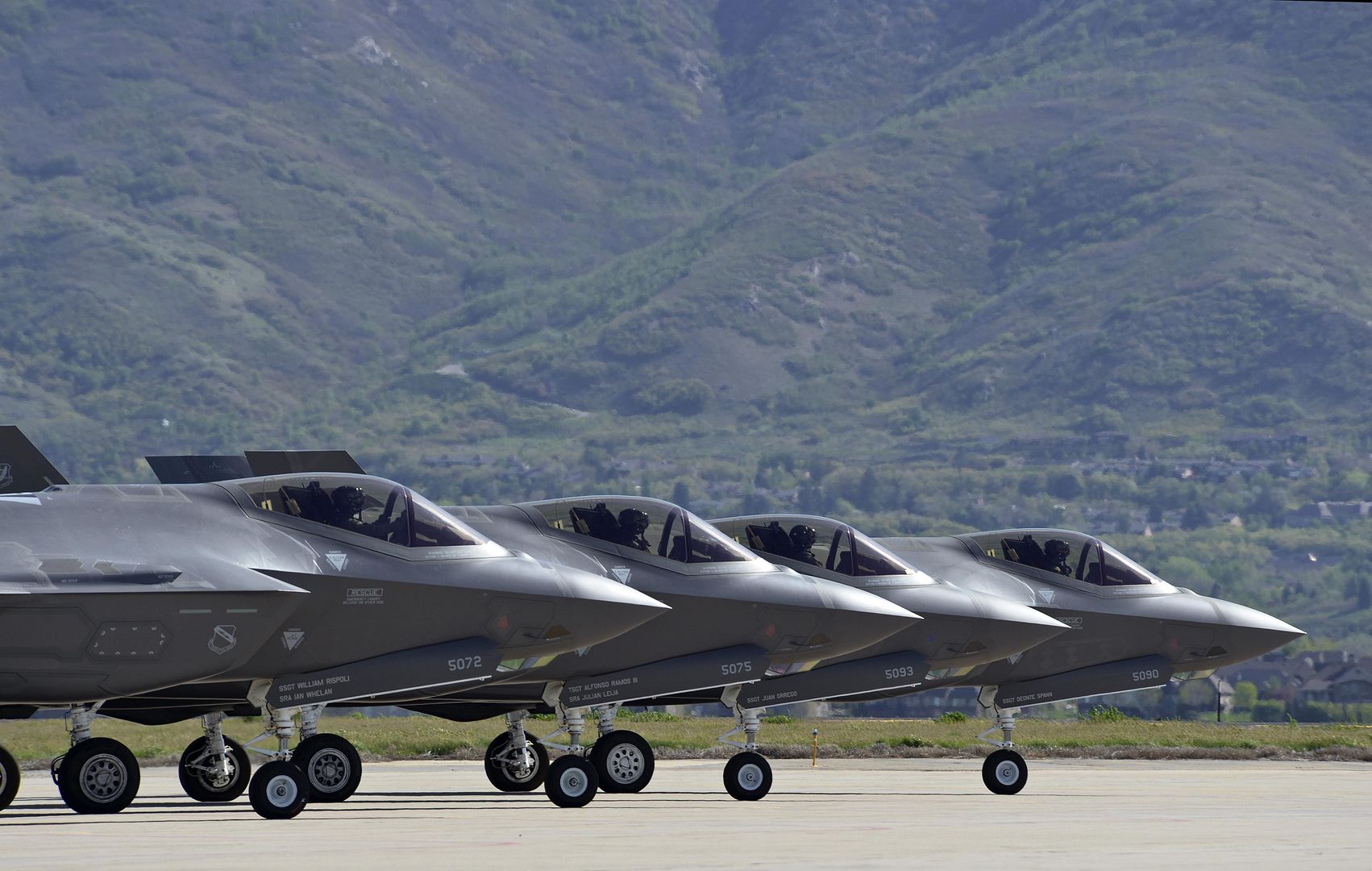
An F/A-18C Hornet assigned to the Wildcats of Strike Fighter Squadron (VFA) 131 makes an arrested landing on the flight deck of the aircraft carrier USS Dwight D. Eisenhower (CVN 69). The ship and its Carrier Strike Group are deployed in support of Operation Inherent Resolve, maritime security operations and theater security cooperation efforts in the U.S. 5th Fleet area of operations. U.S. Navy photo by Mass Communication Specialist 3rd Class Anderson W. Branch (Released)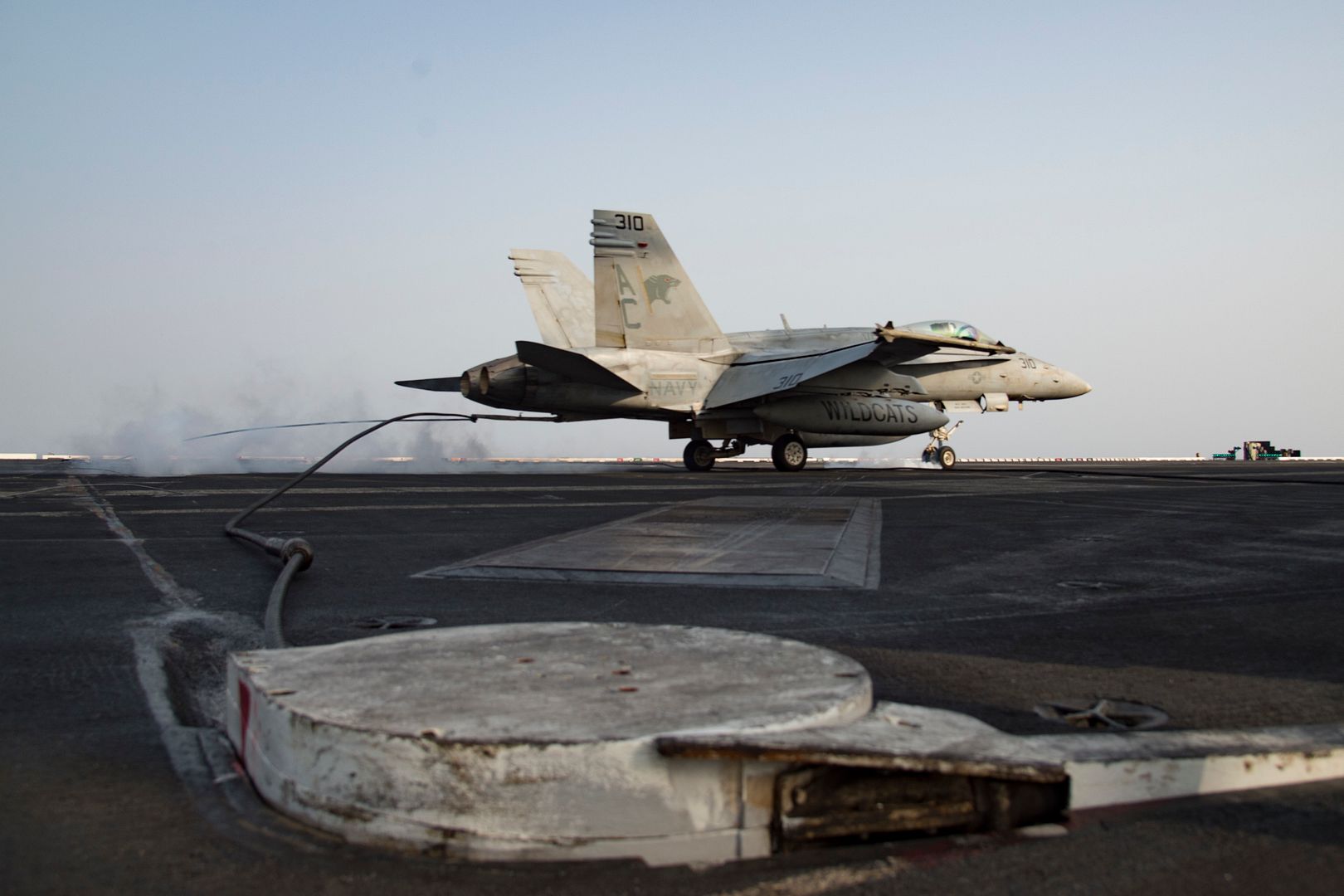
Main Force Arrives In Darwin for Exercise Pitch Black 16.
Over the last two days we welcomed part of the main force for Exercise Pitch Black 16, including the RAAF's F/A-18A/B Hornets and F/A-18F Super Hornets, and a KC-30A Multi Role Tanker Transport. Also arriving was the Royal Thai Air Force, Indonesian Air Force and Republic of Singapore Air Force contingent, bringing their F-16As, F-15, F16MLU and C130H.
Royal Australian Air Force F/A-18A Hornet touches down at RAAF Base Darwin during Exercise Pitch Black 2016.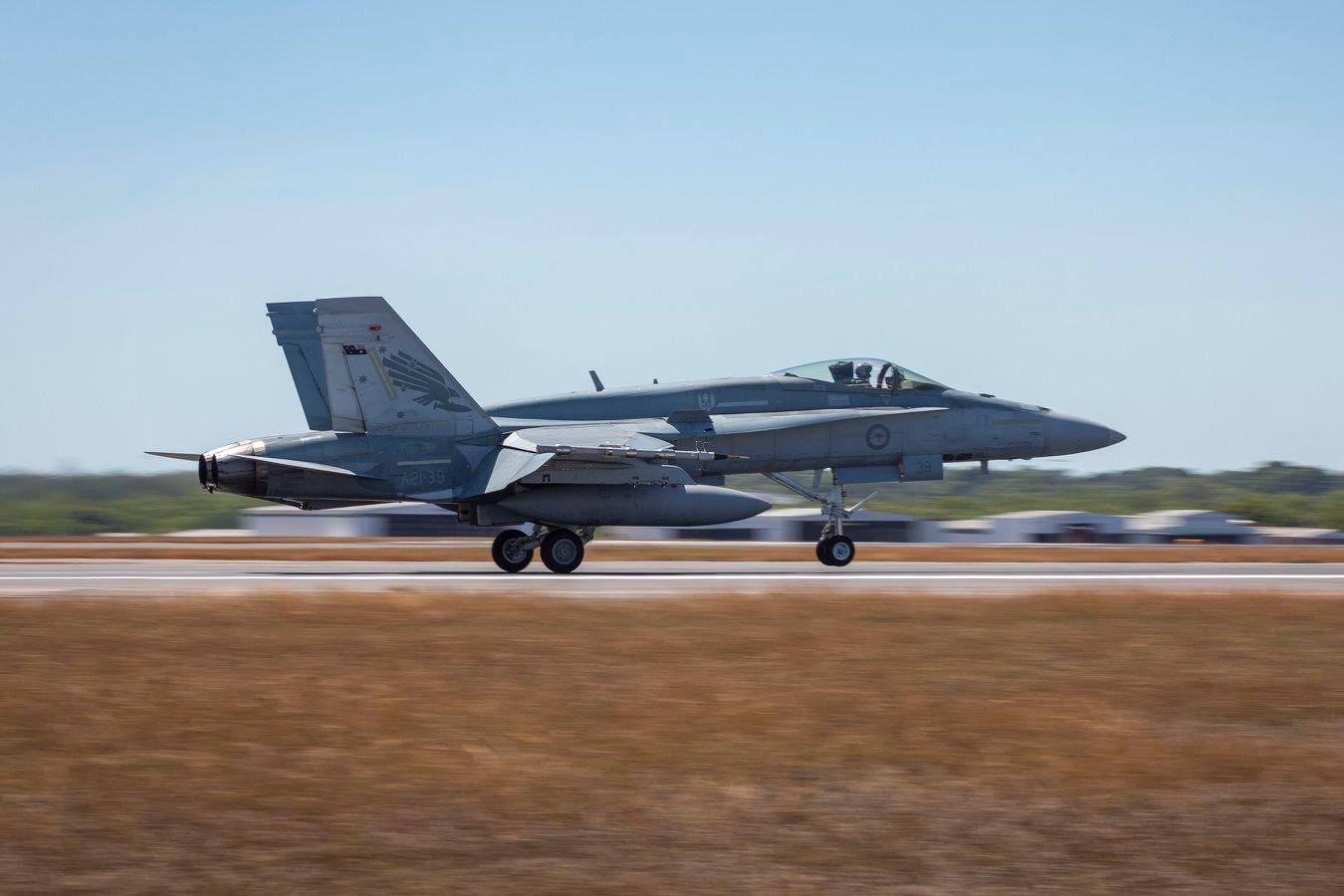
A KC-30A Multi Role Tanker Transport from No 33 Squadron, Royal Australian Air Force comes in to land at RAAF Base Darwin during Exercise Pitch Black 2016.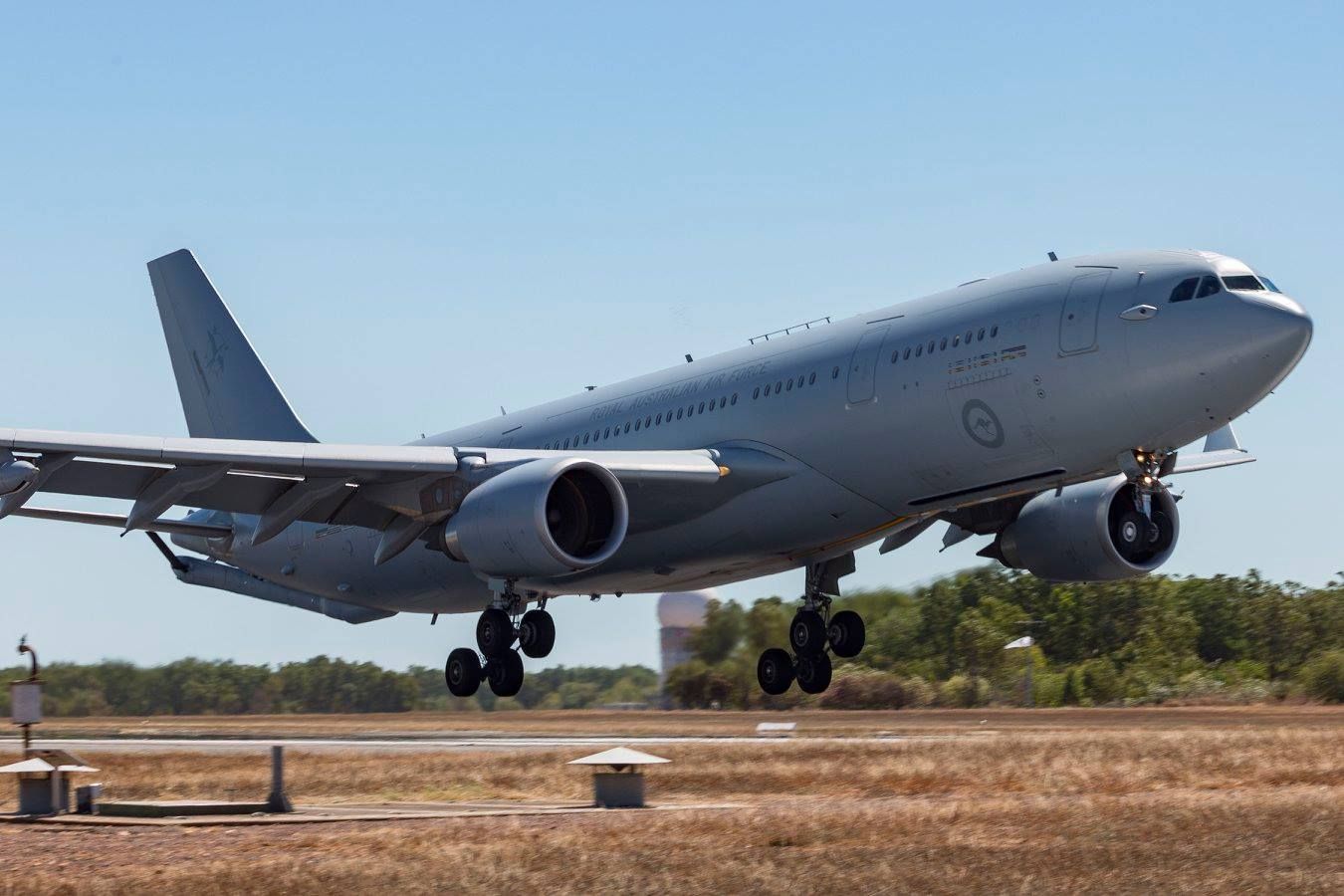
Arrival of Indonesian Air Force F16MLU aircraft at RAAF Base Darwin for Exercise Pitch Black 2016.
Arrival of Royal Thai Air Force F16 aircraft at RAAF Base Darwin for Exercise Pitch Black 2016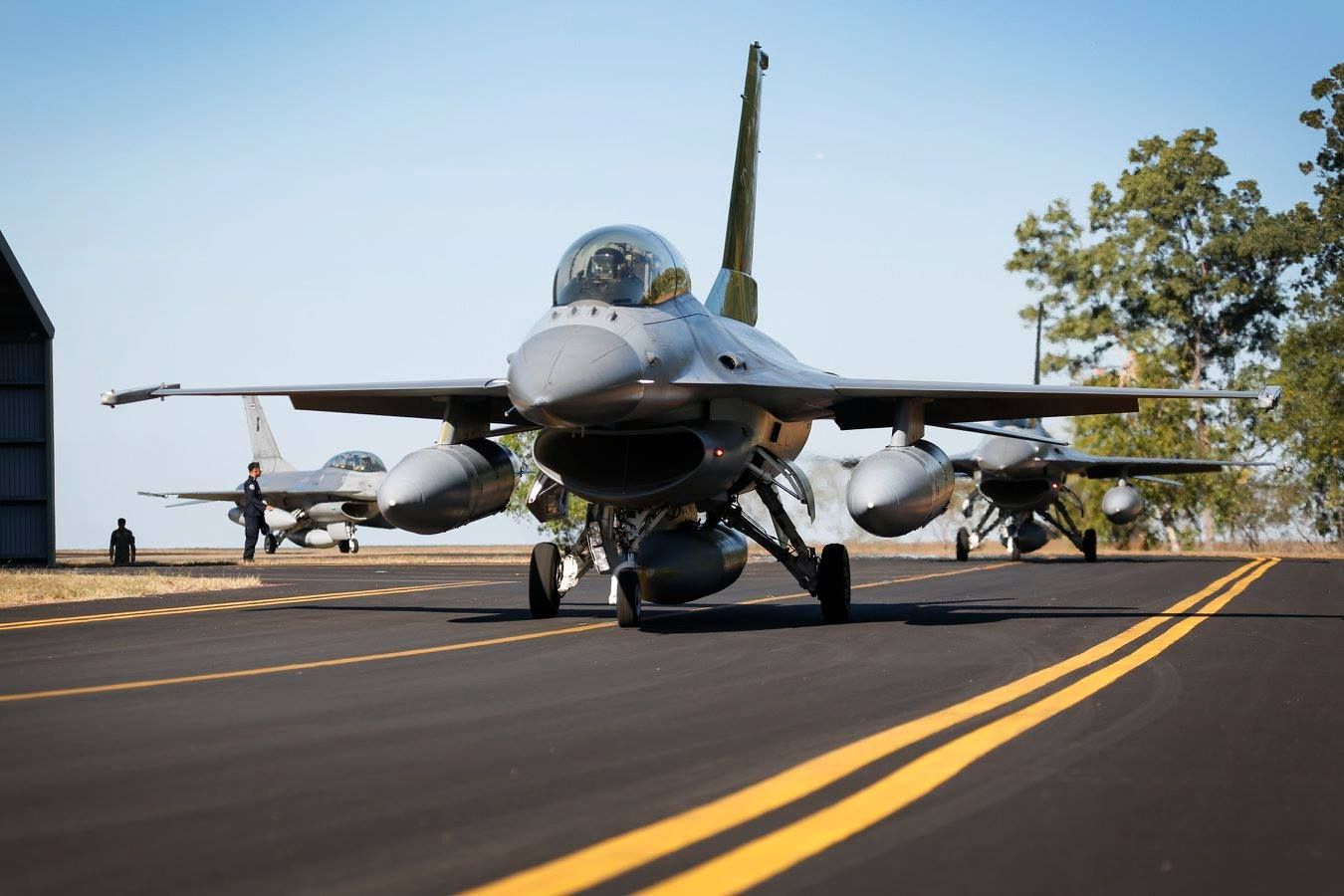
Post a reply
- Go to Previous topic
- Go to Next topic
- Go to Welcome
- Go to Introduce Yourself
- Go to General Discussion
- Go to Screenshots, Images and Videos
- Go to Off topic
- Go to Works in Progress
- Go to Skinning Tips / Tutorials
- Go to Skin Requests
- Go to IJAAF Library
- Go to Luftwaffe Library
- Go to RAF Library
- Go to USAAF / USN Library
- Go to Misc Library
- Go to The Ops Room
- Go to Made in Germany
- Go to Campaigns and Missions
- Go to Works in Progress
- Go to Juri's Air-Raid Shelter
- Go to Campaigns and Missions
- Go to Works in Progress
- Go to Skinpacks
- Go to External Projects Discussion
- Go to Books & Resources
